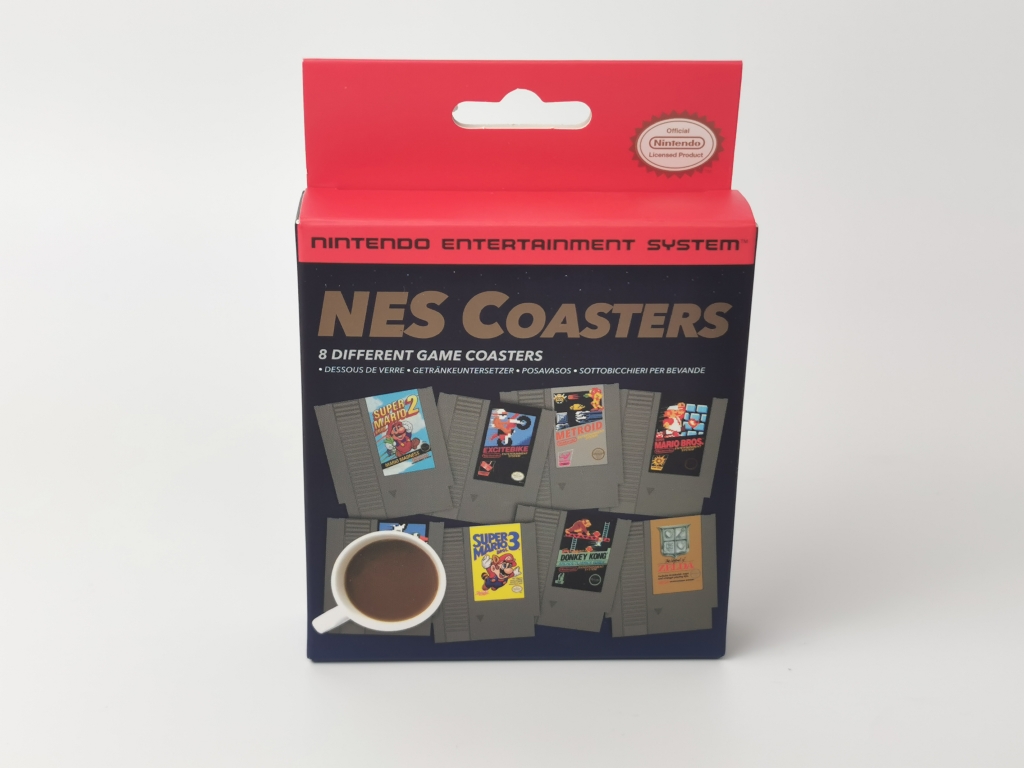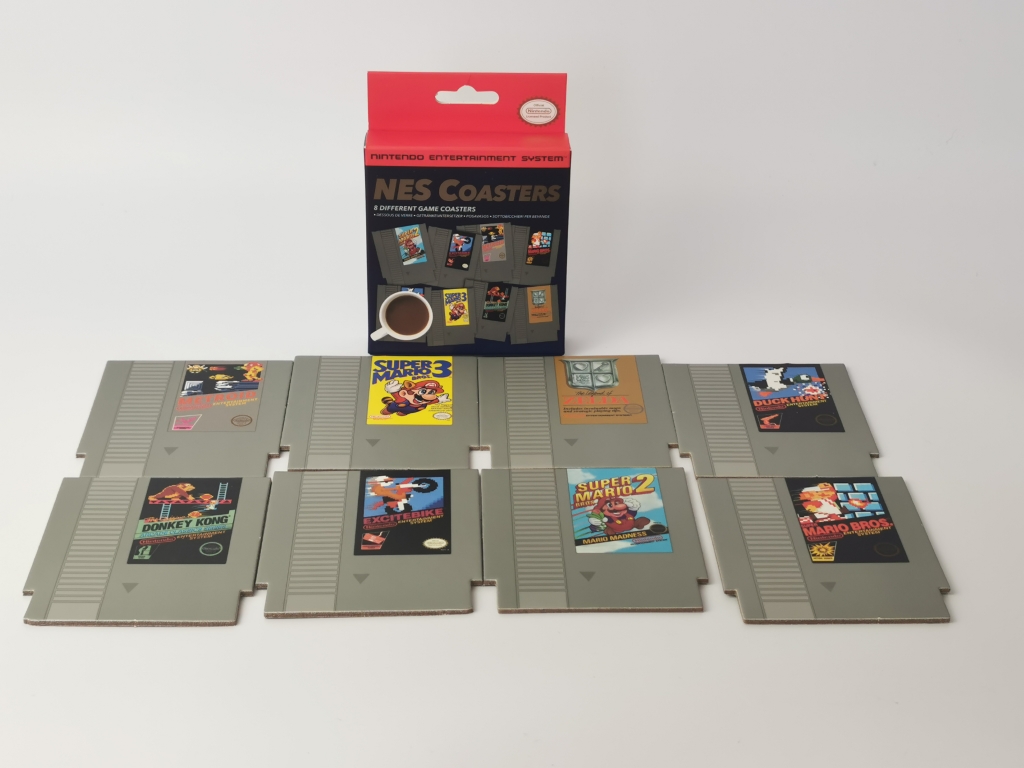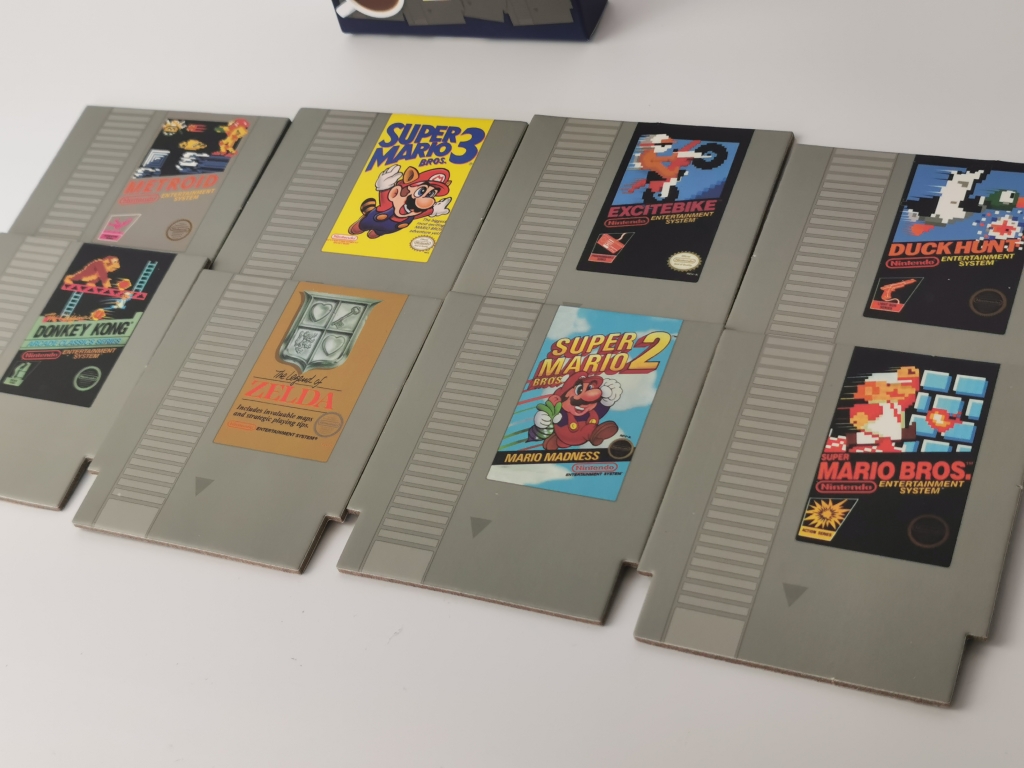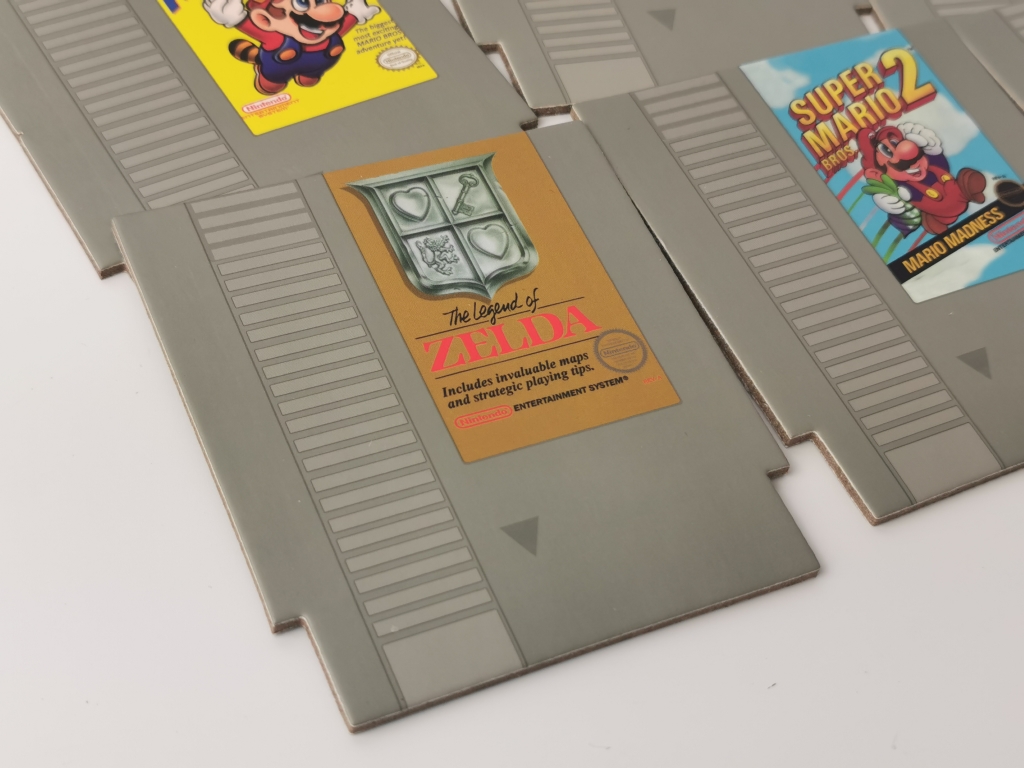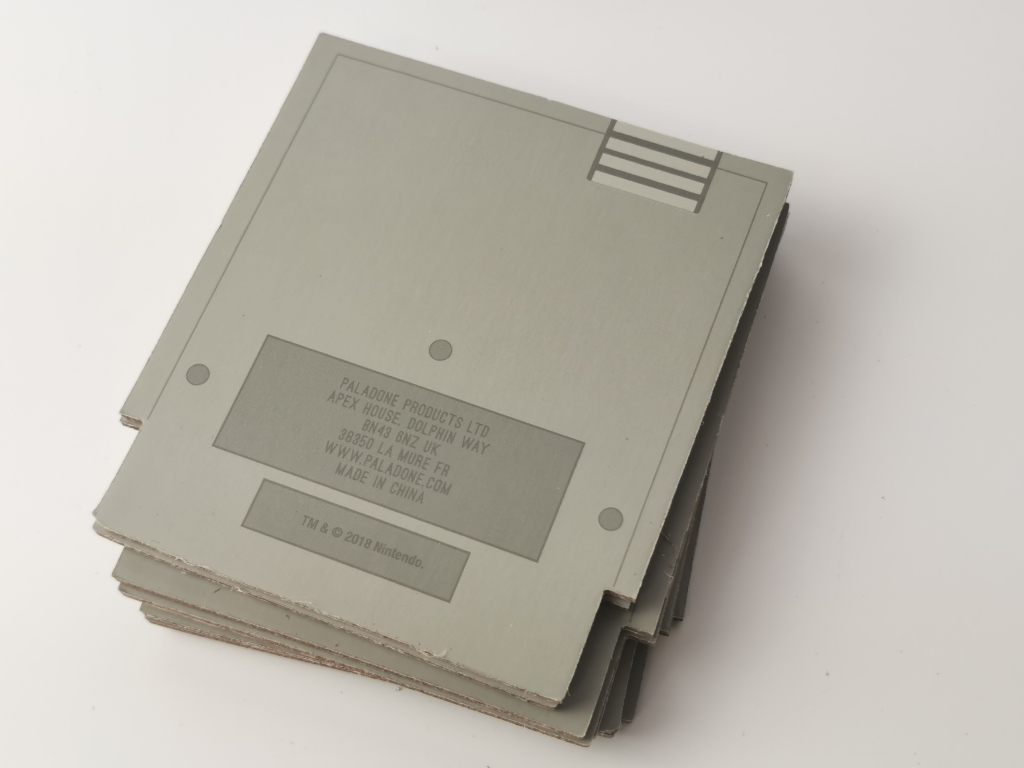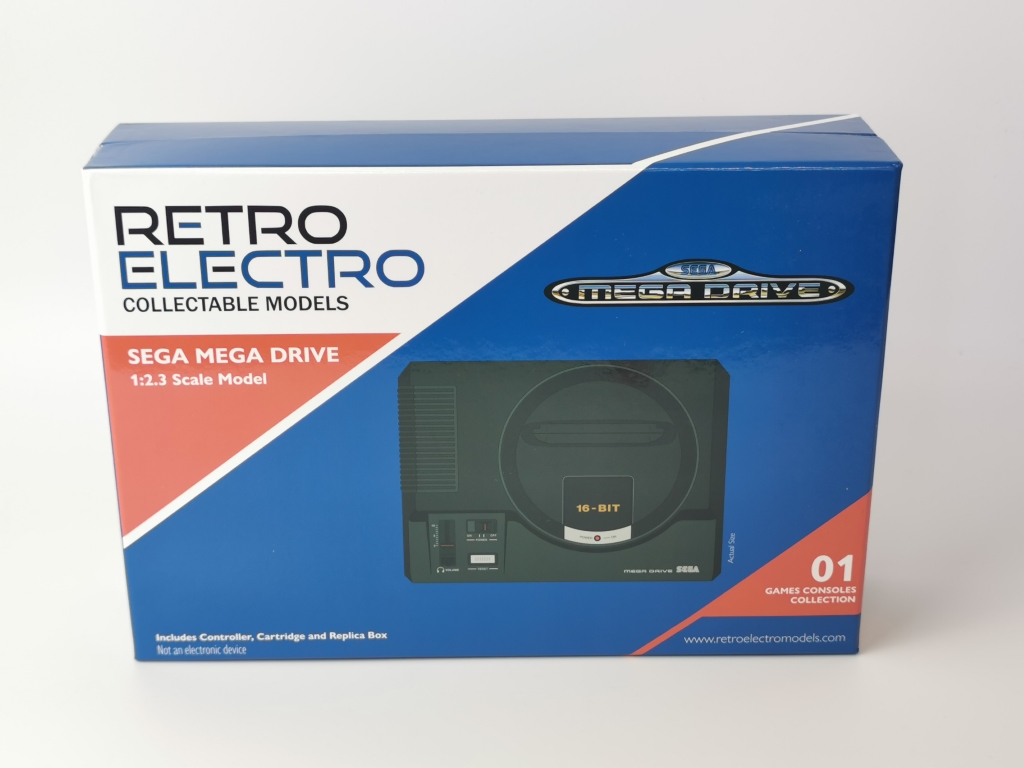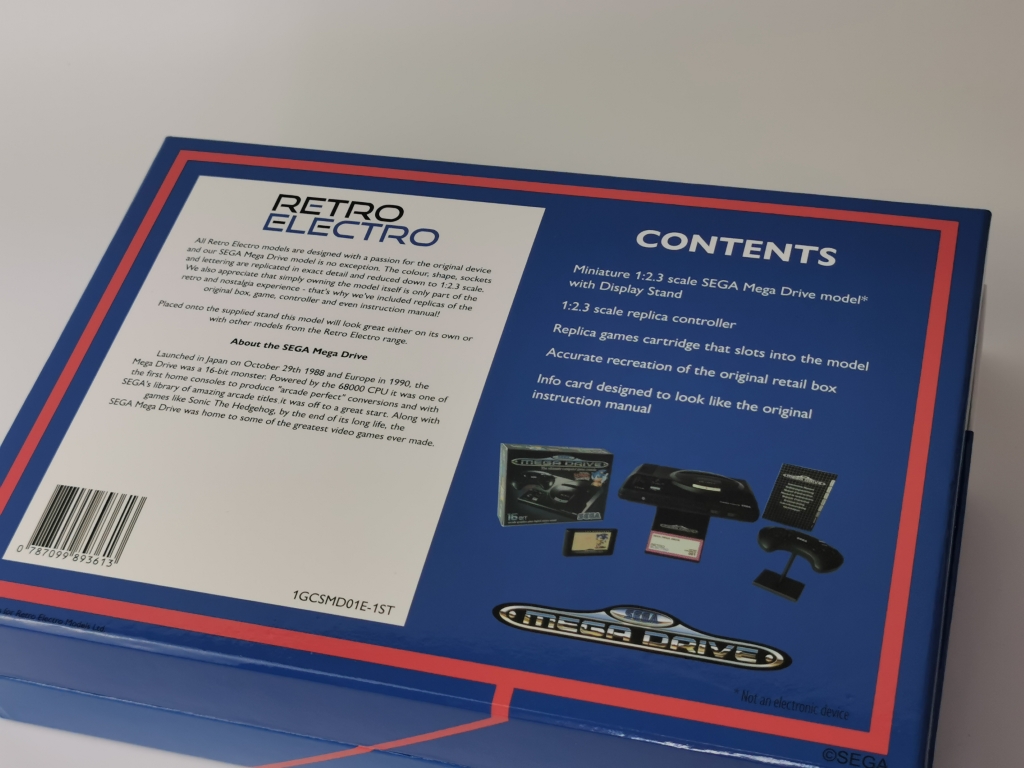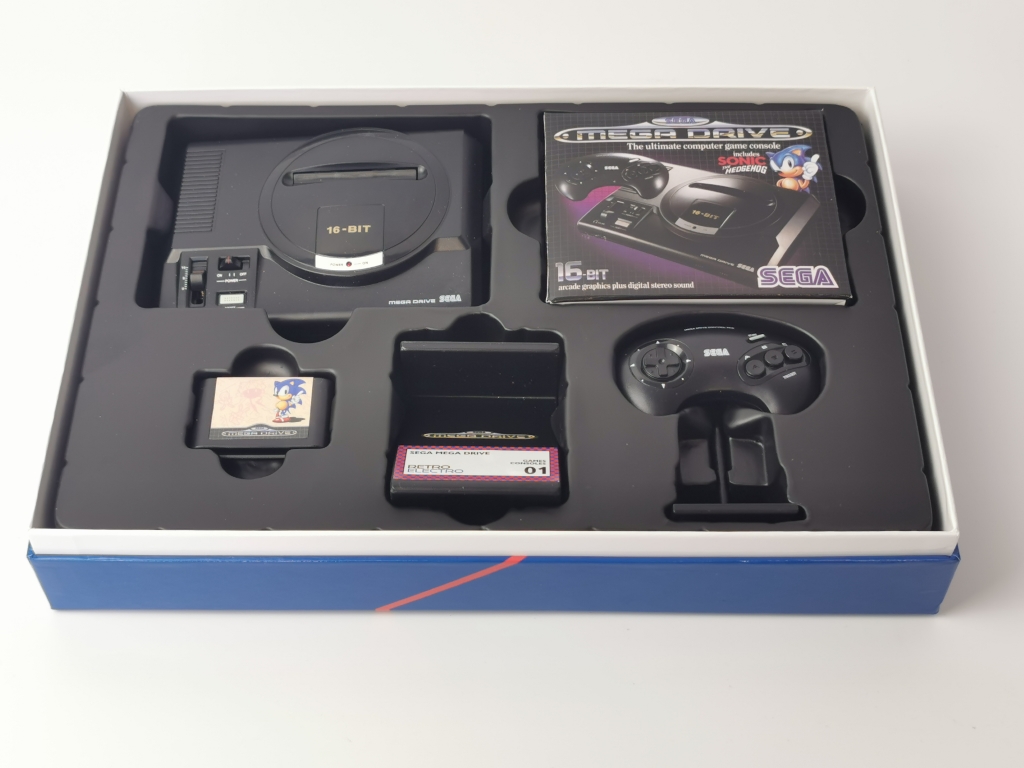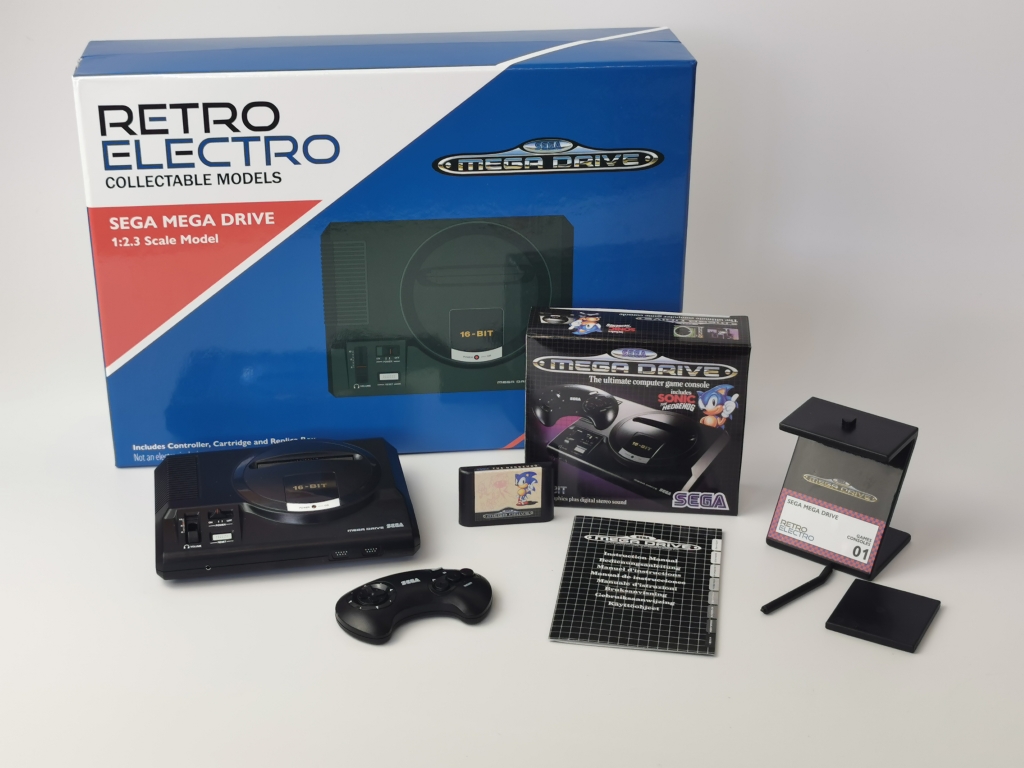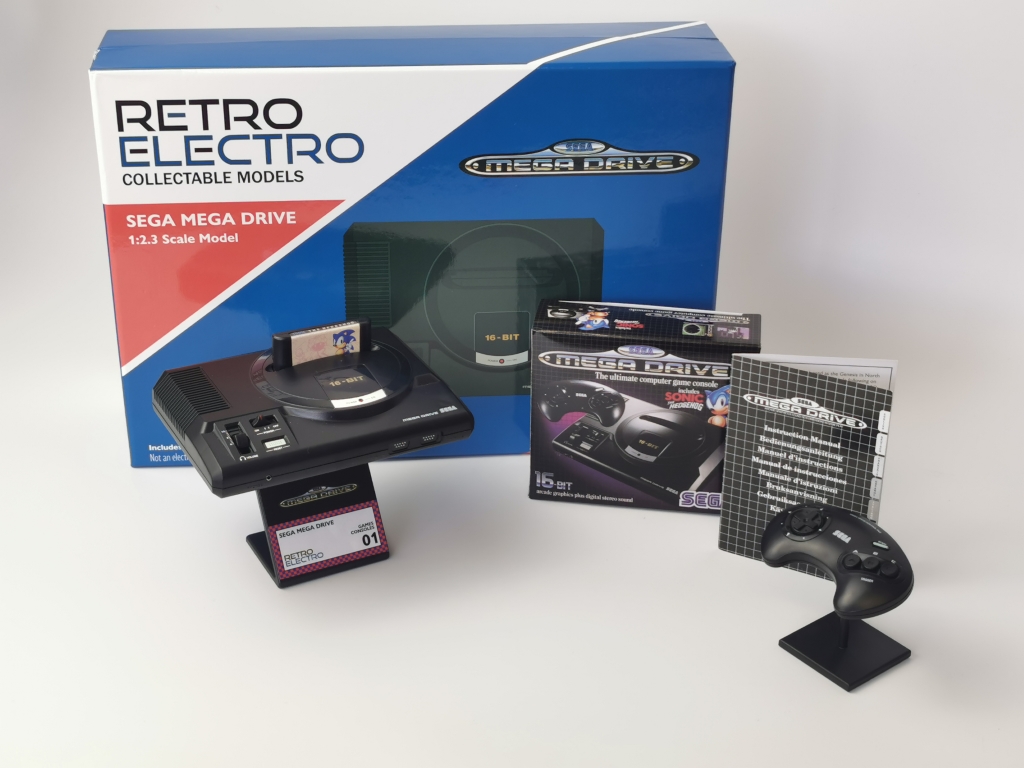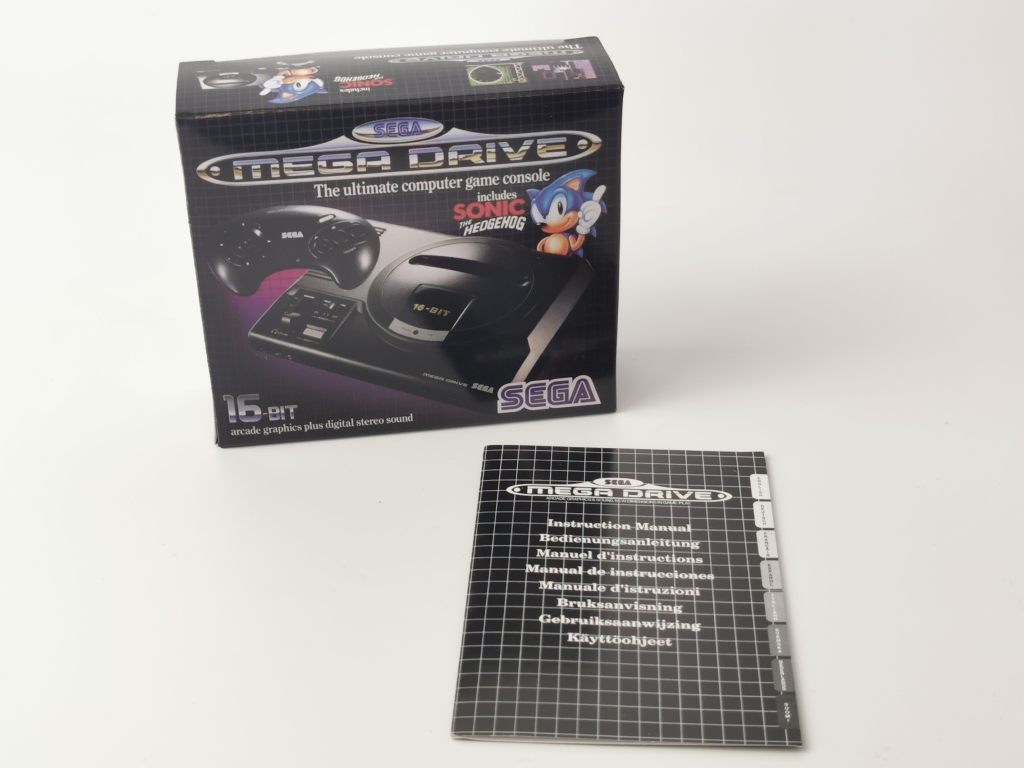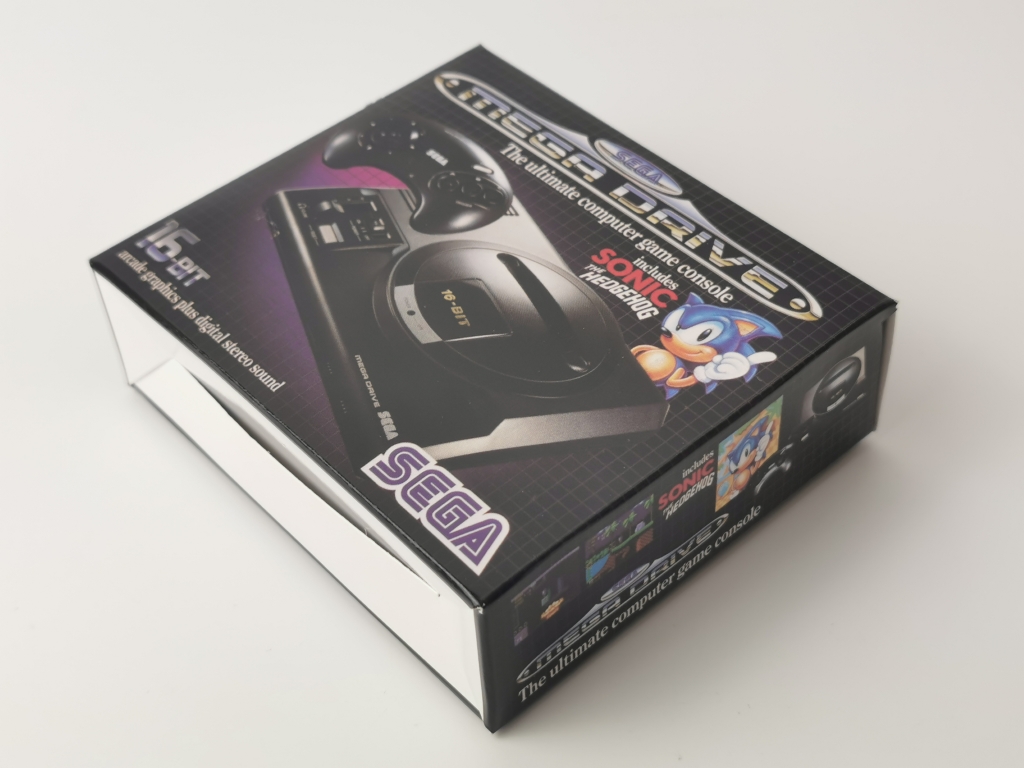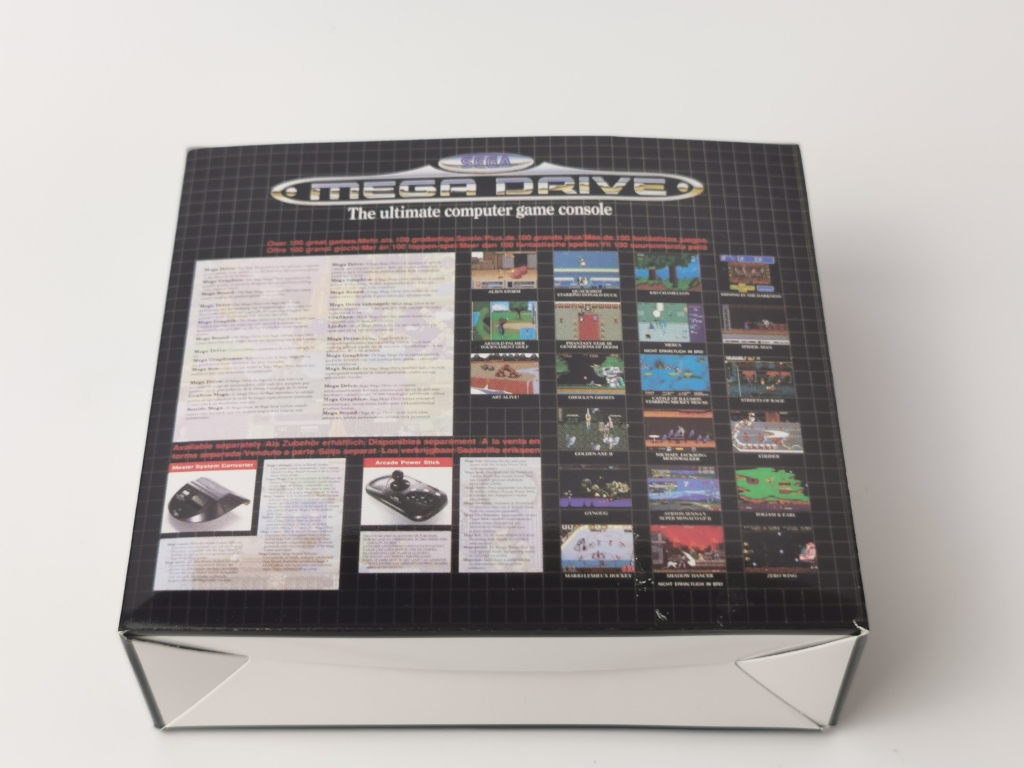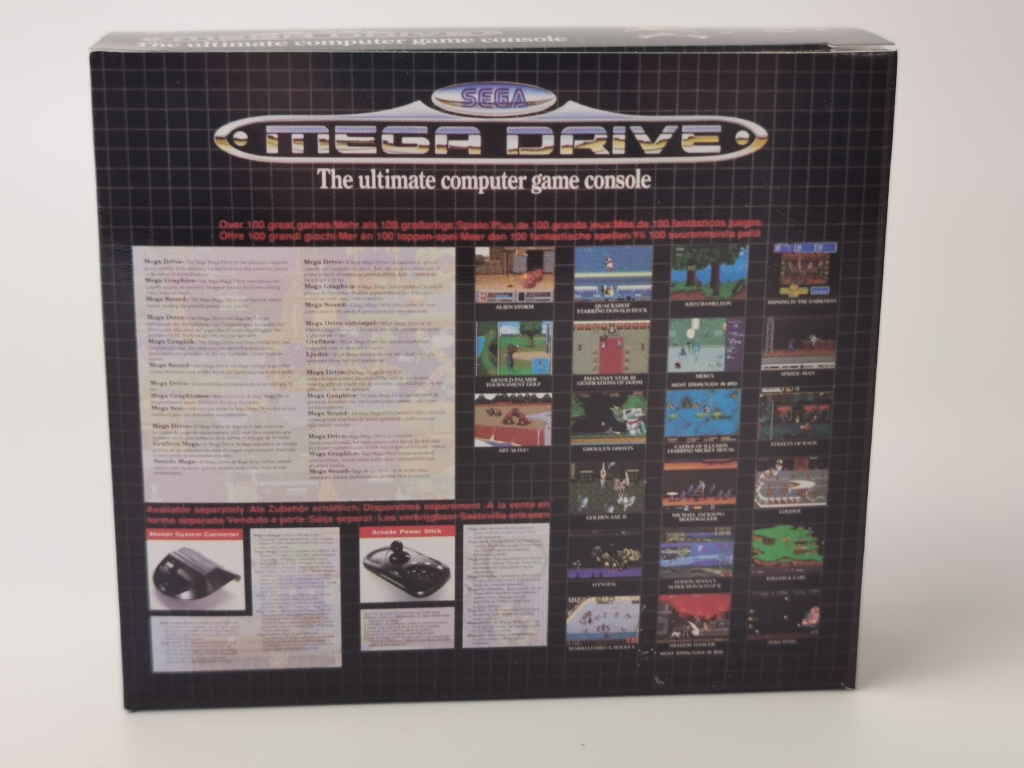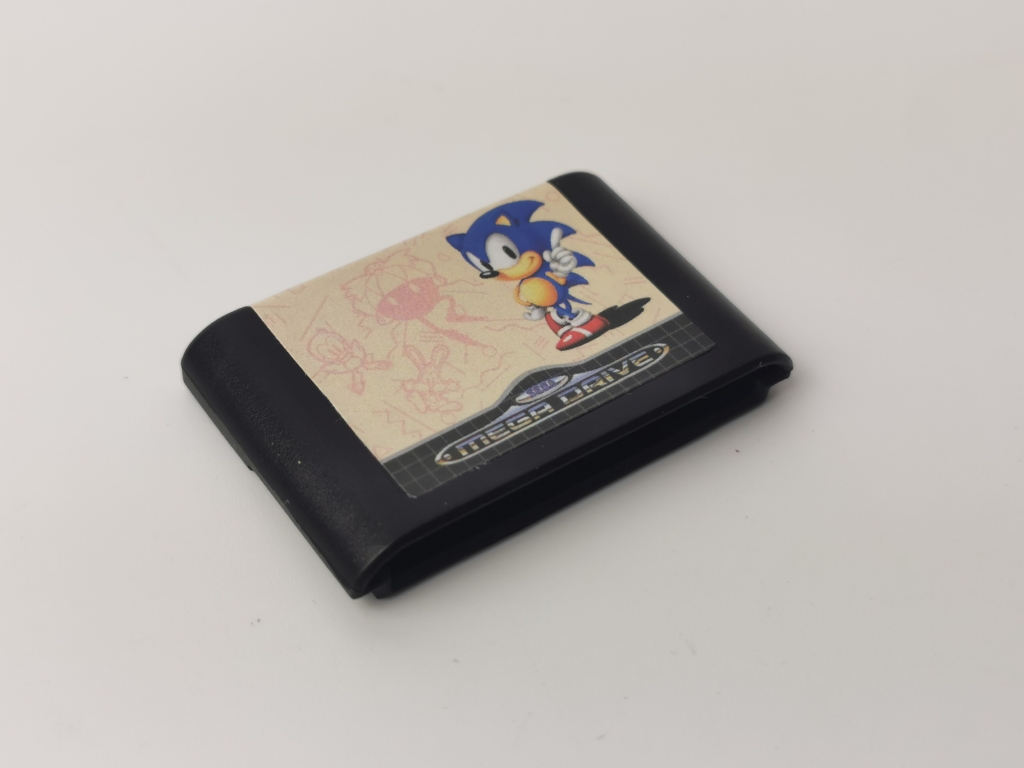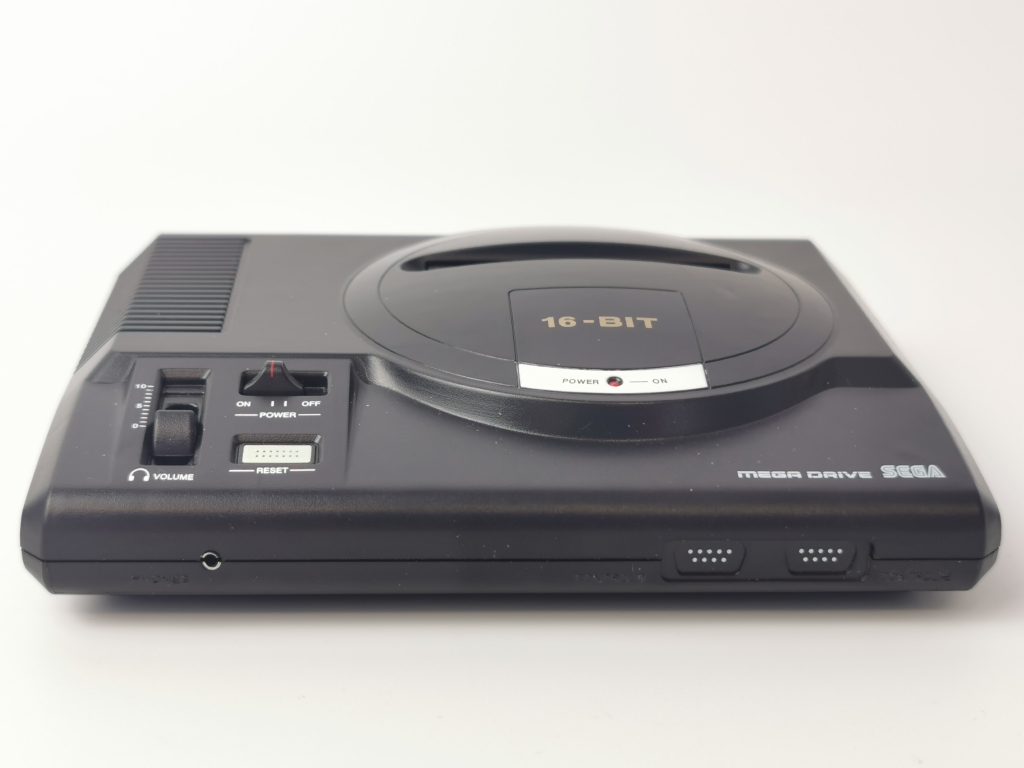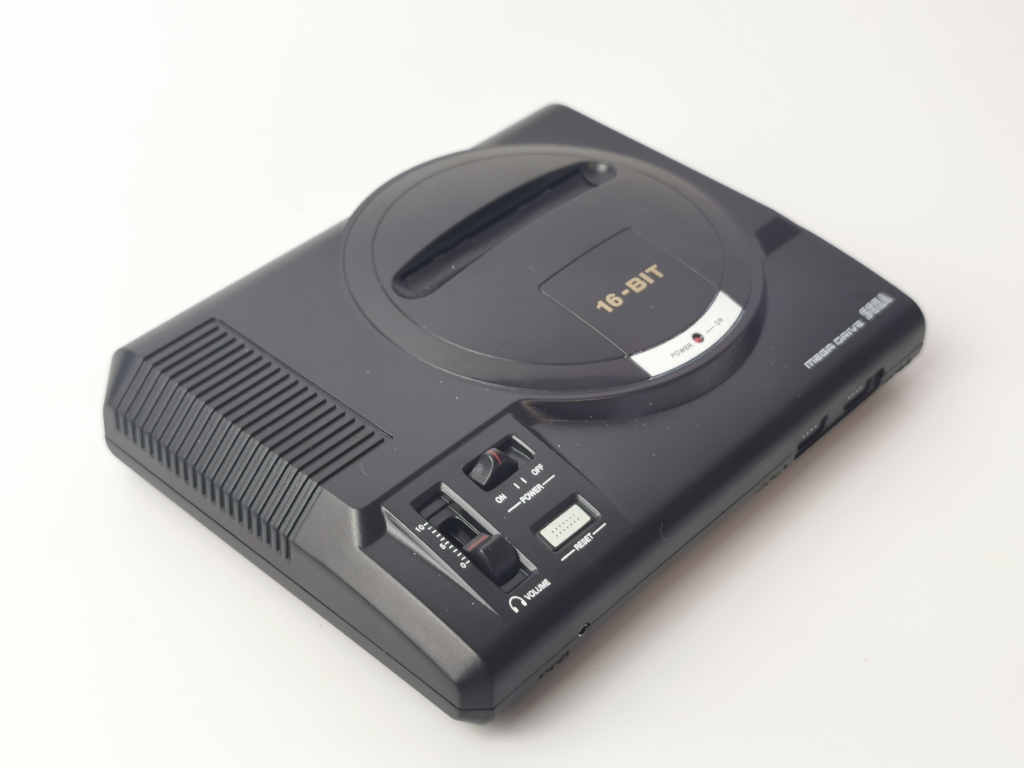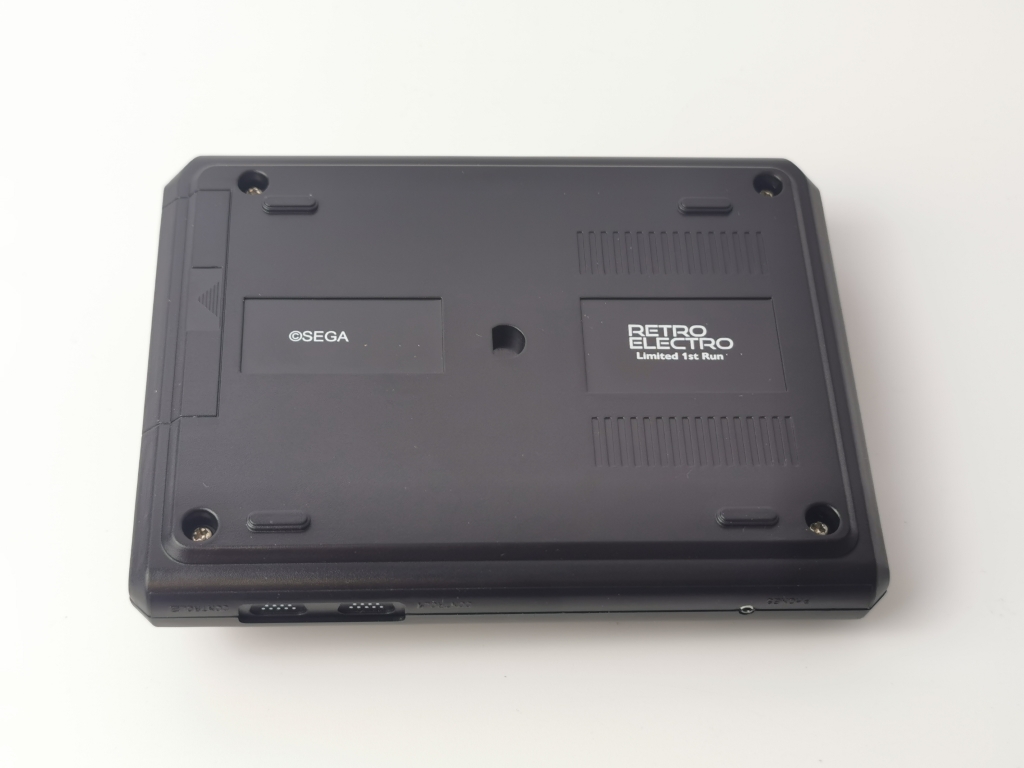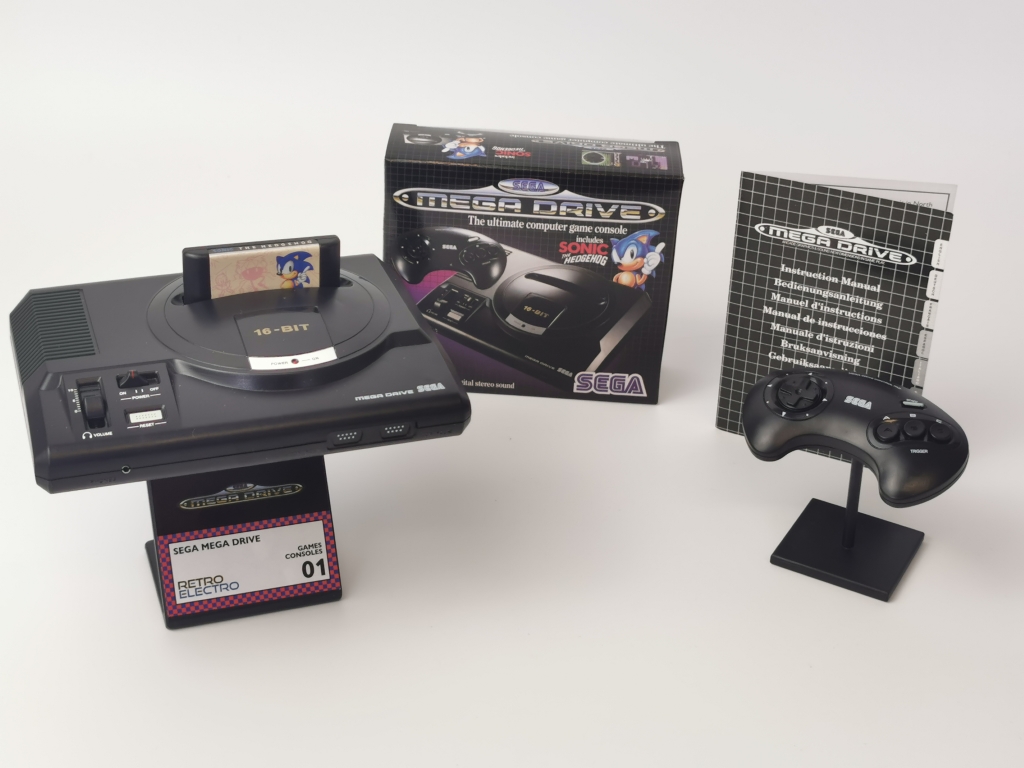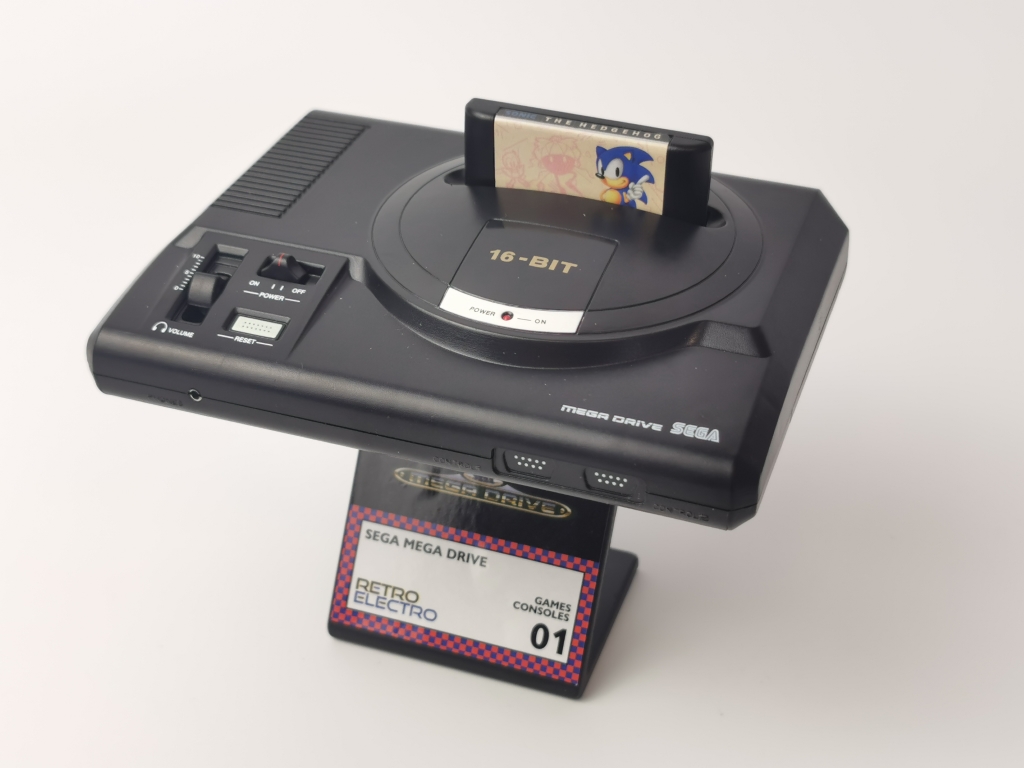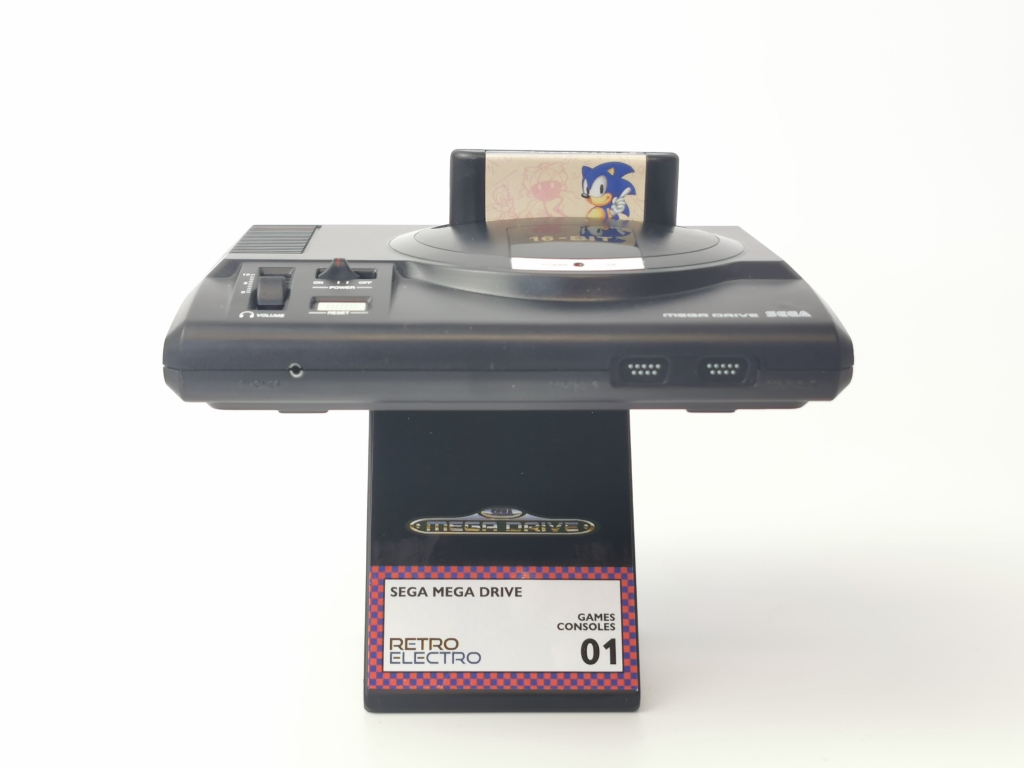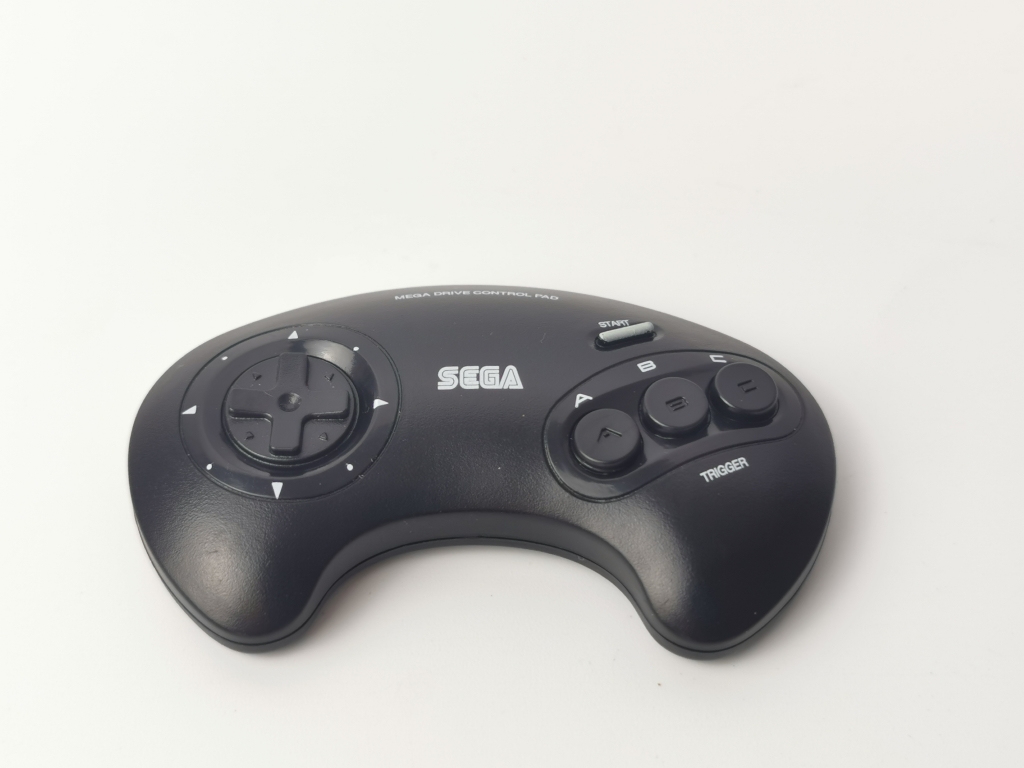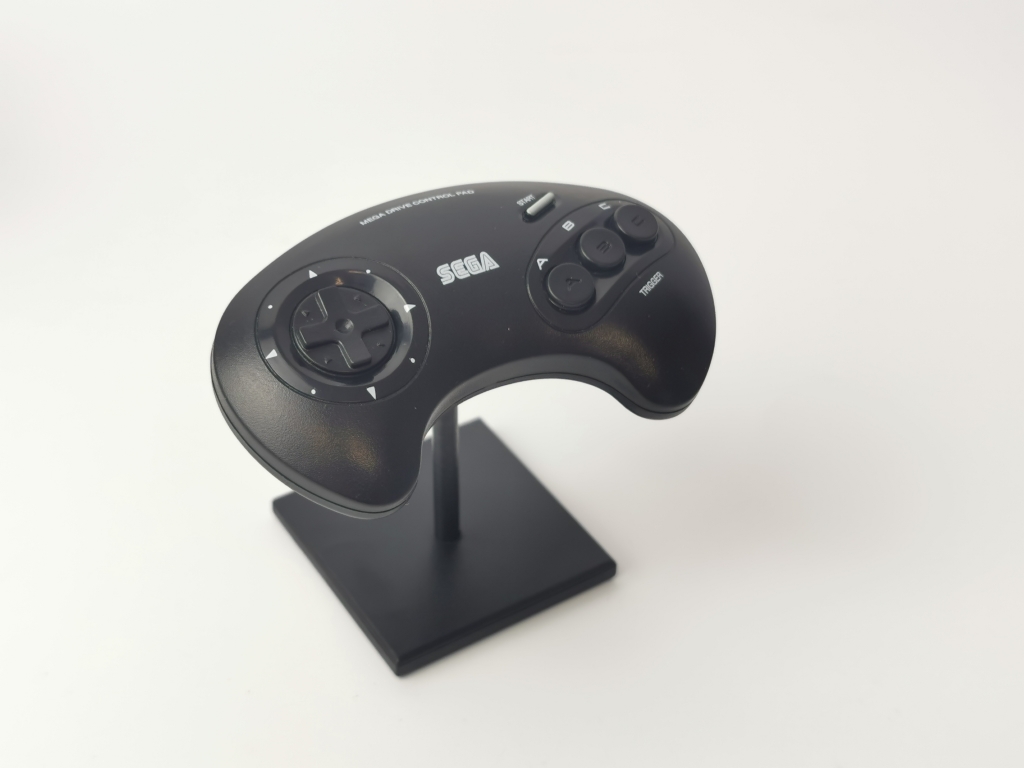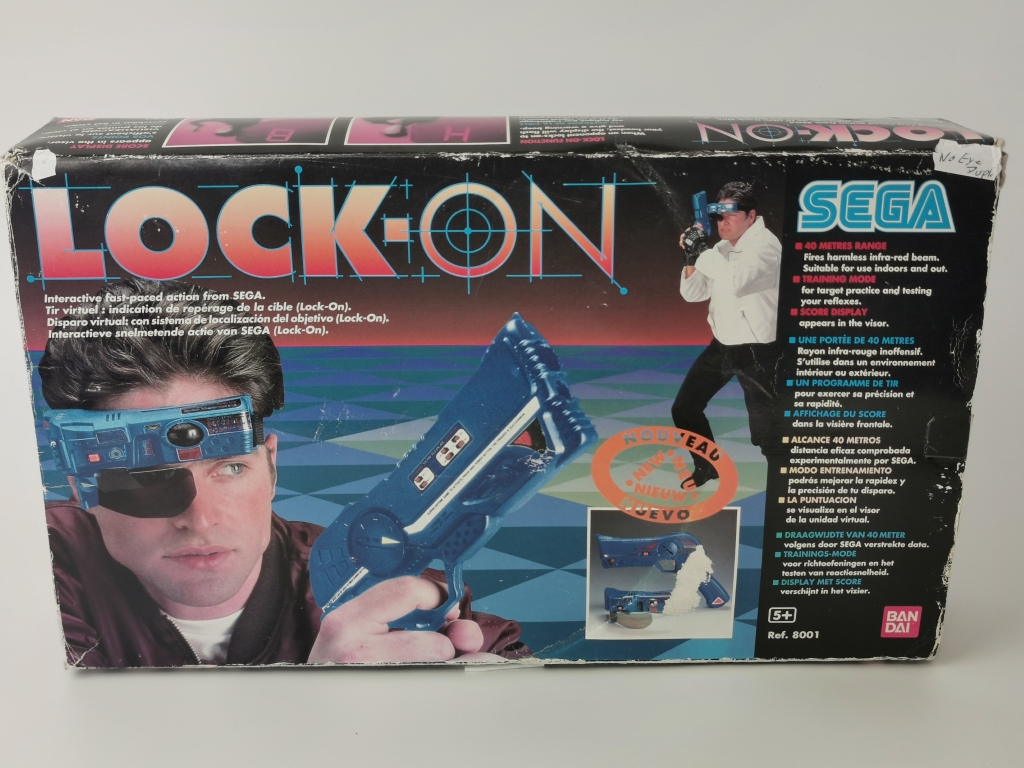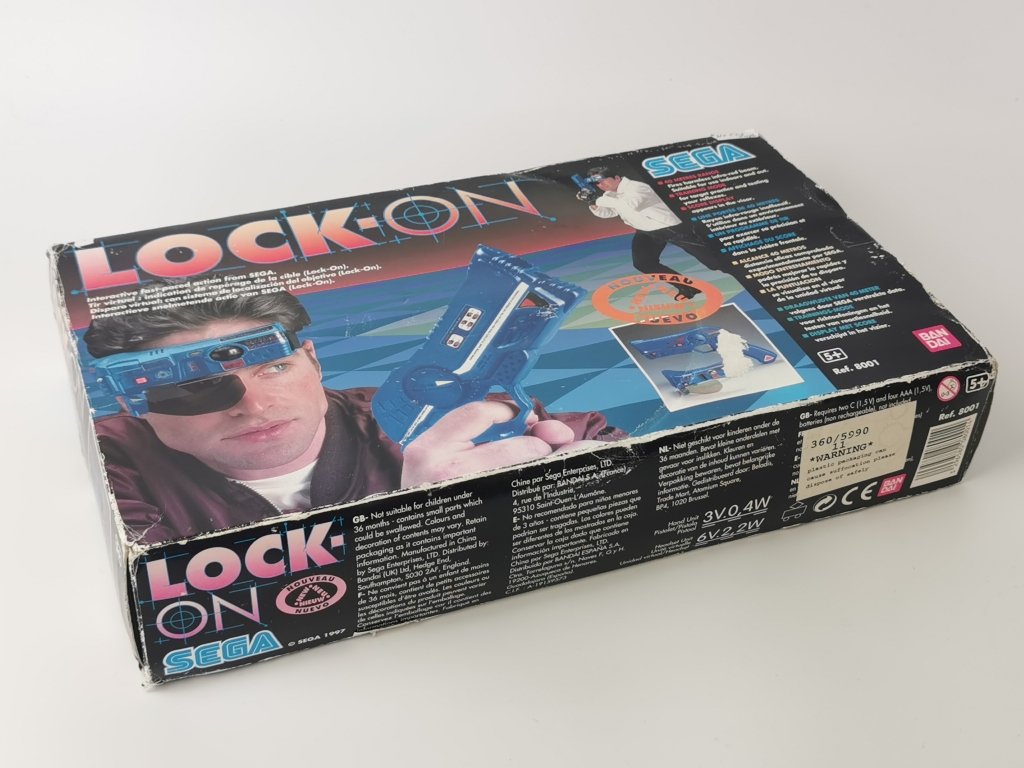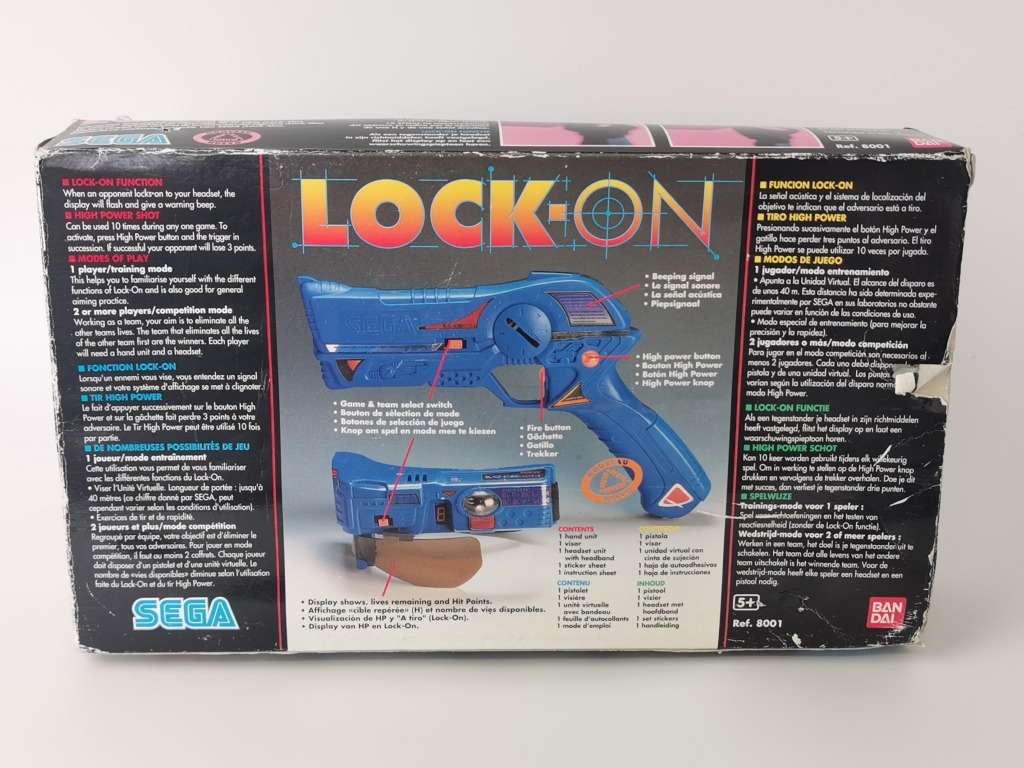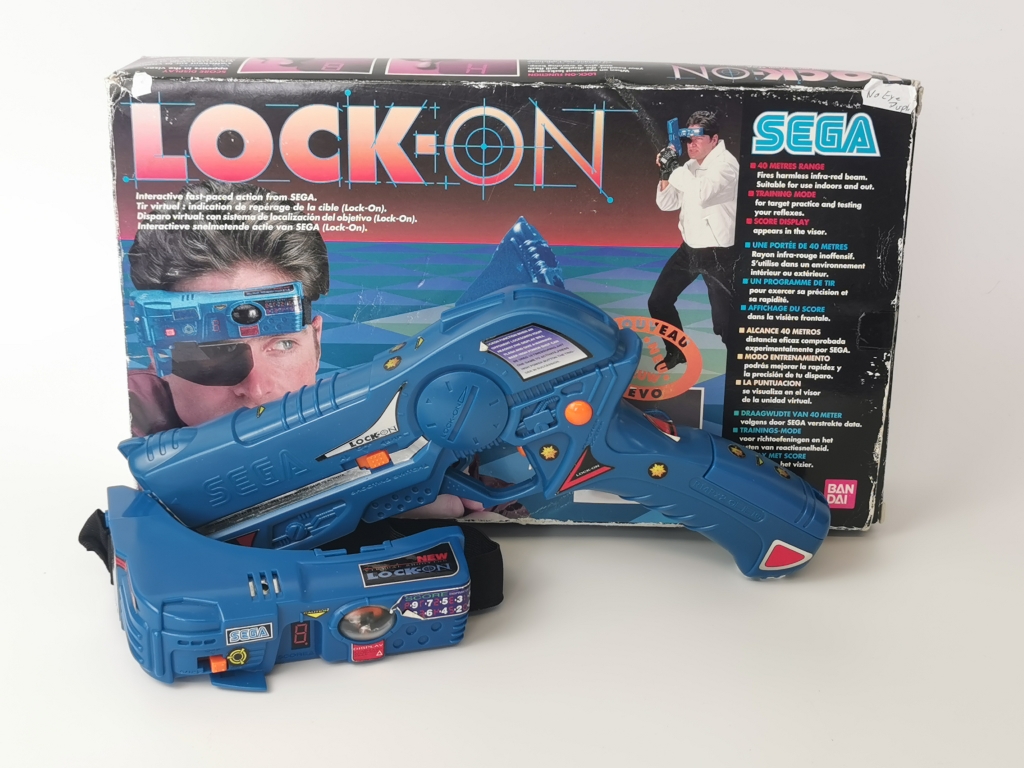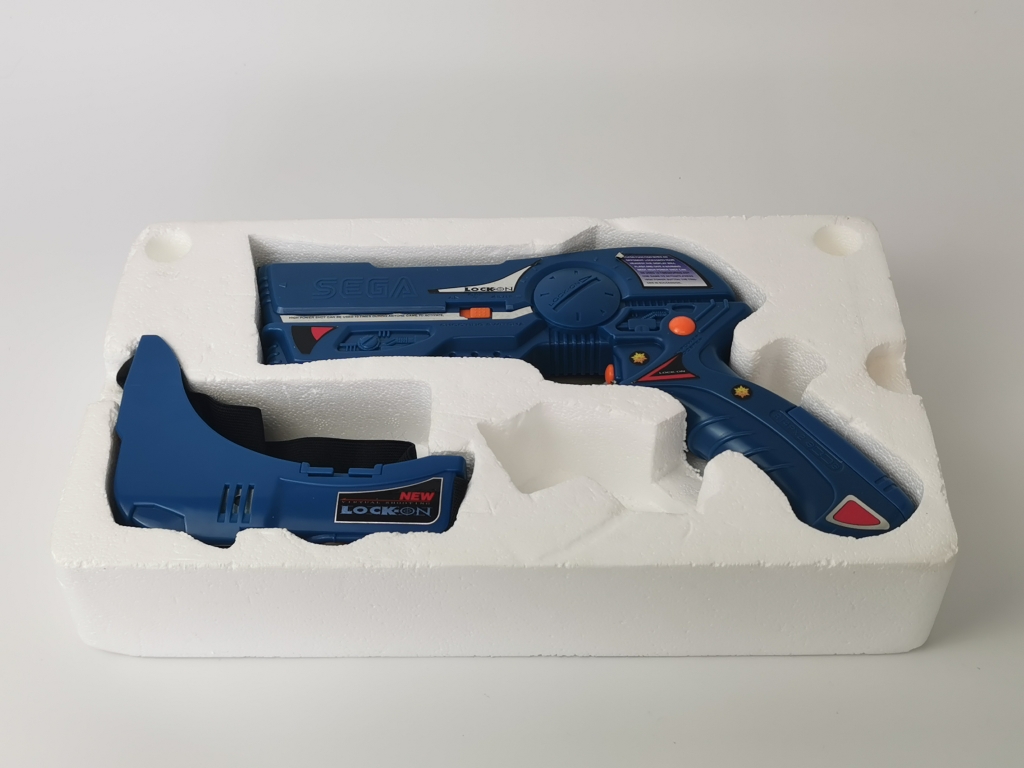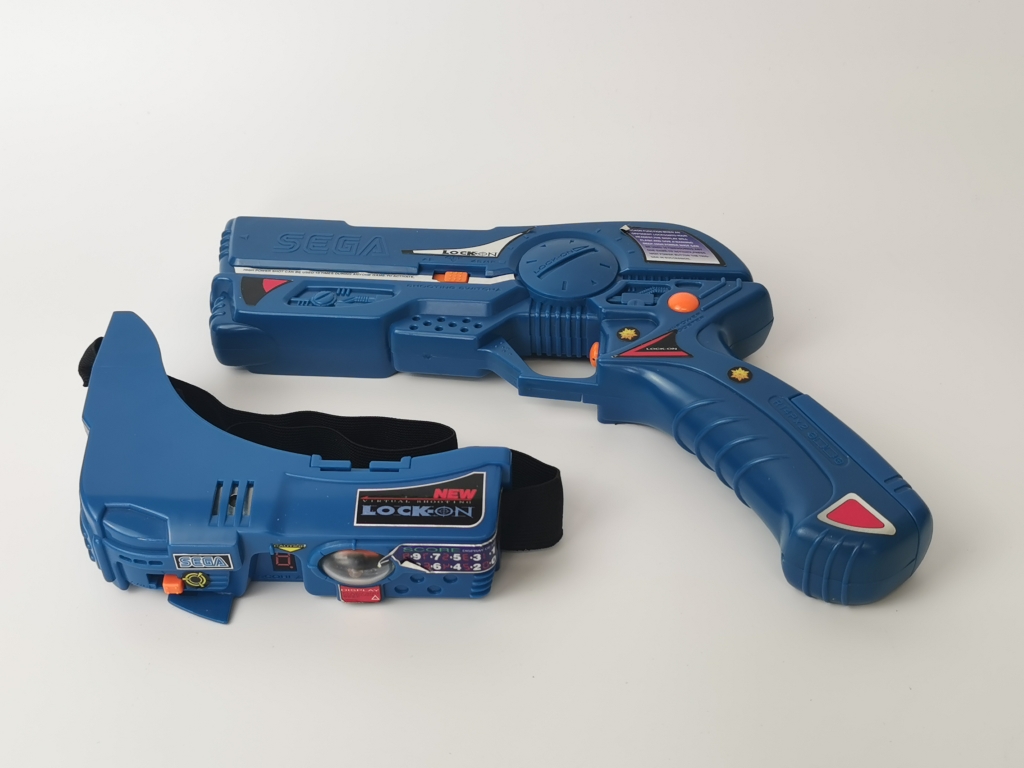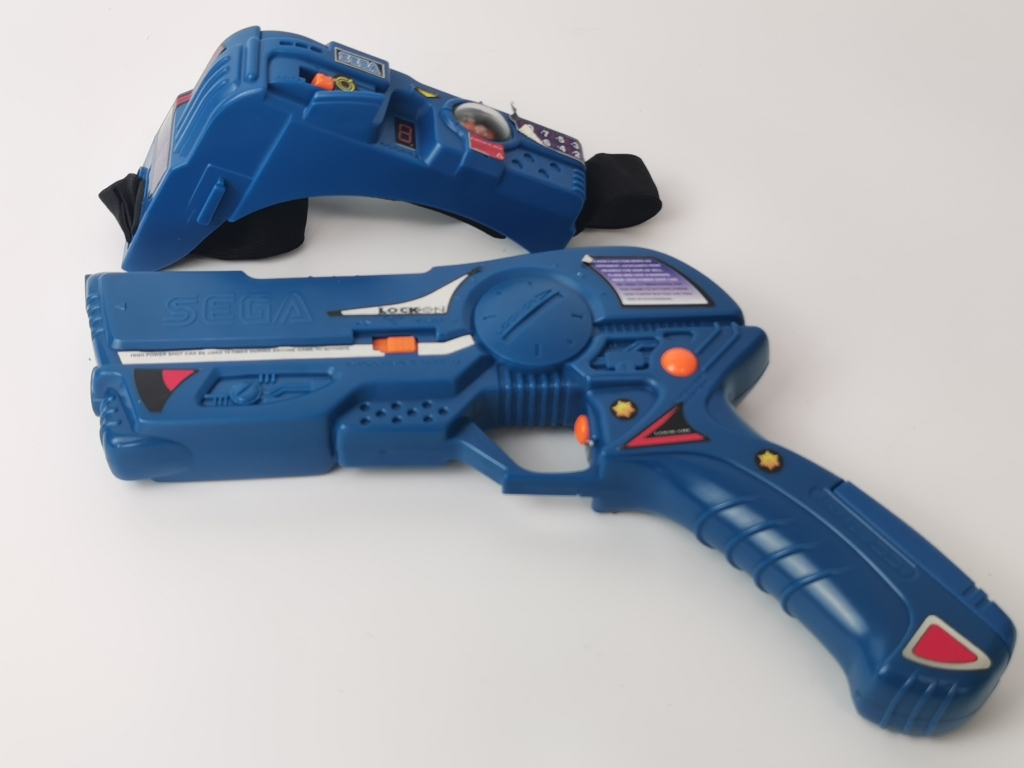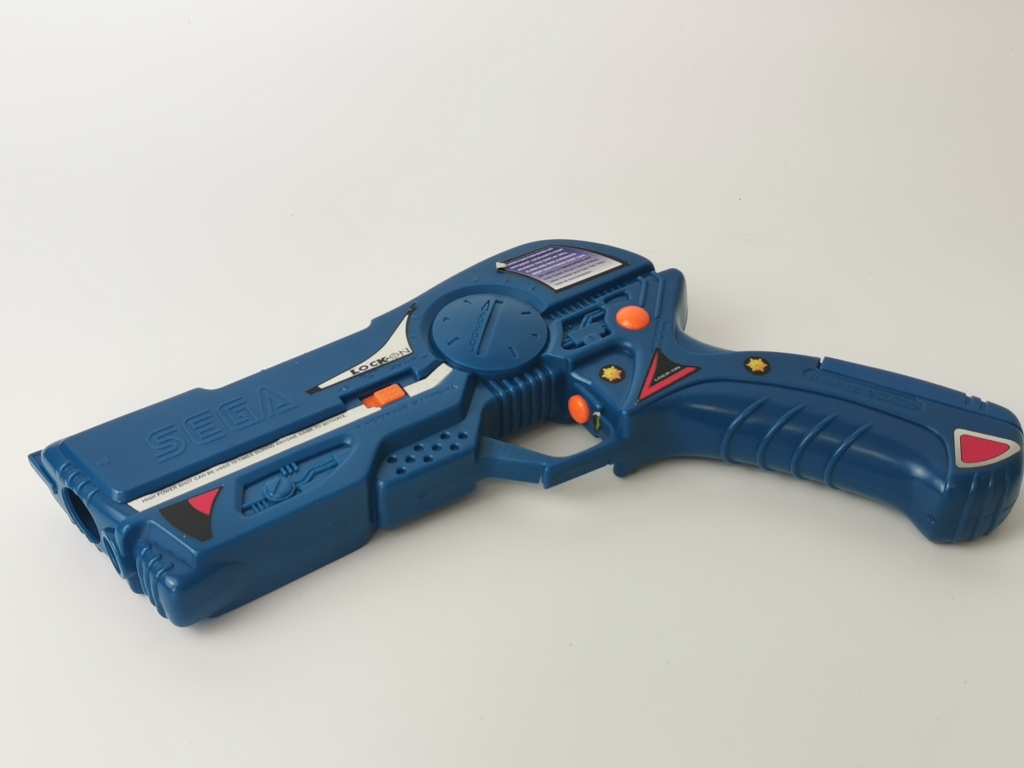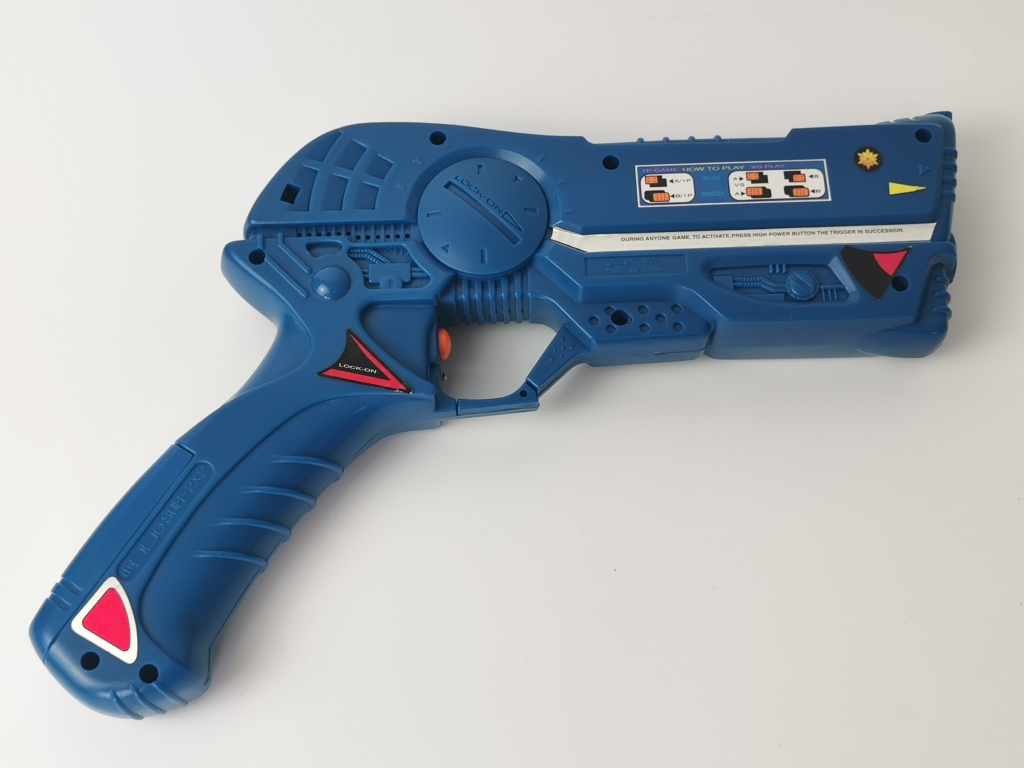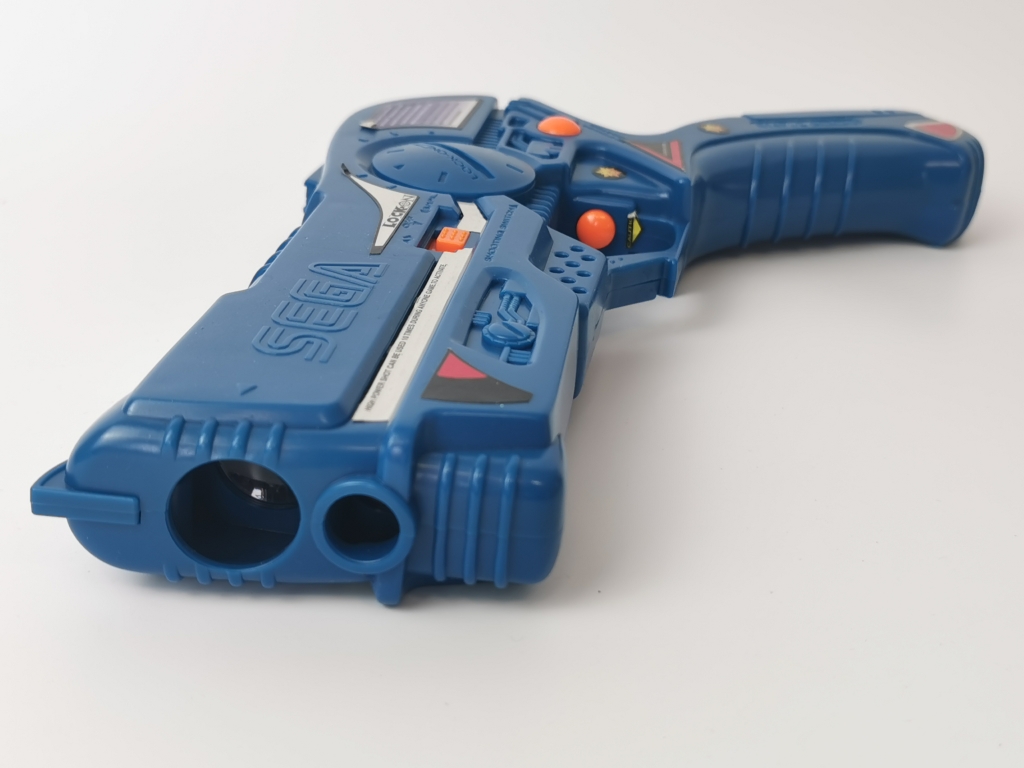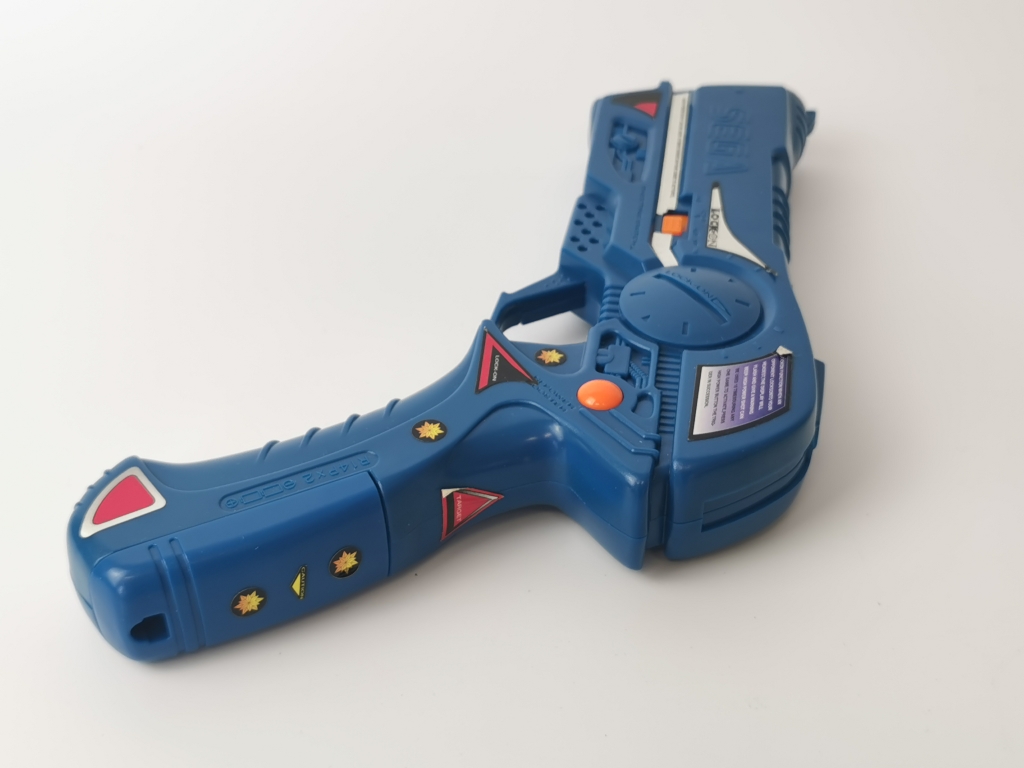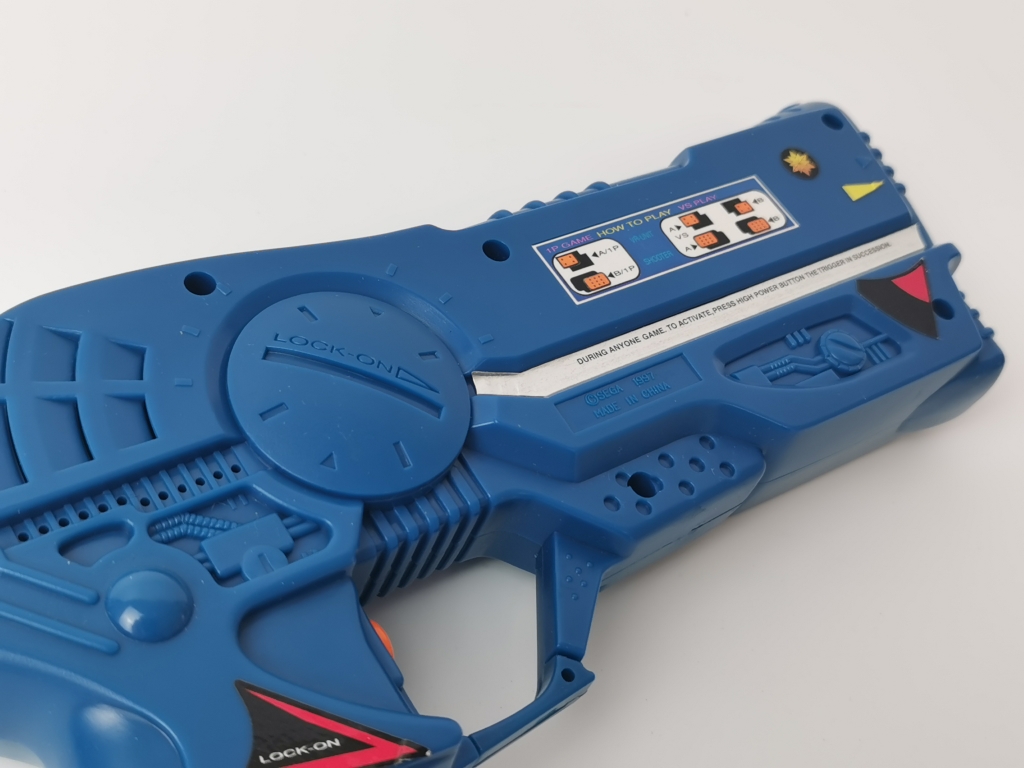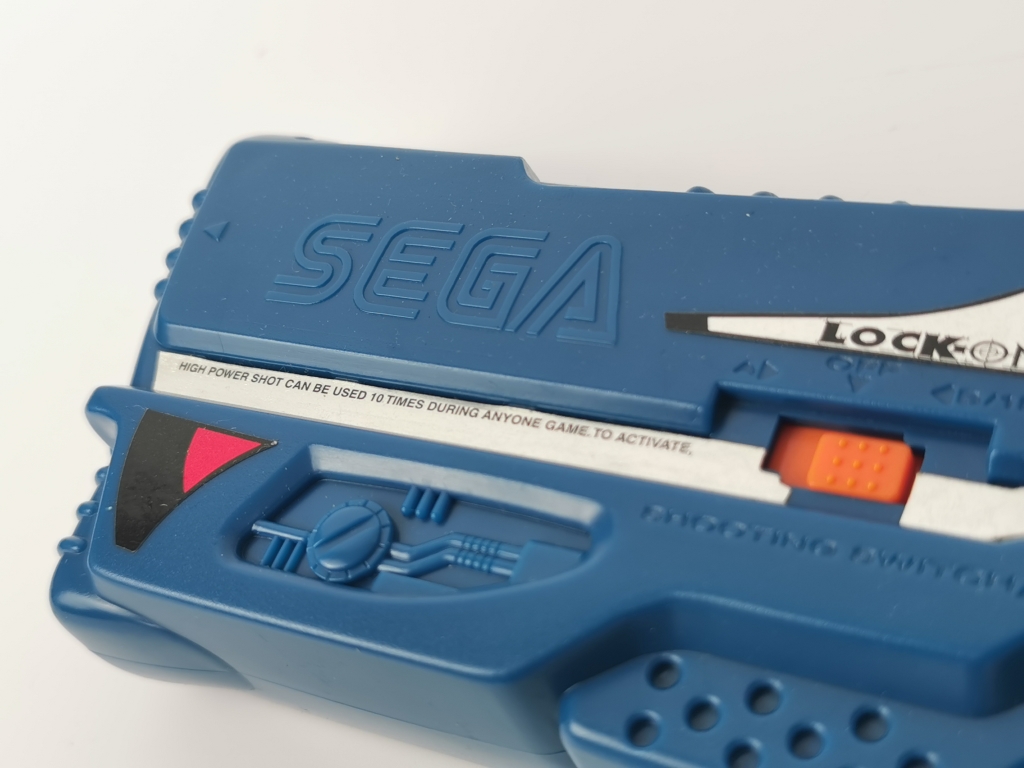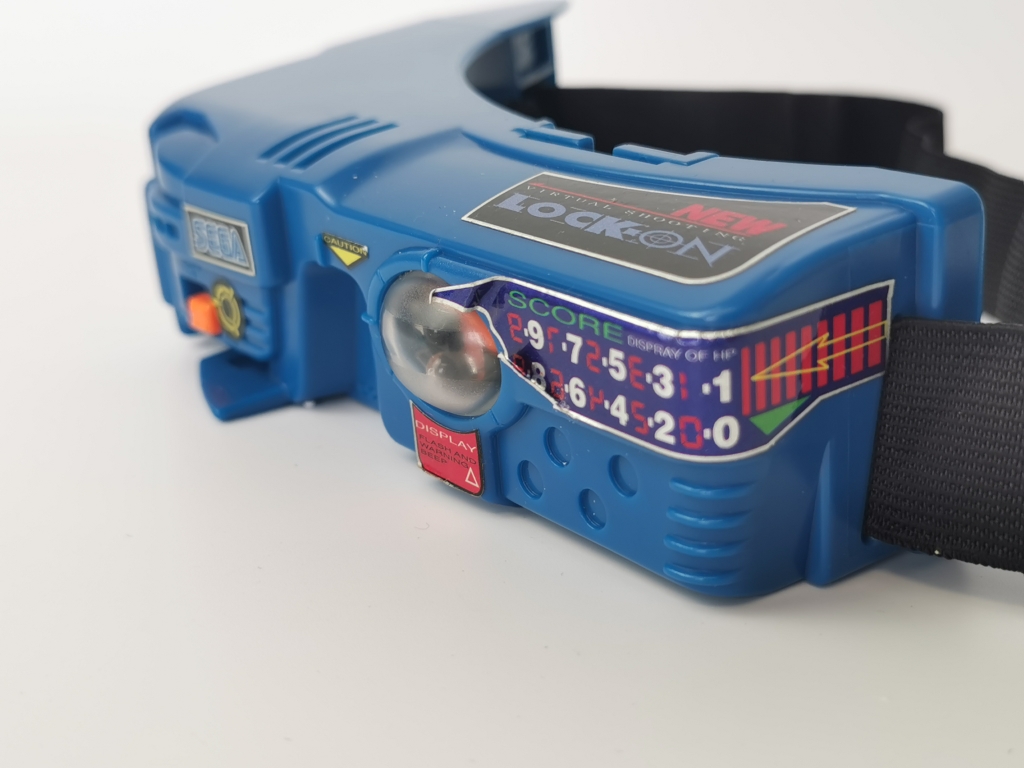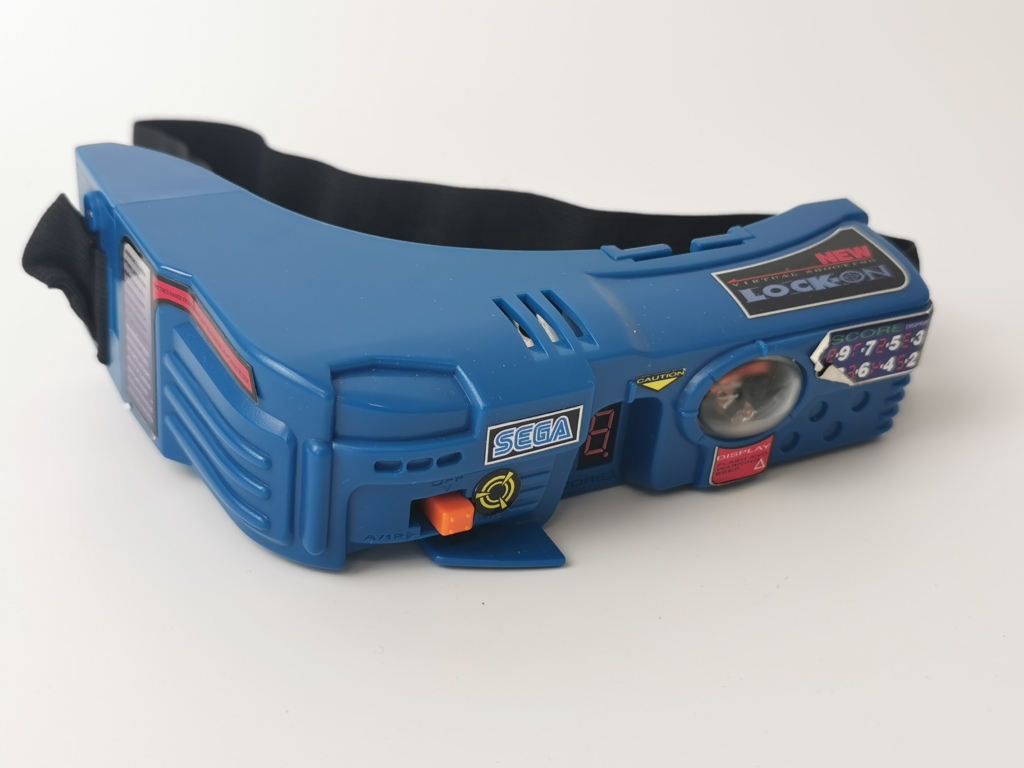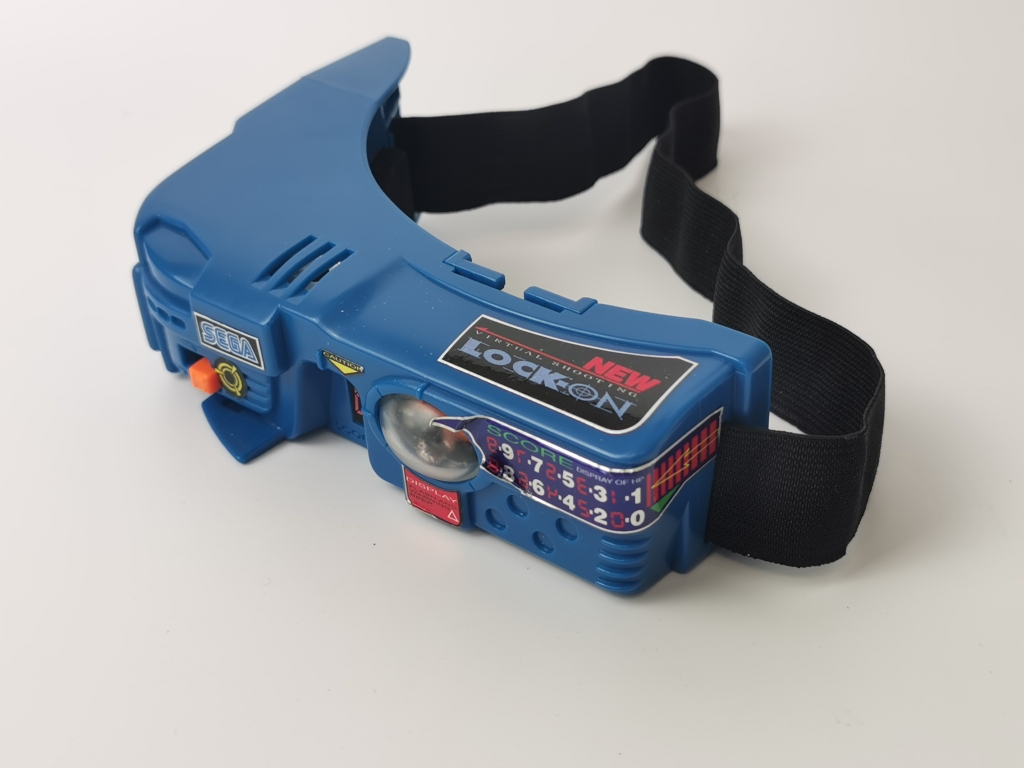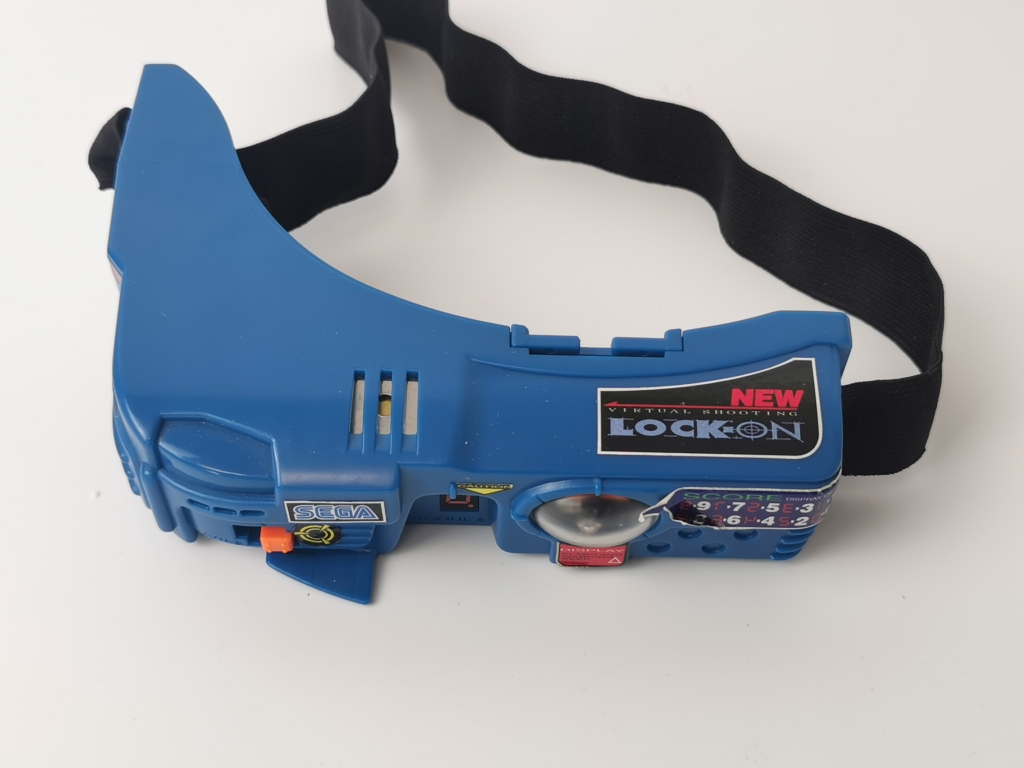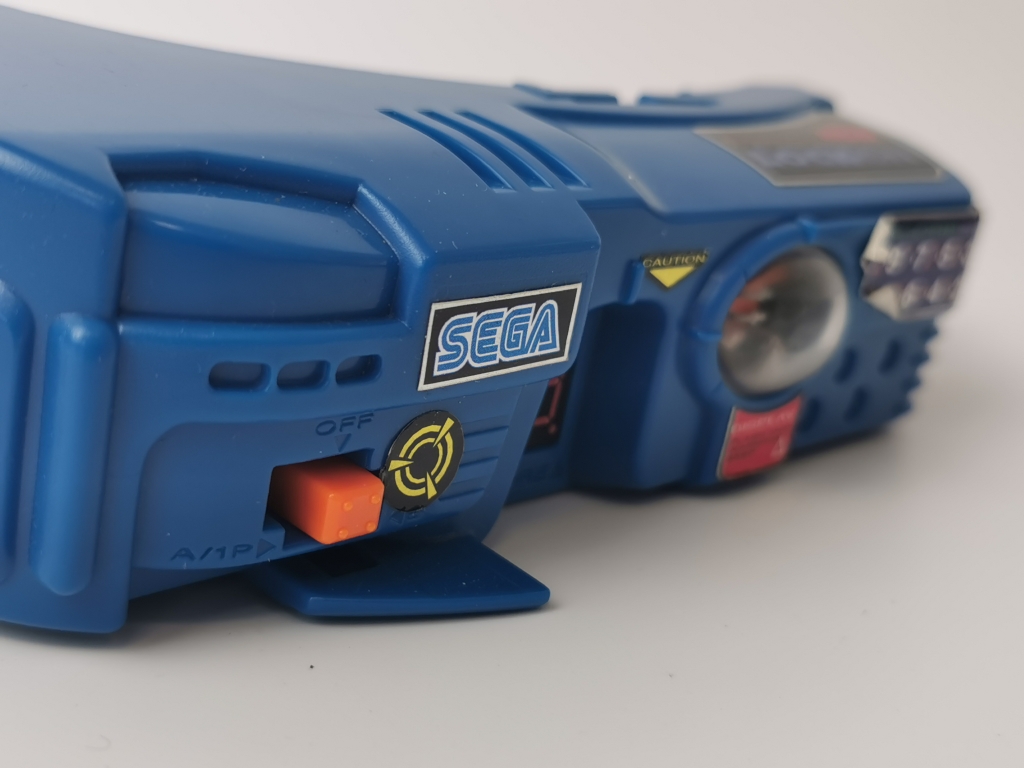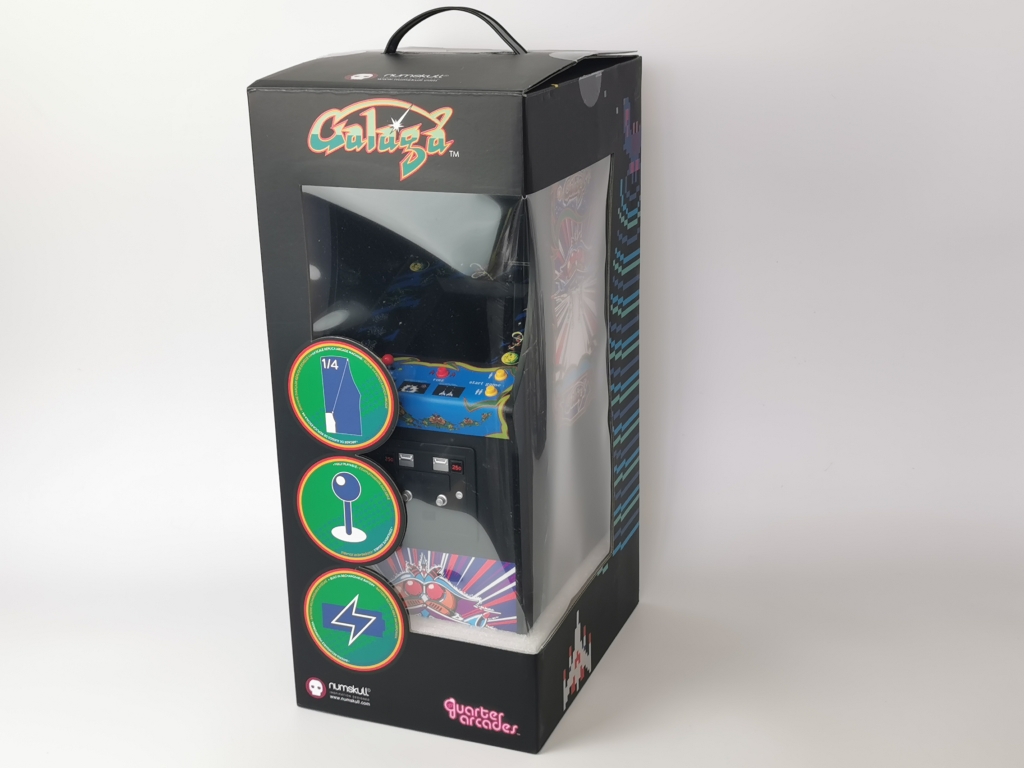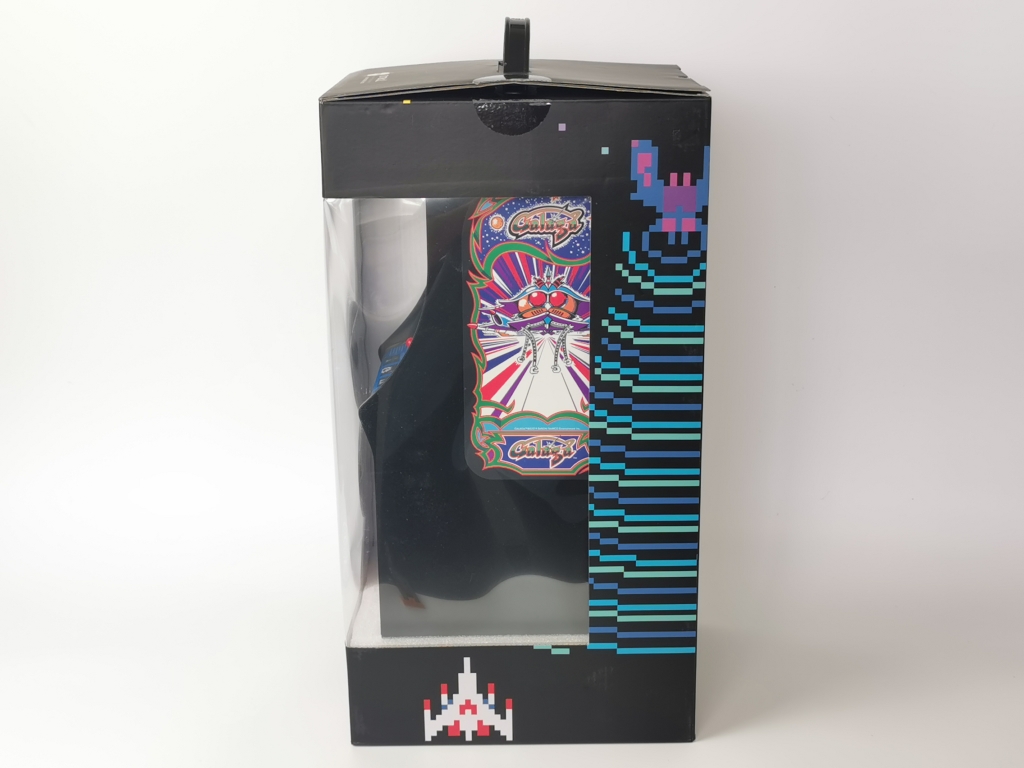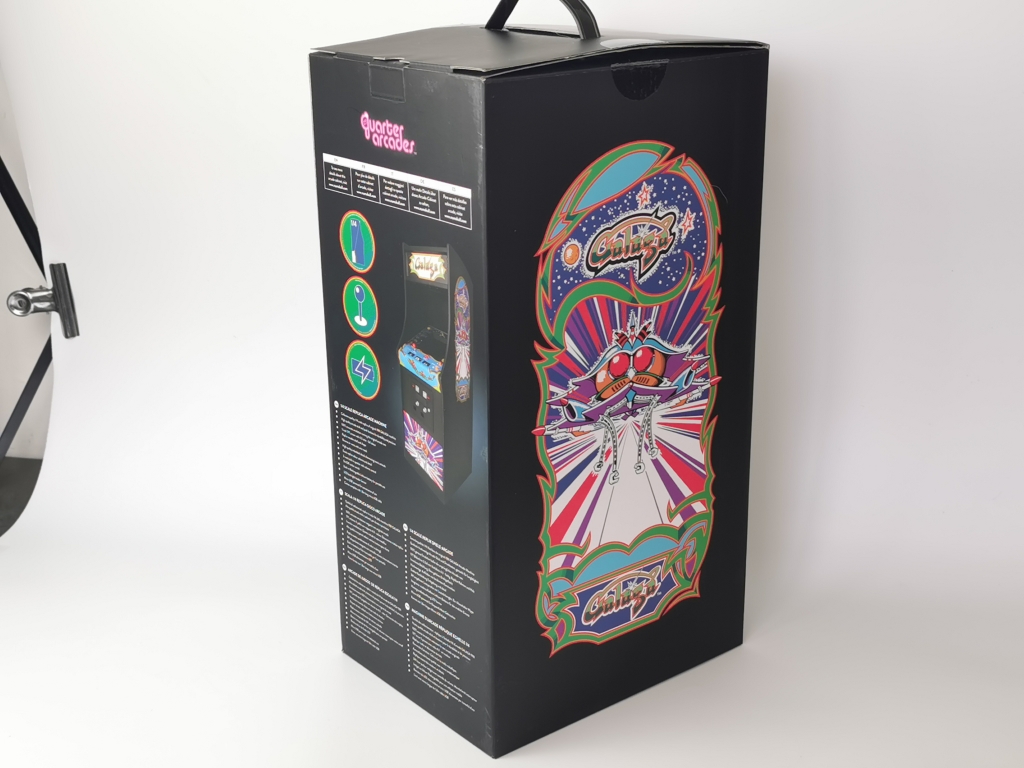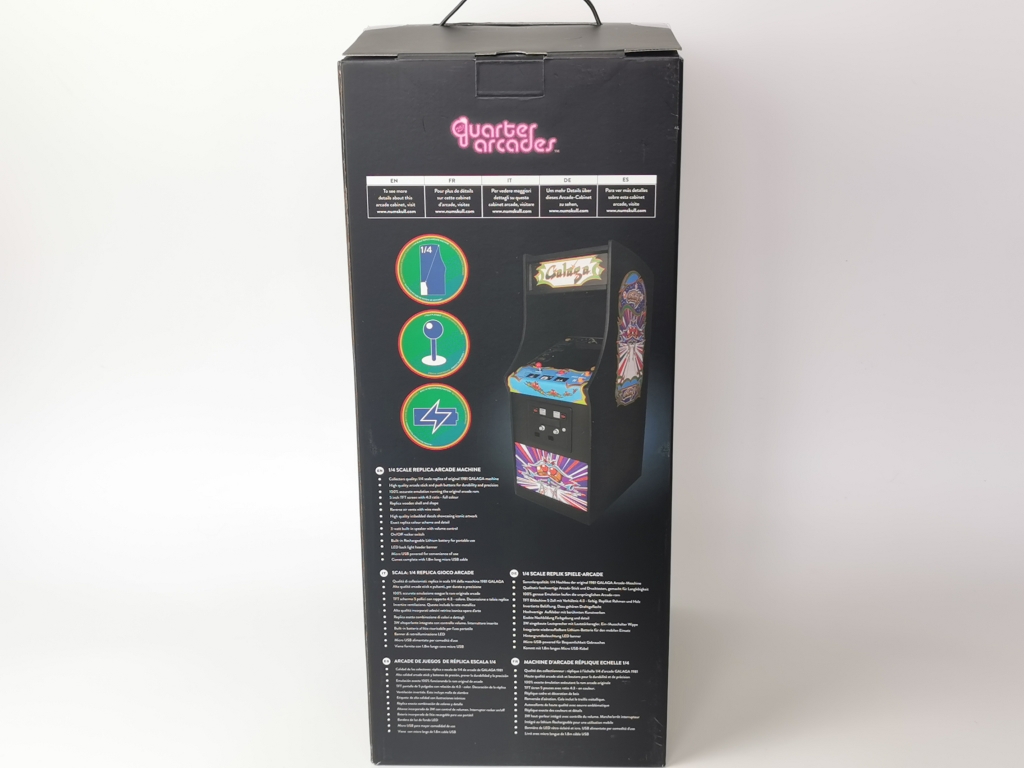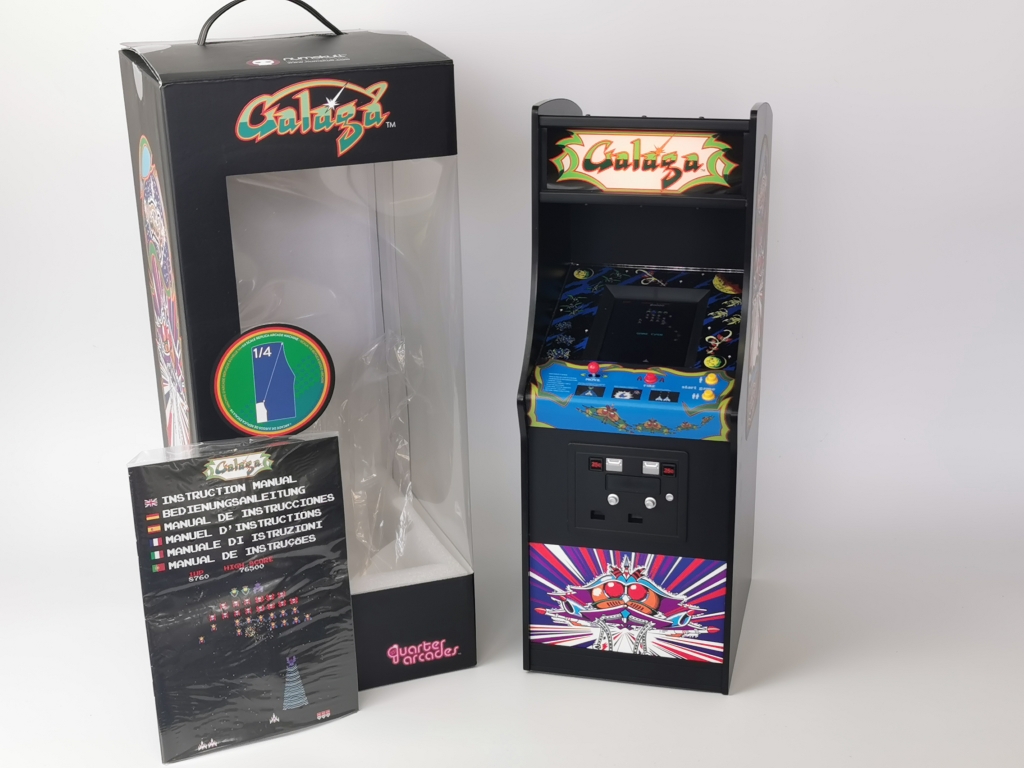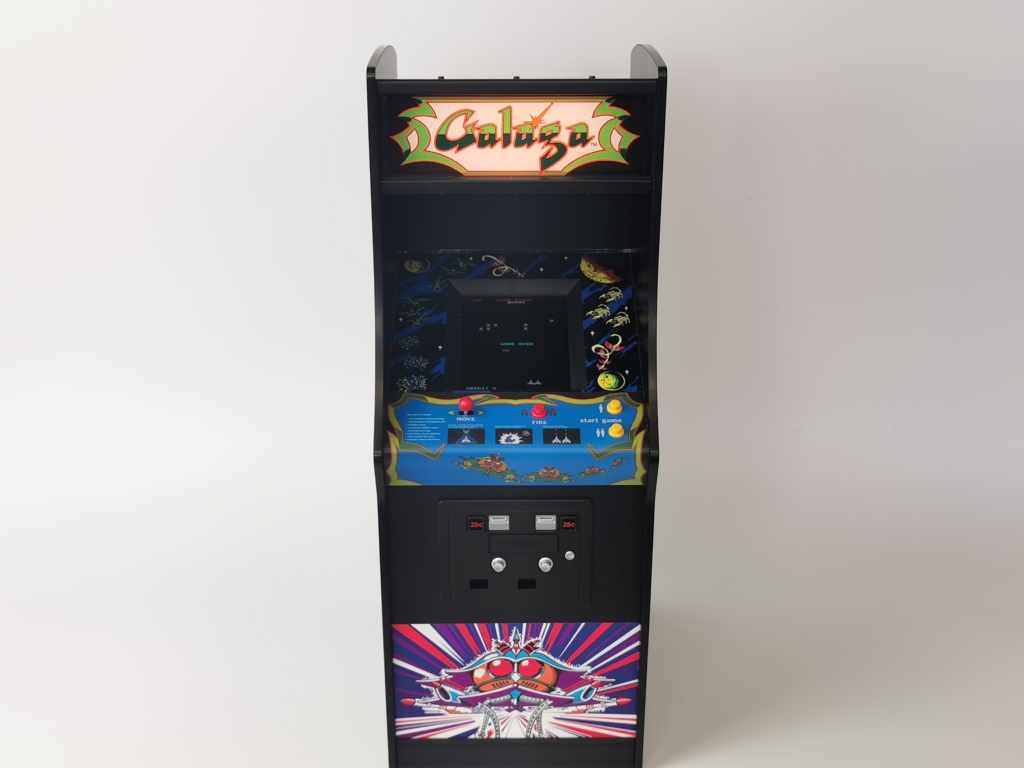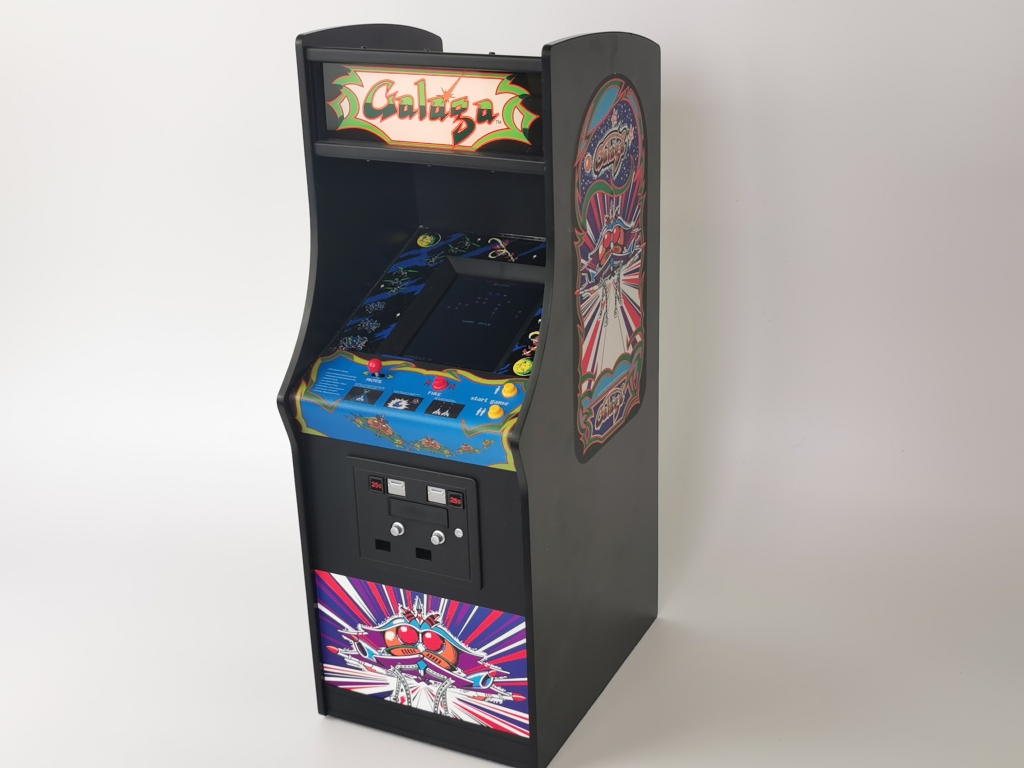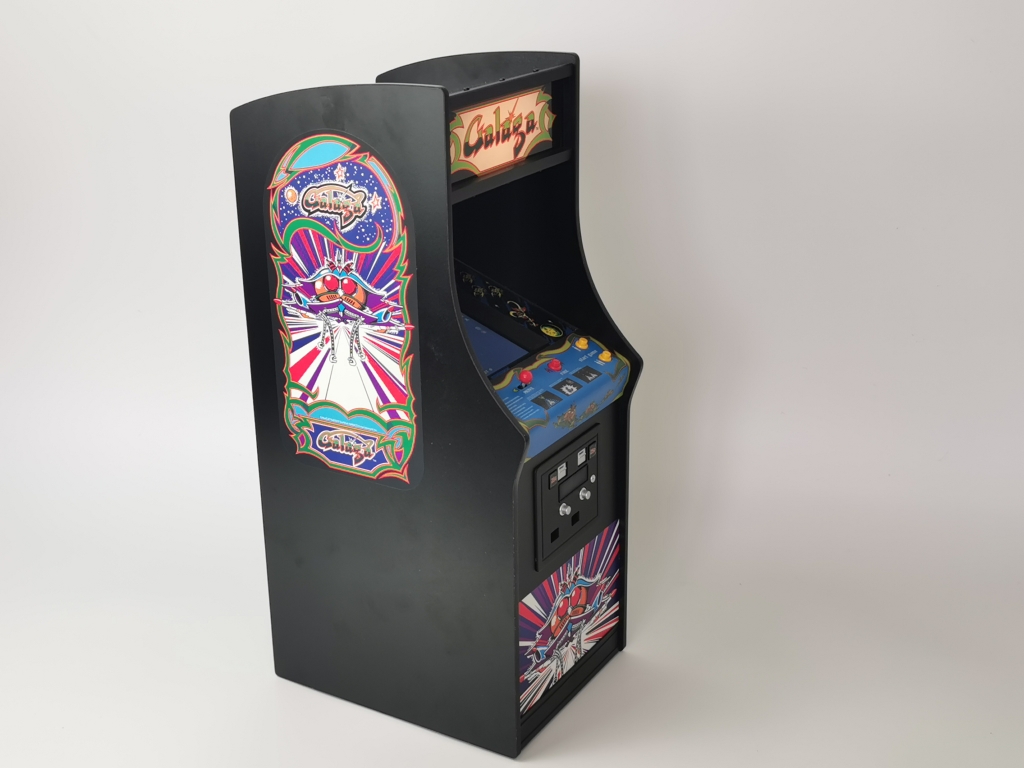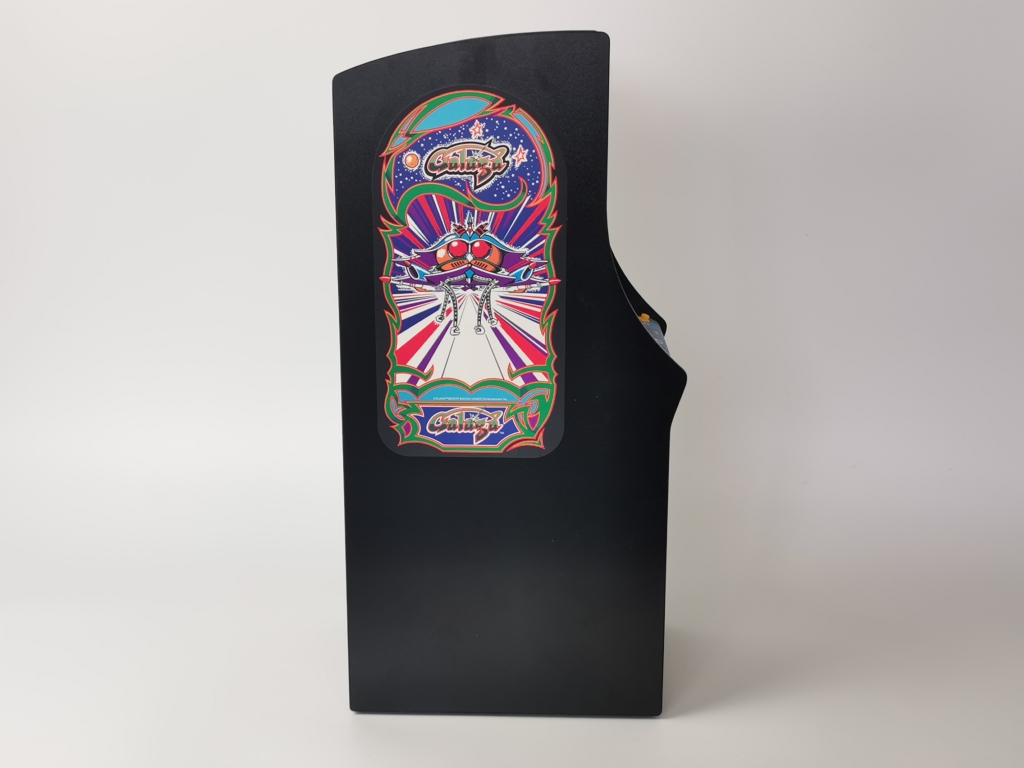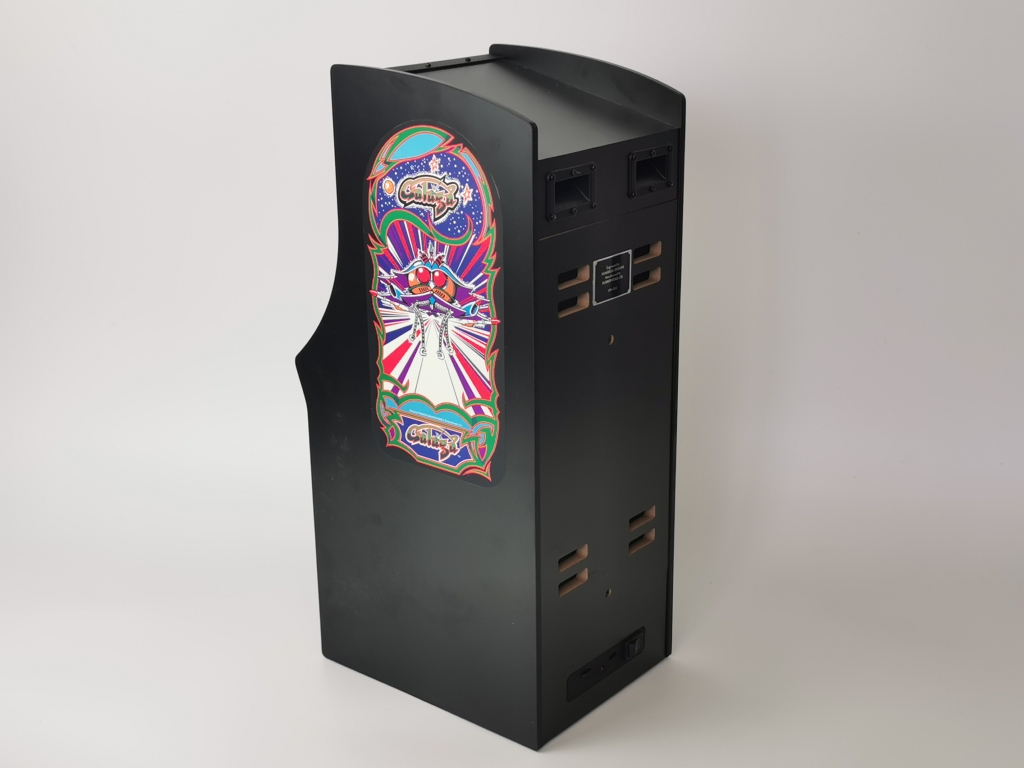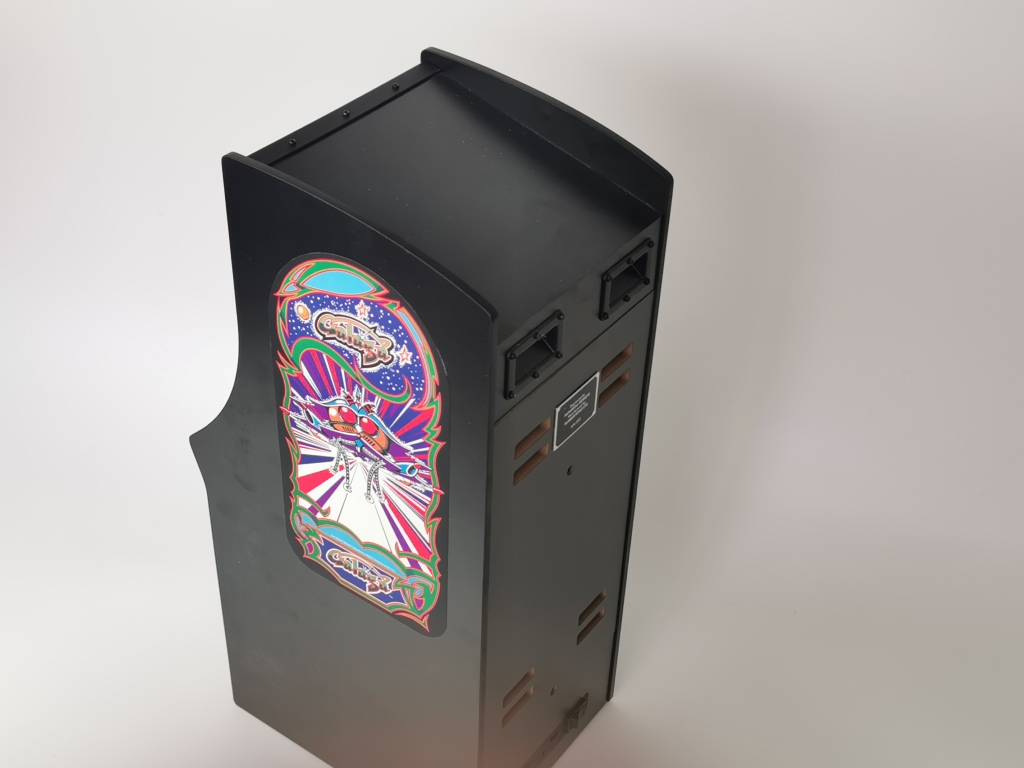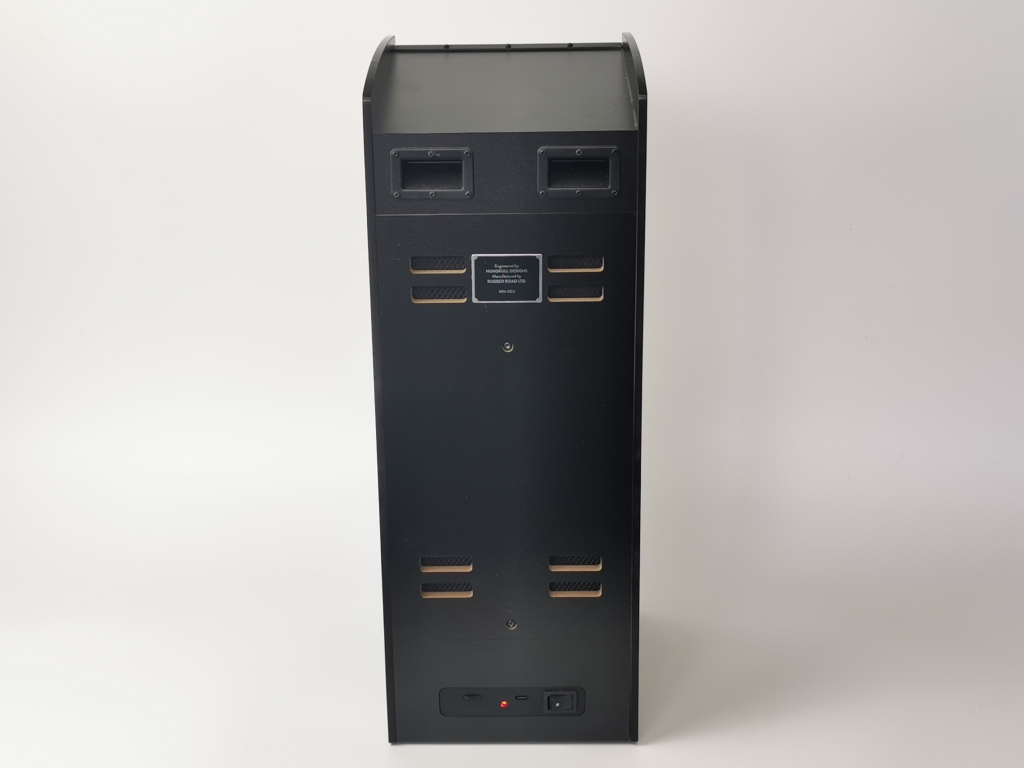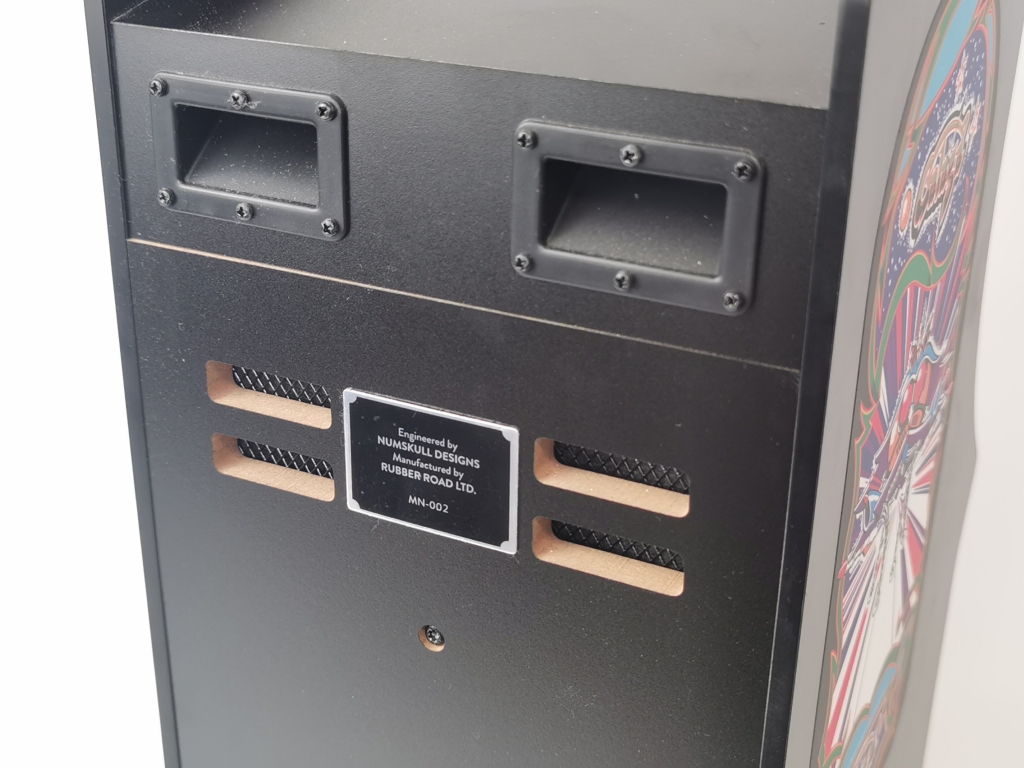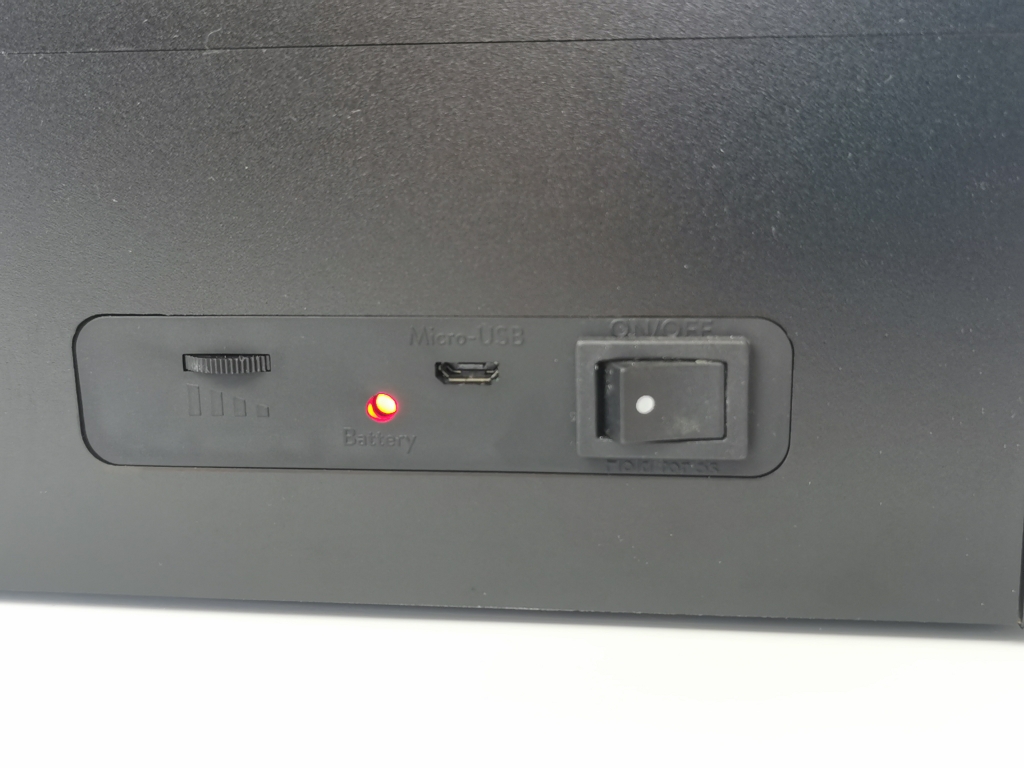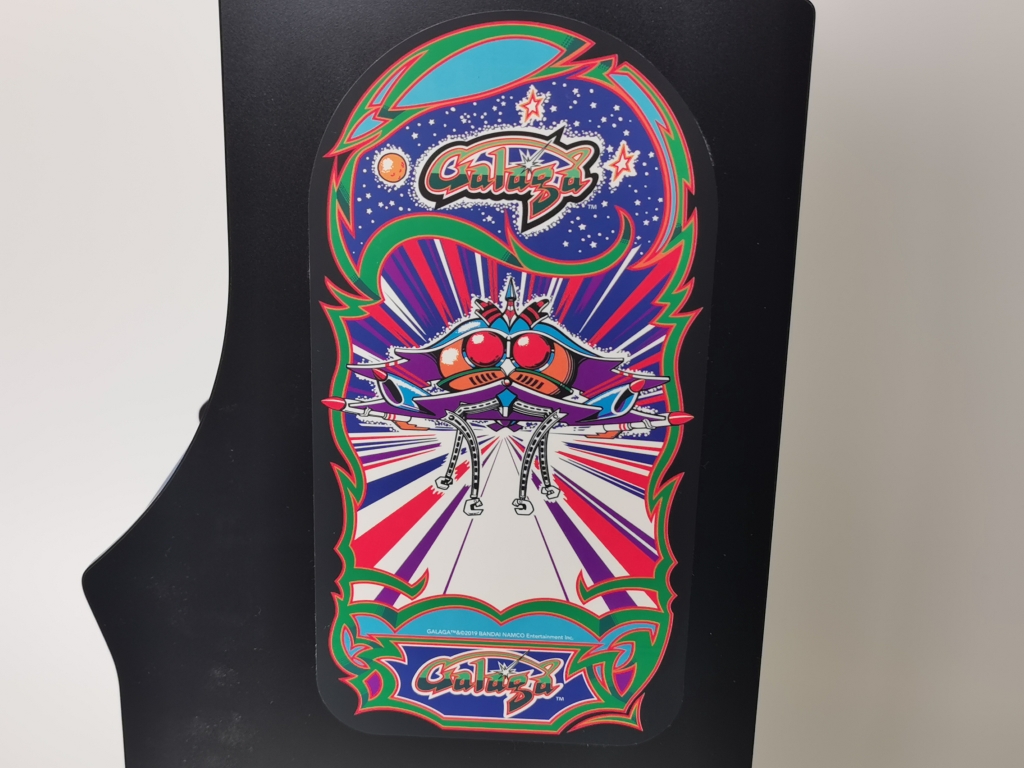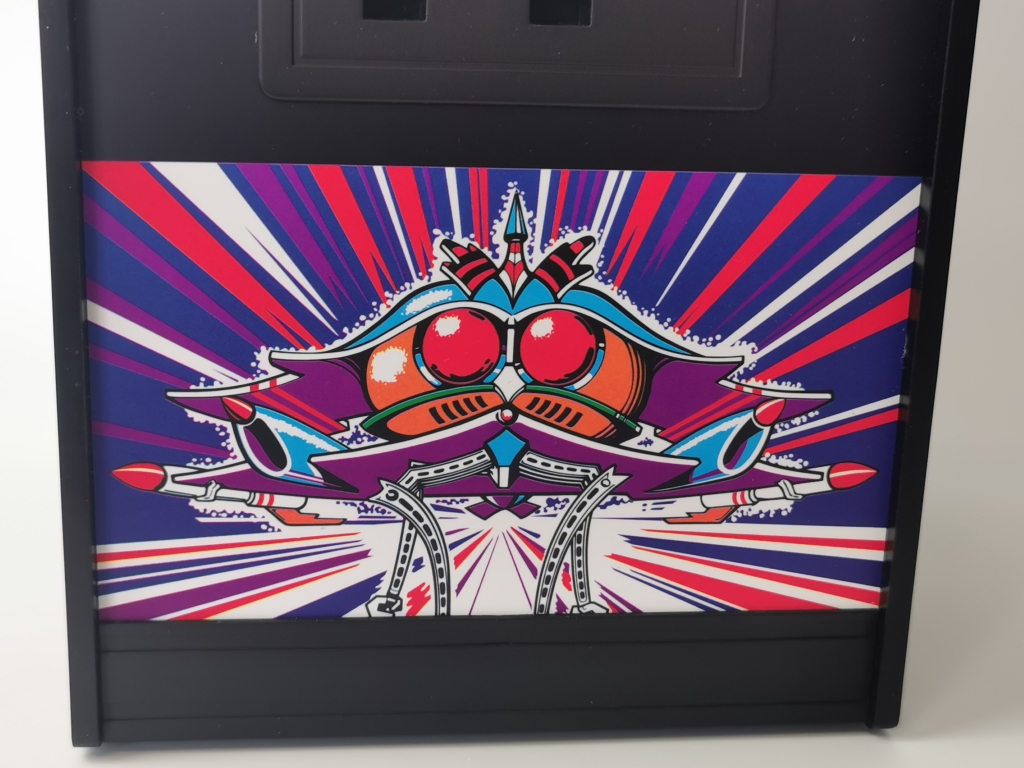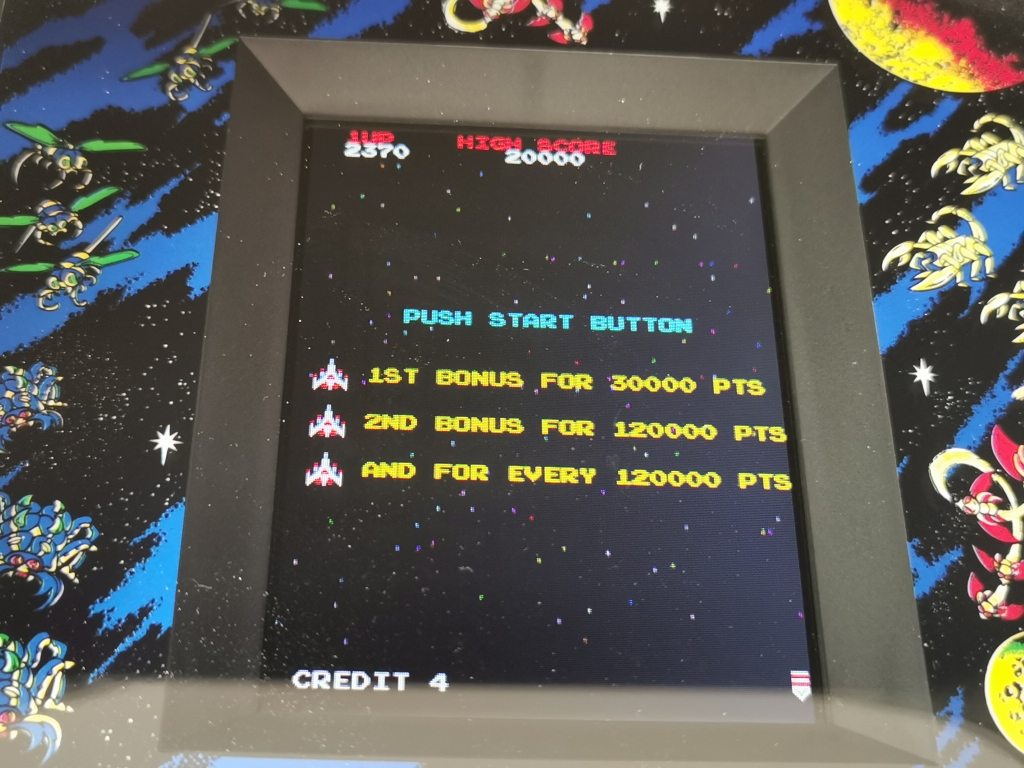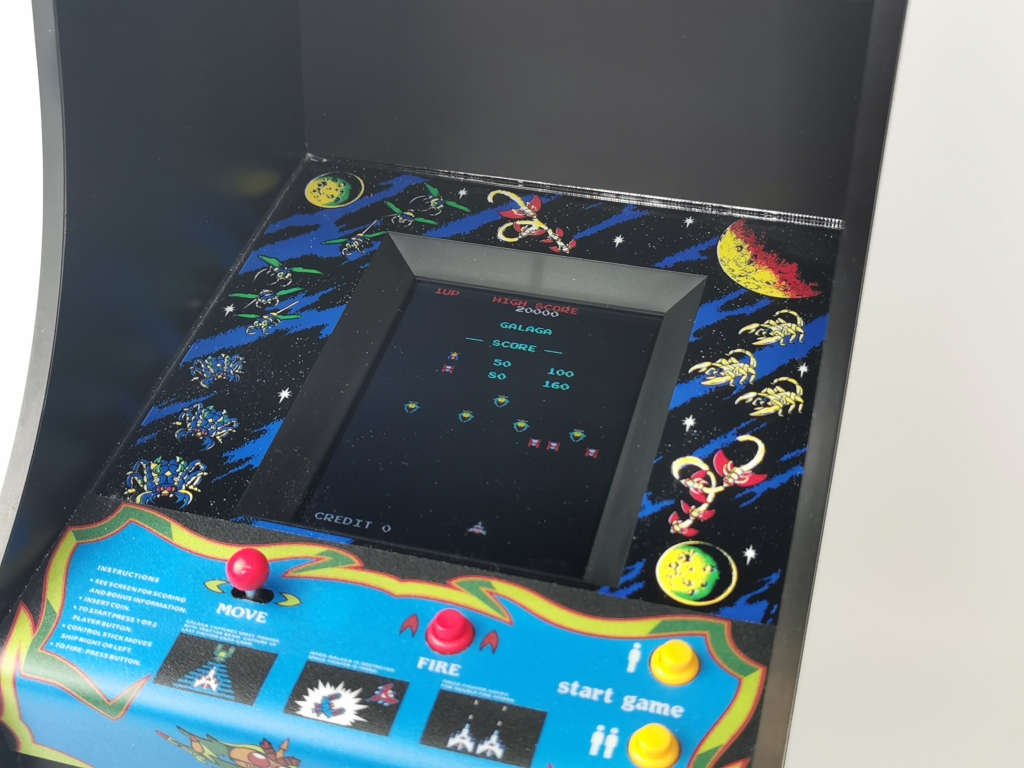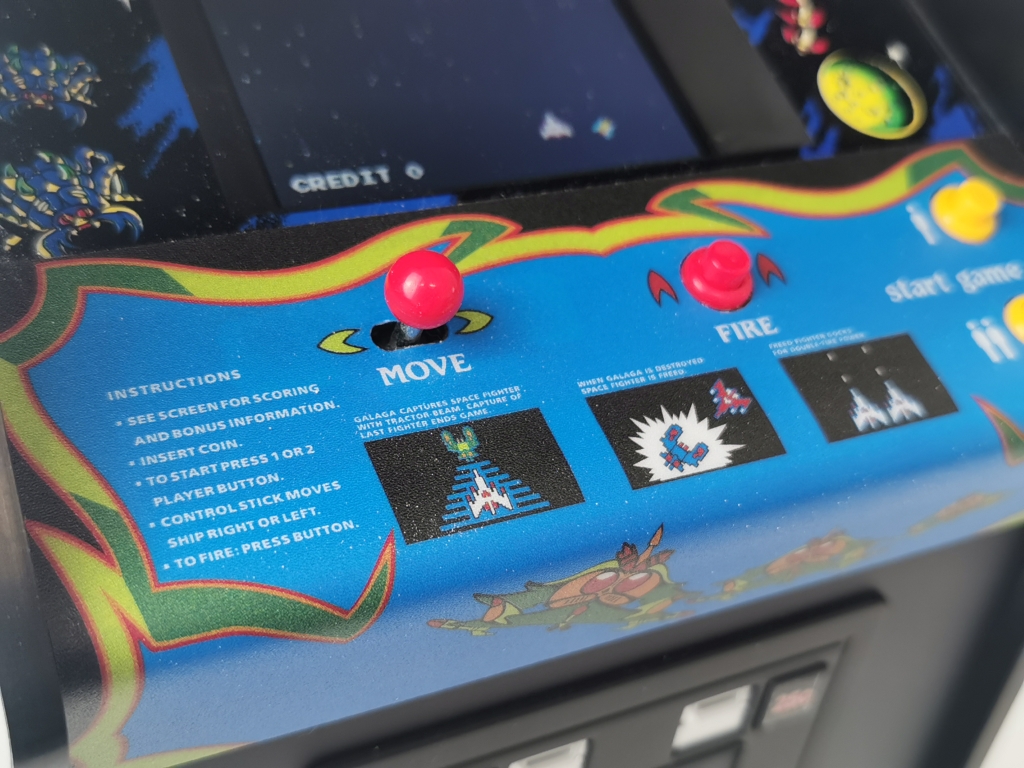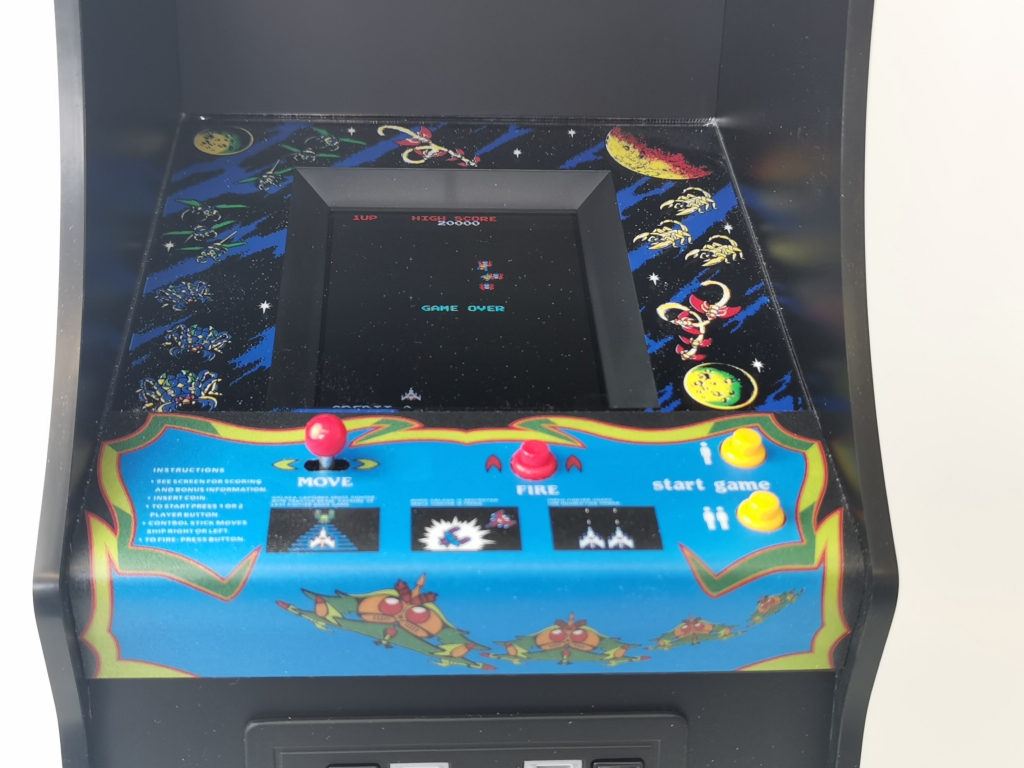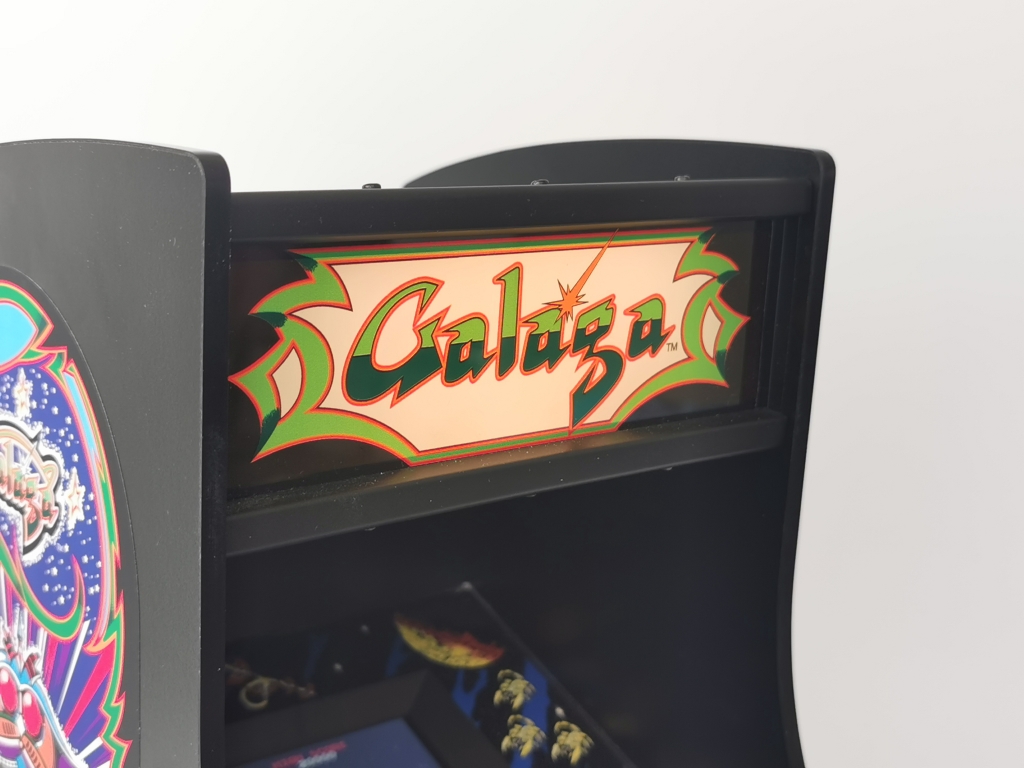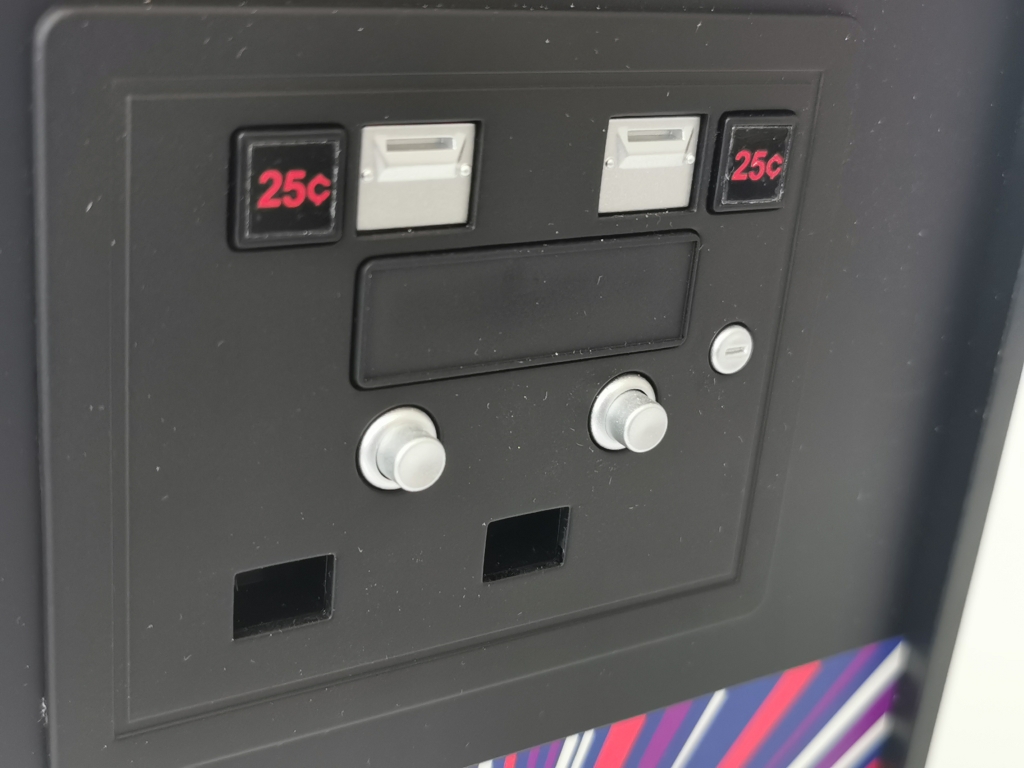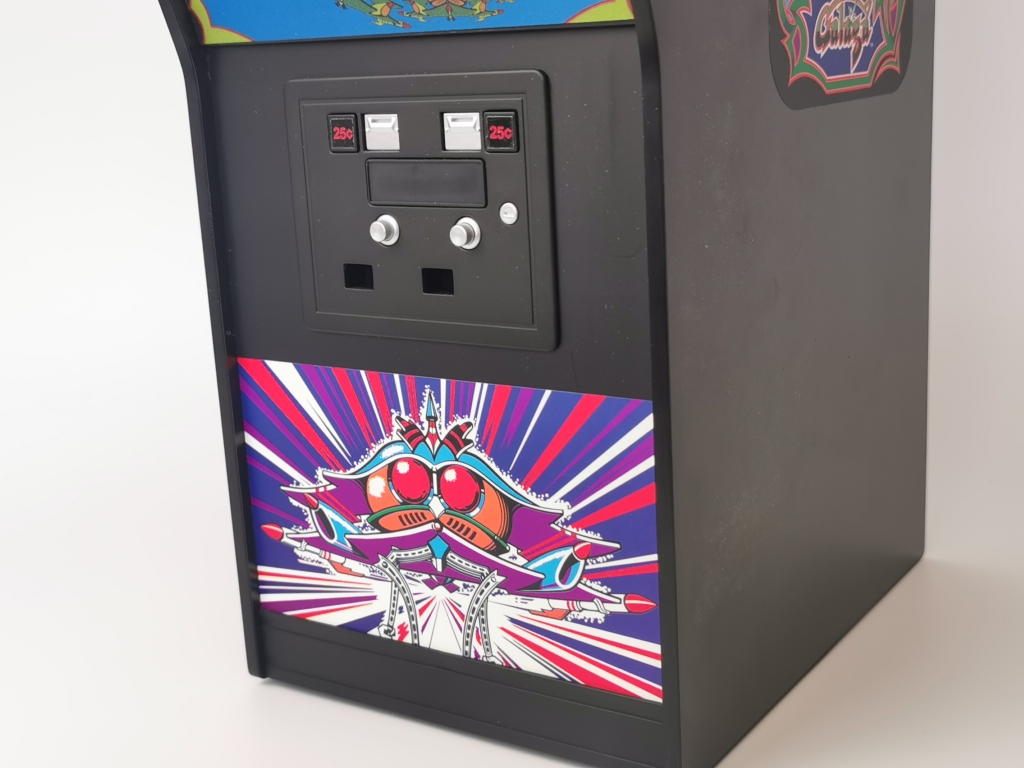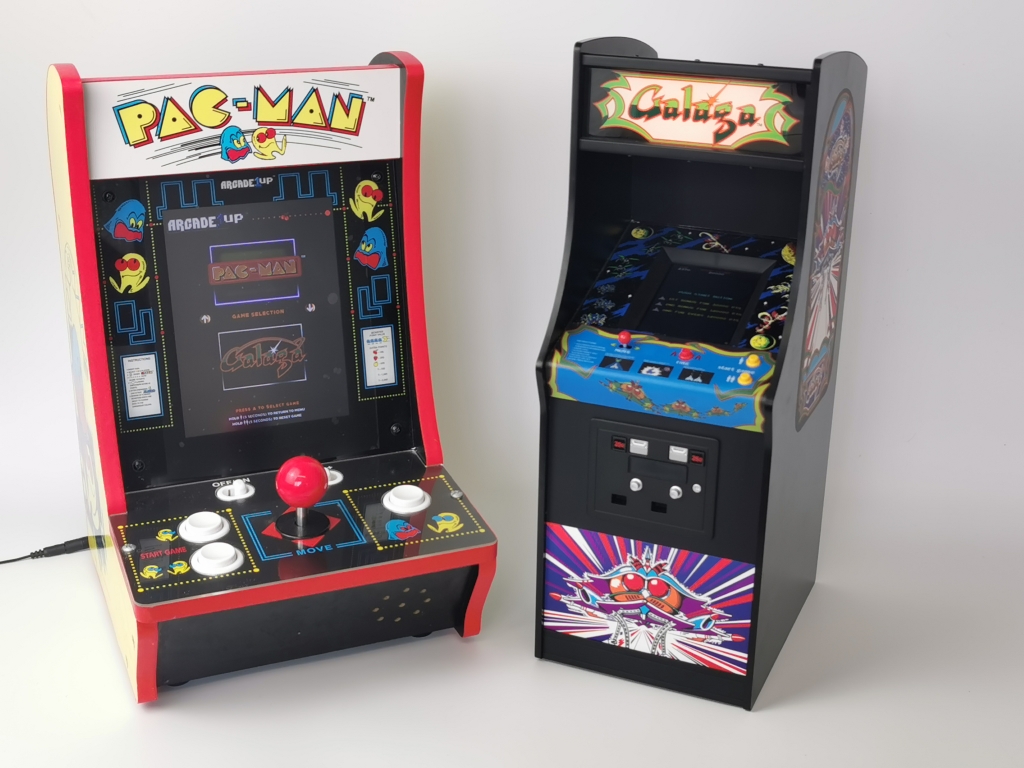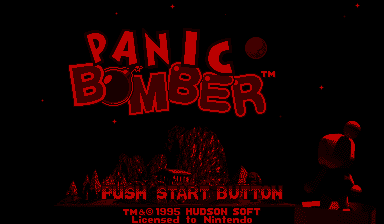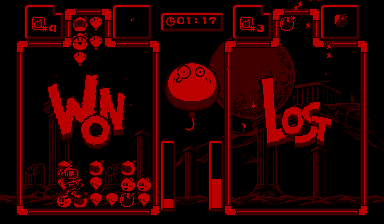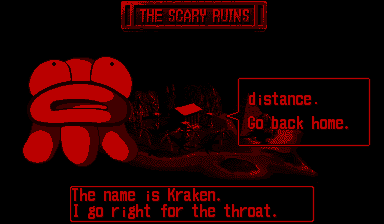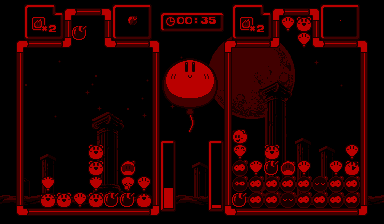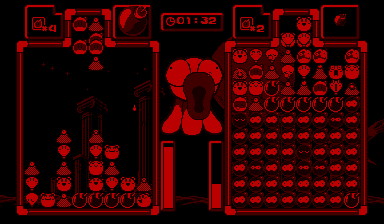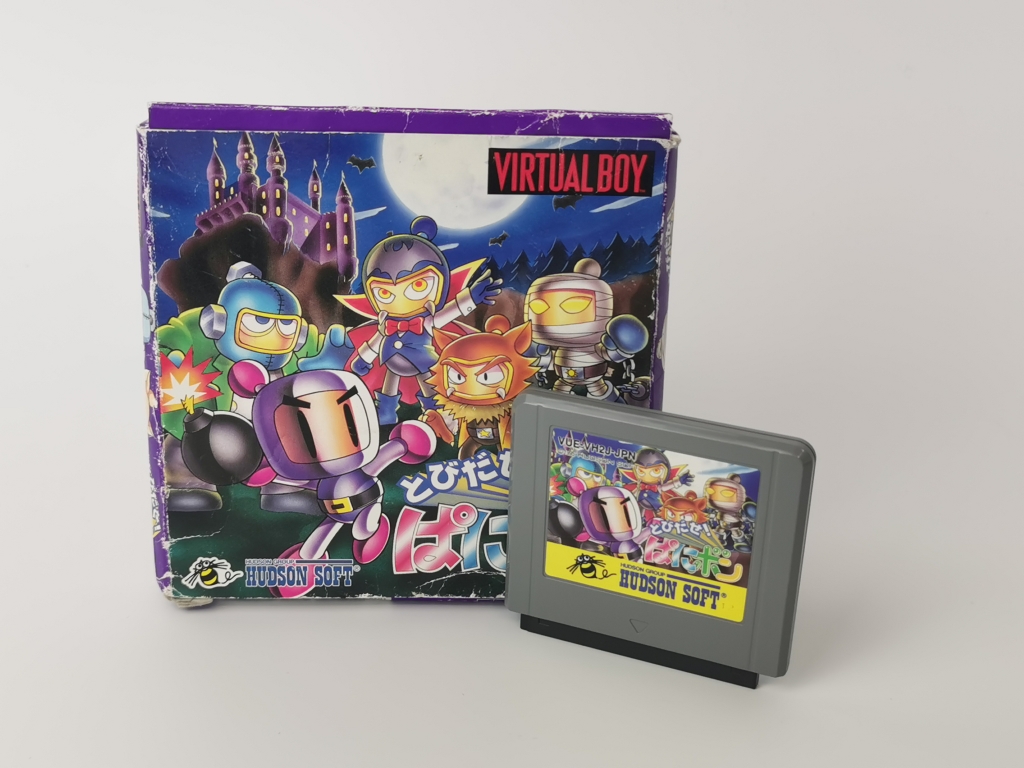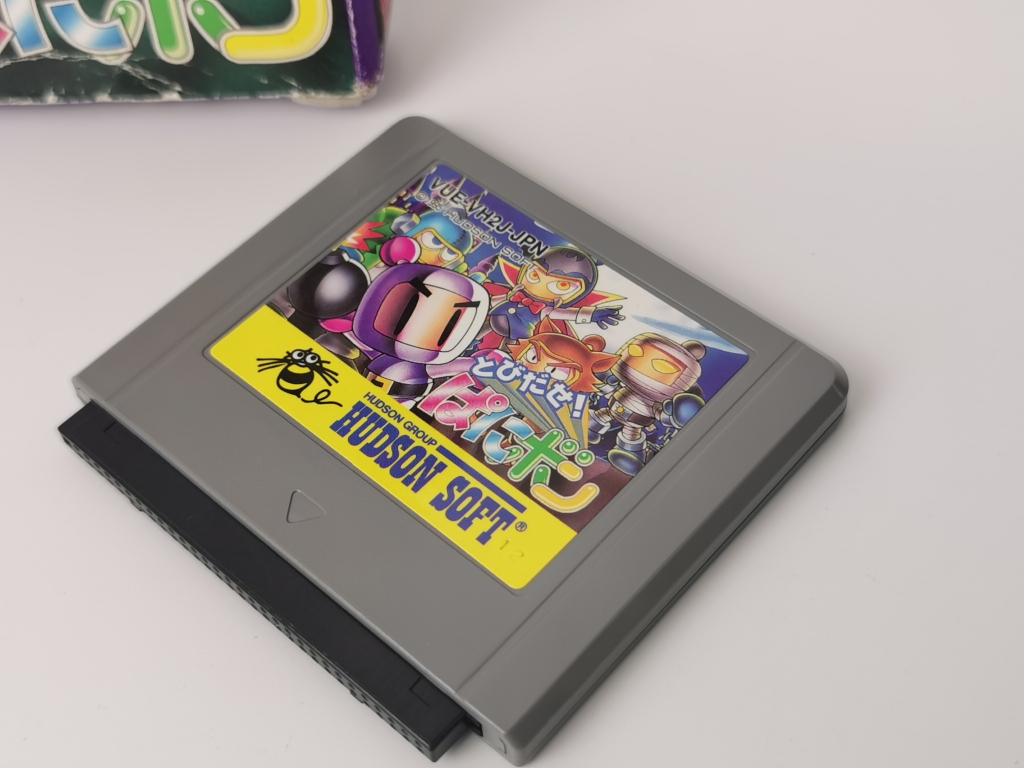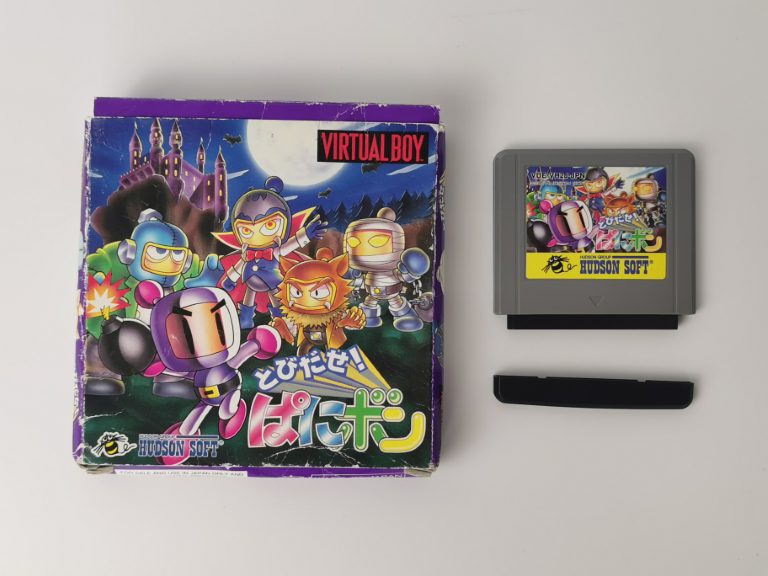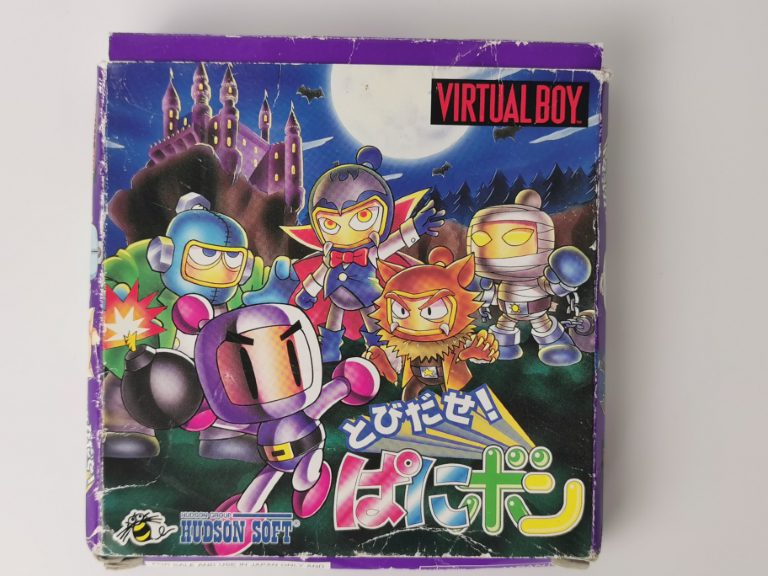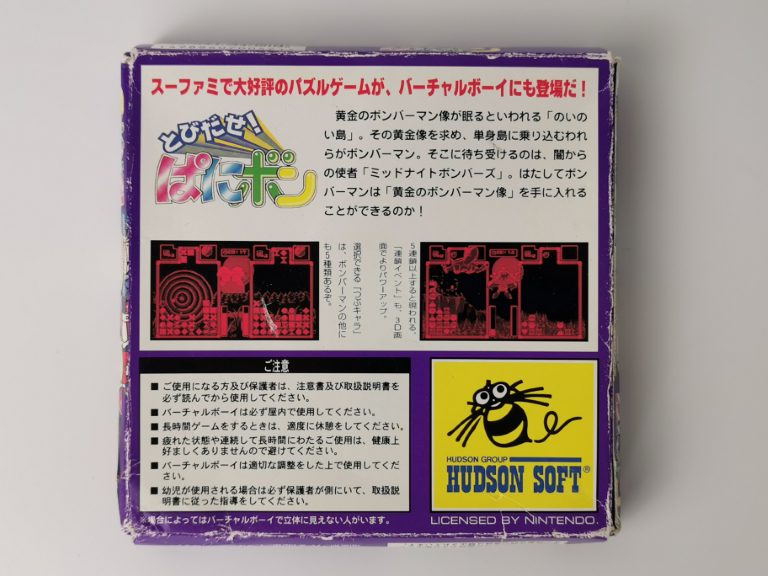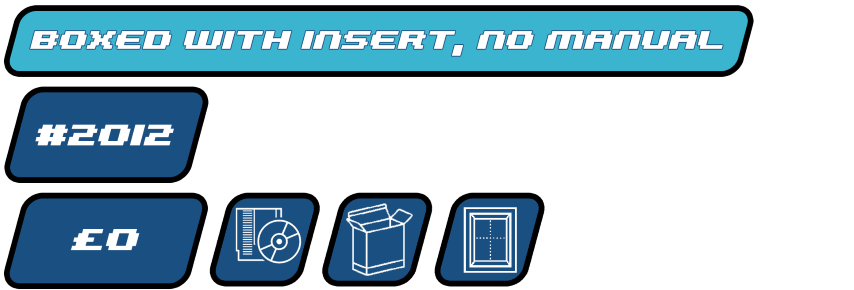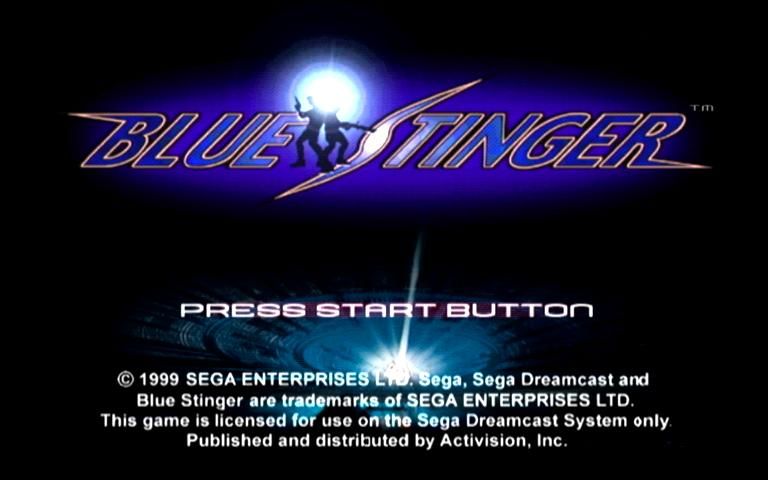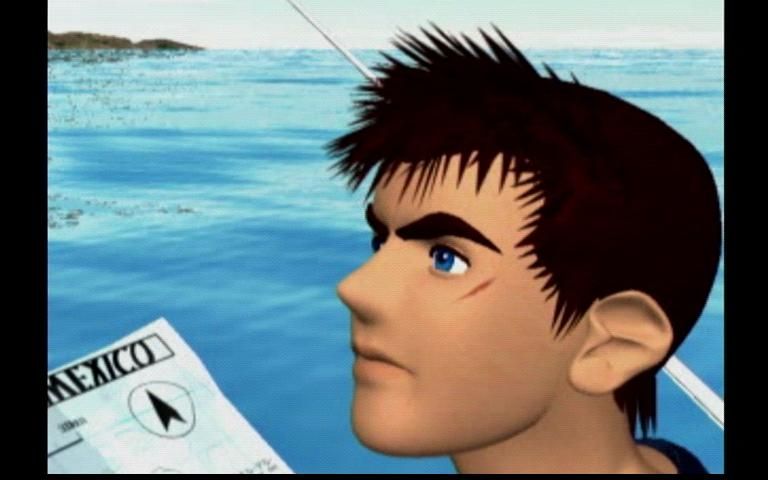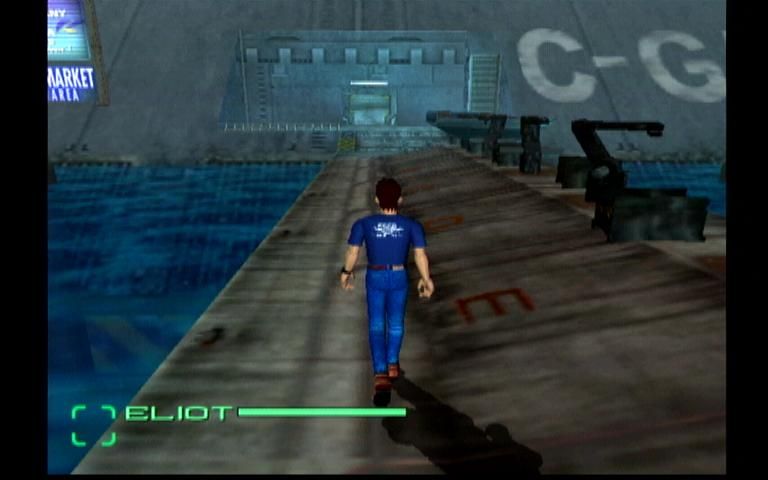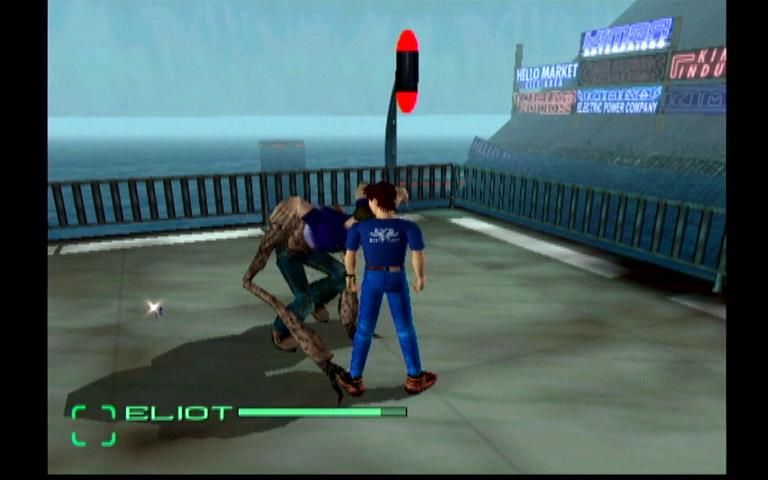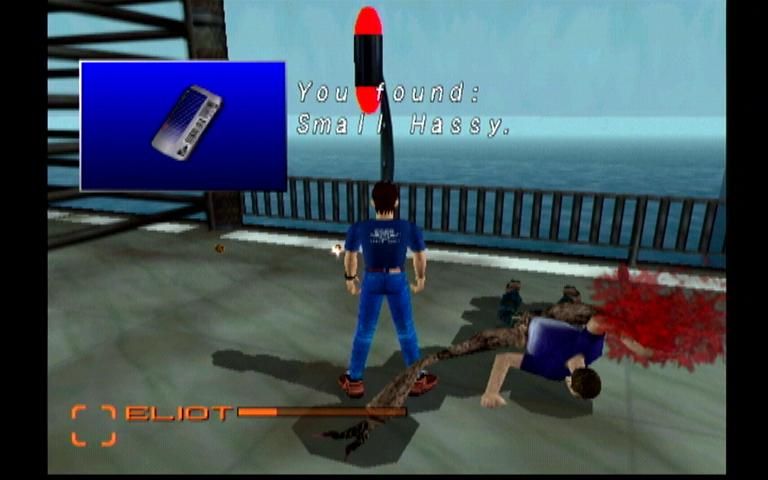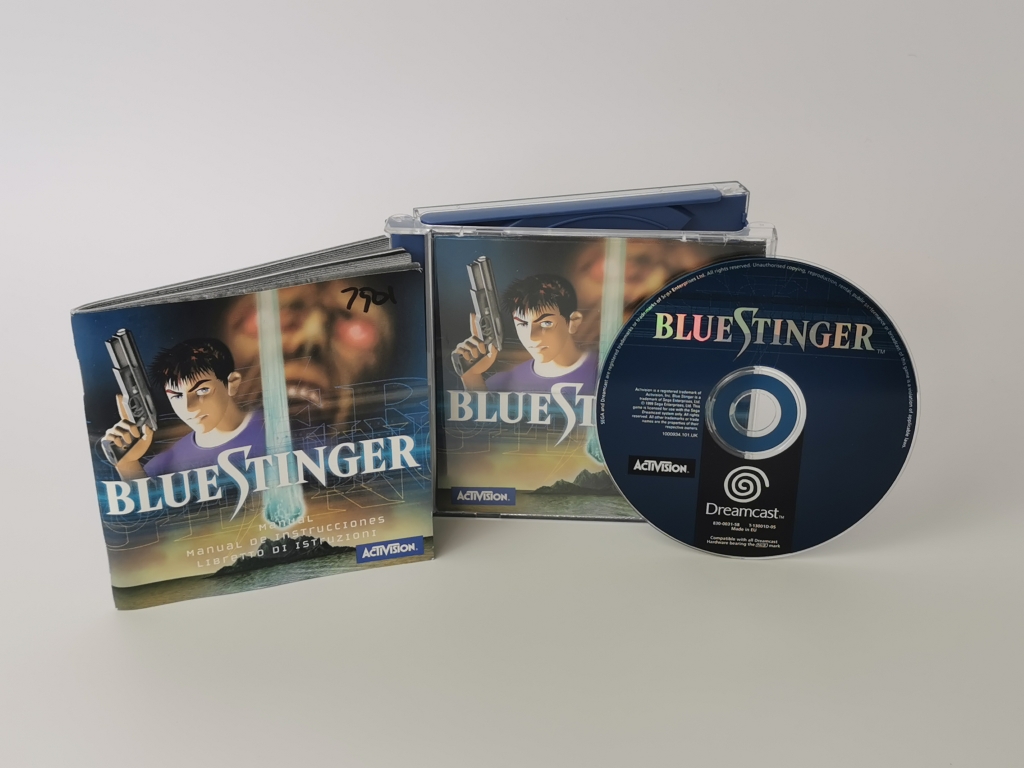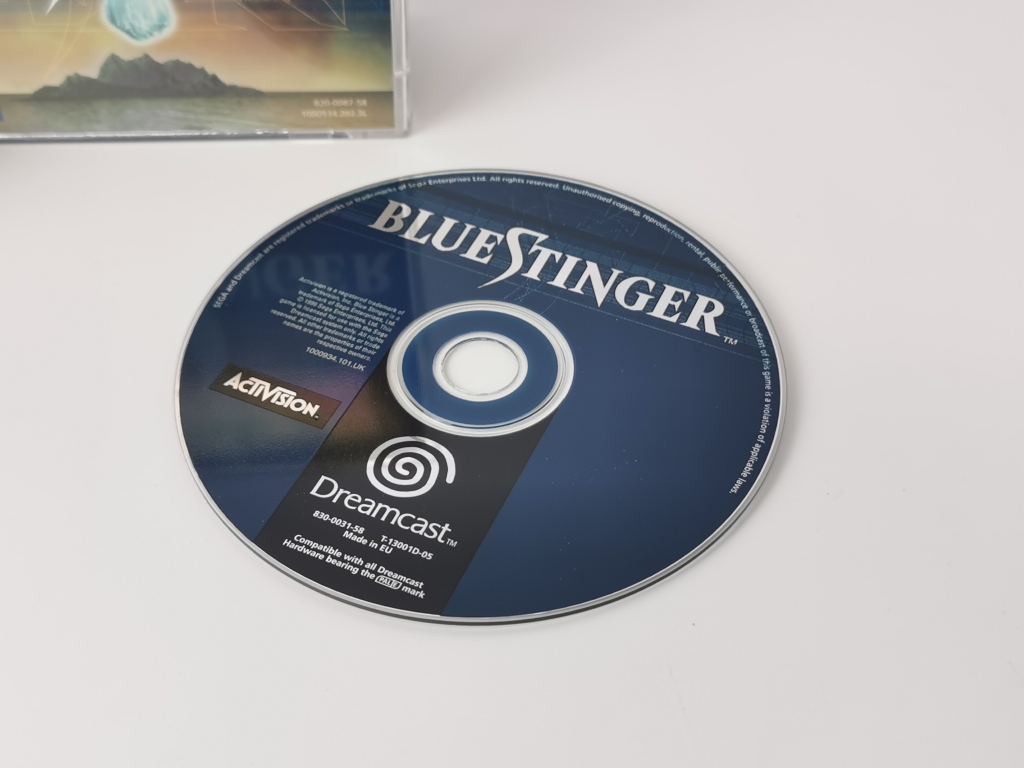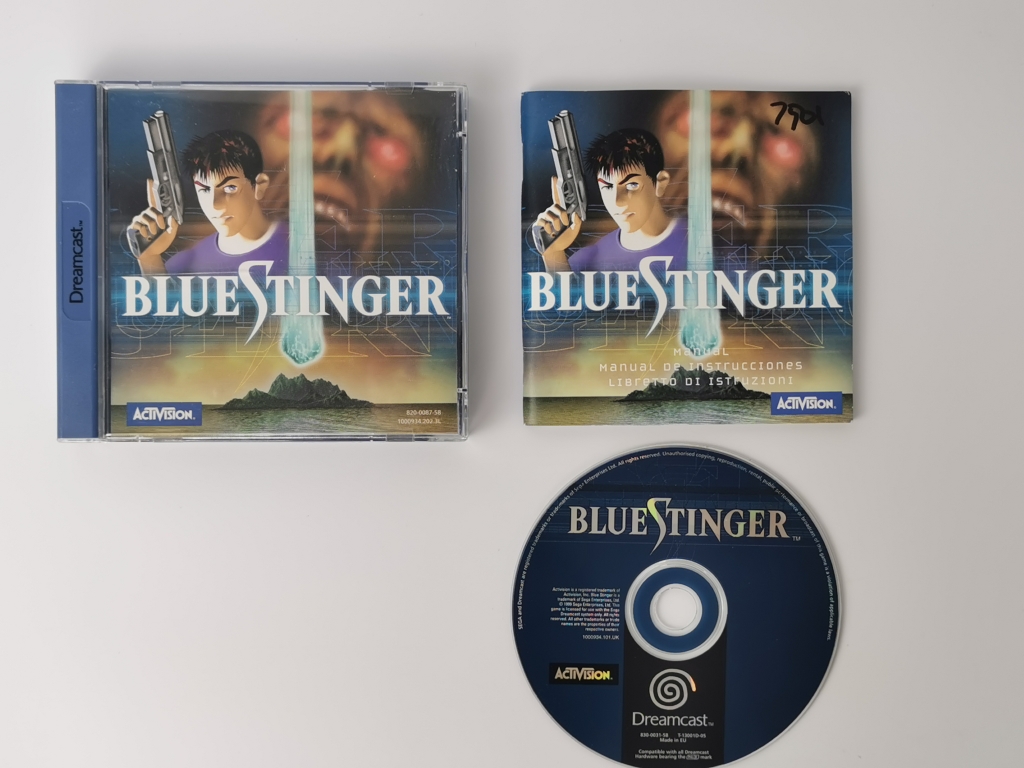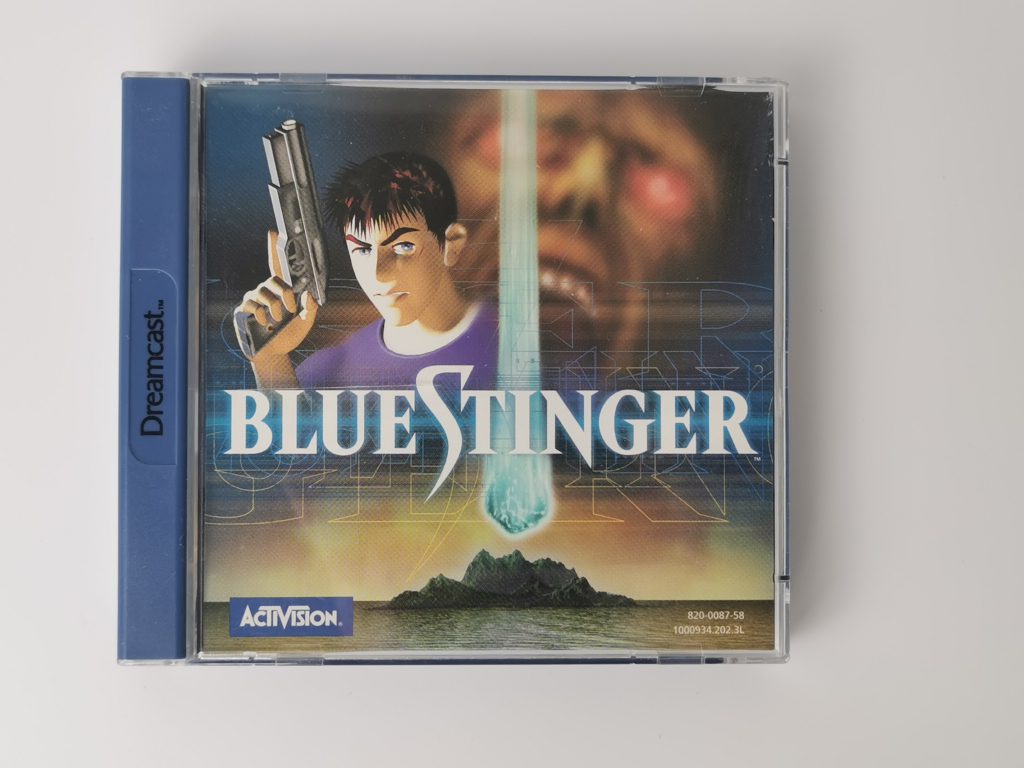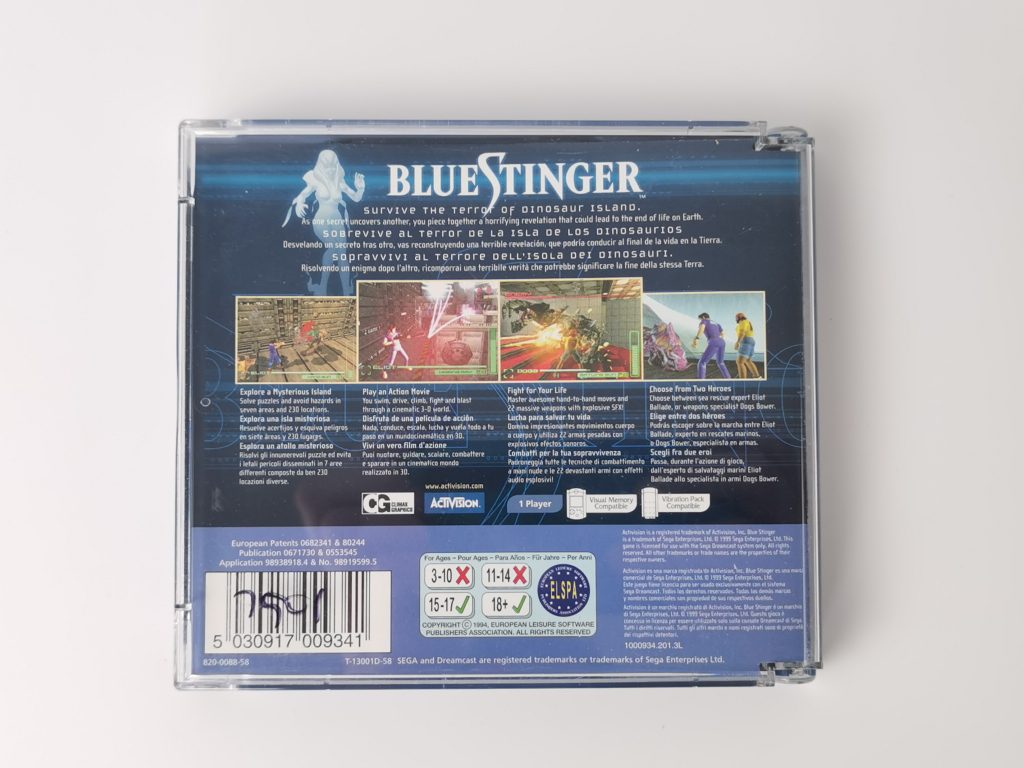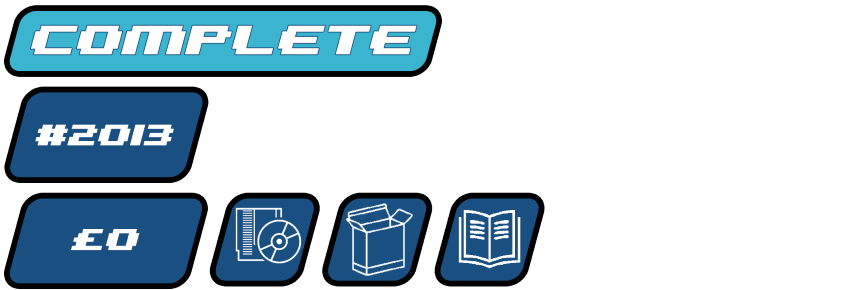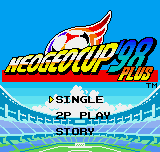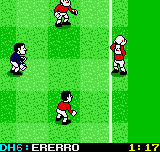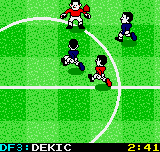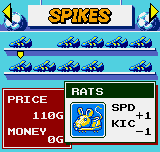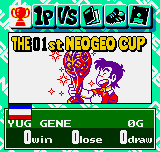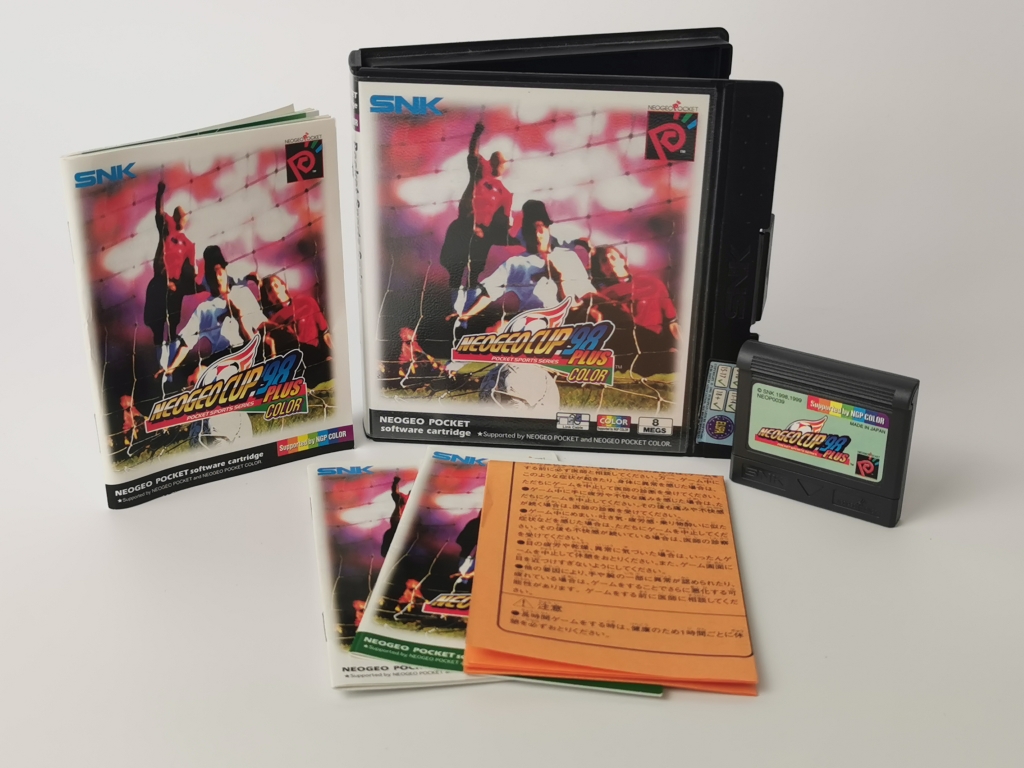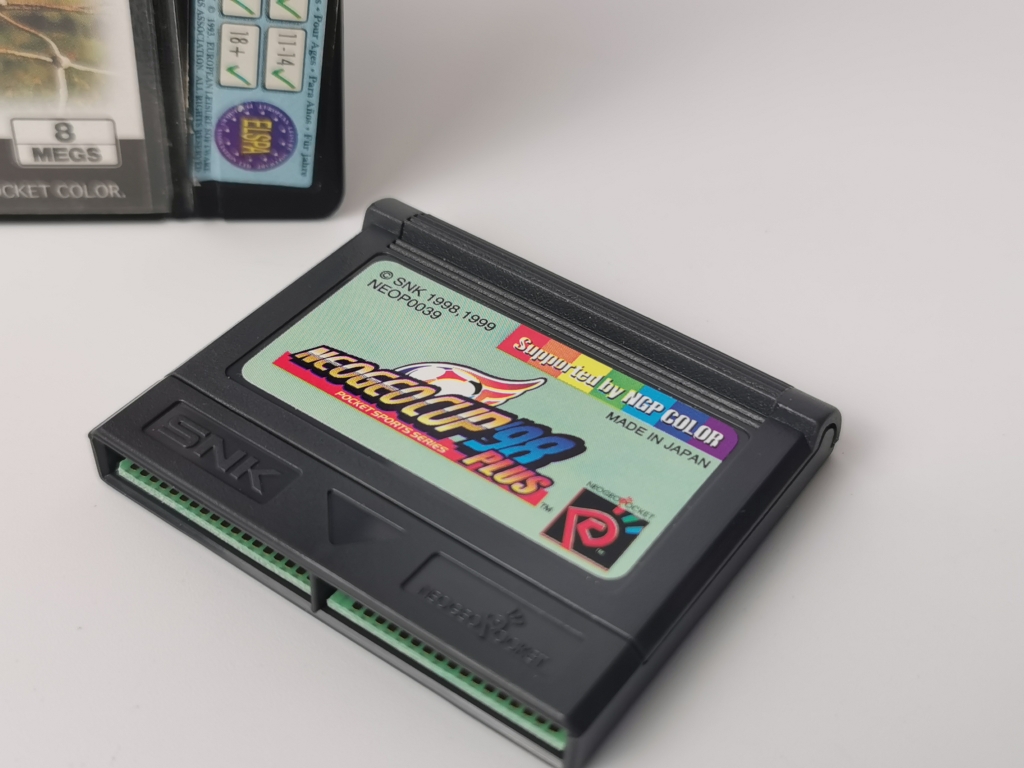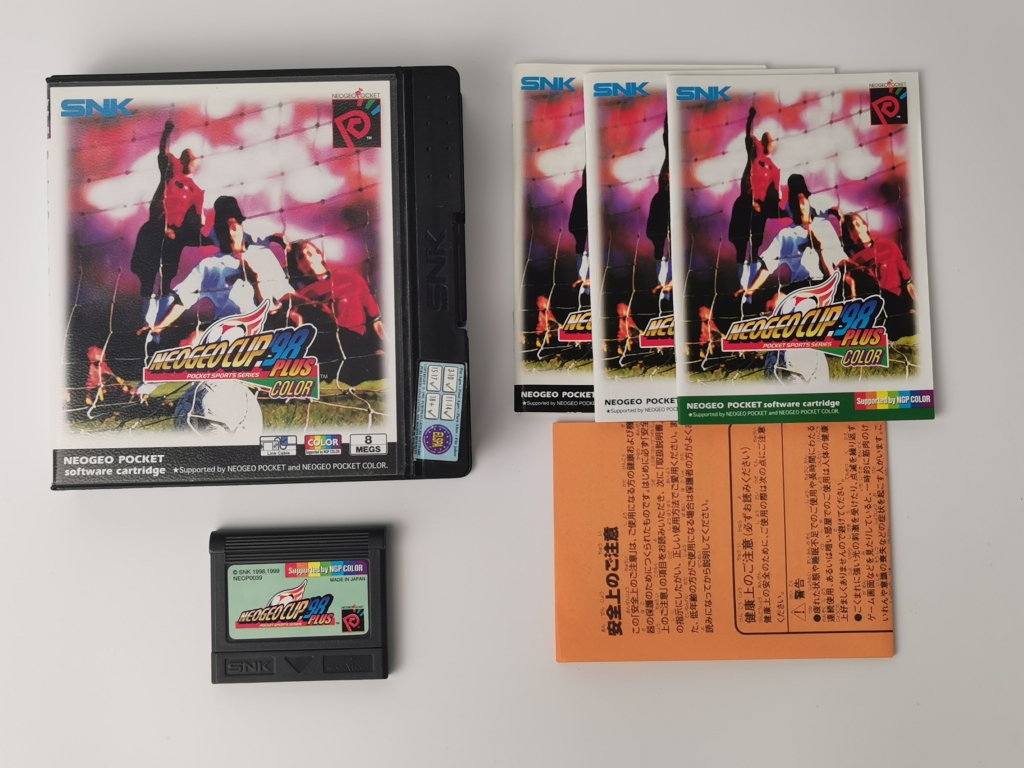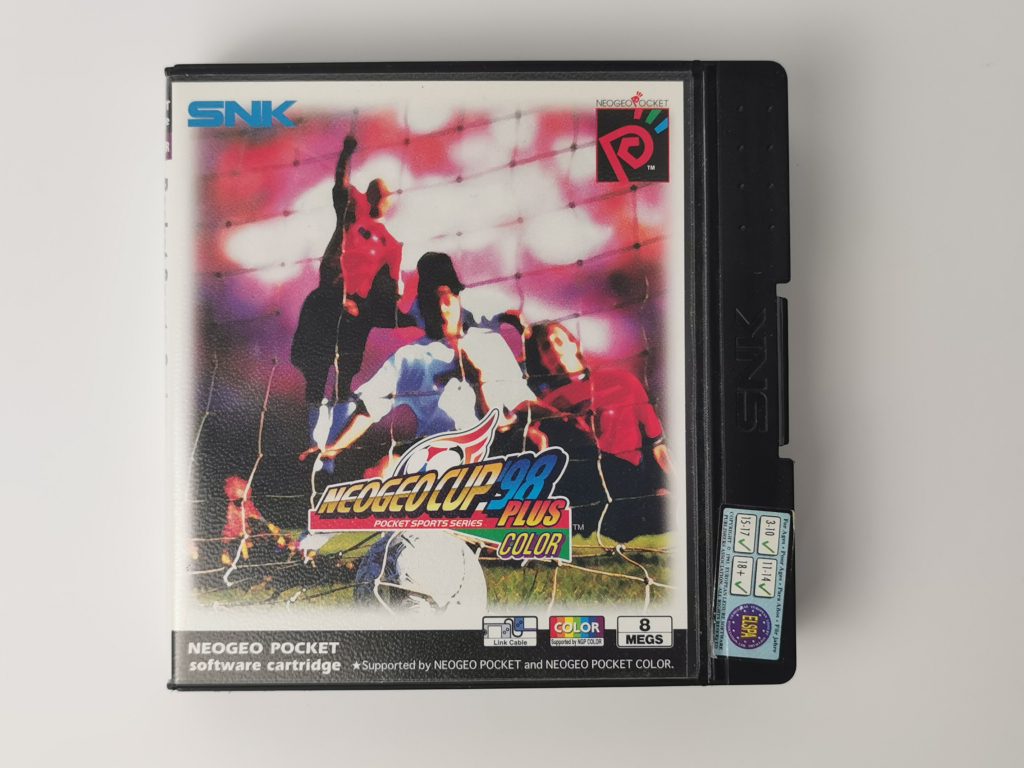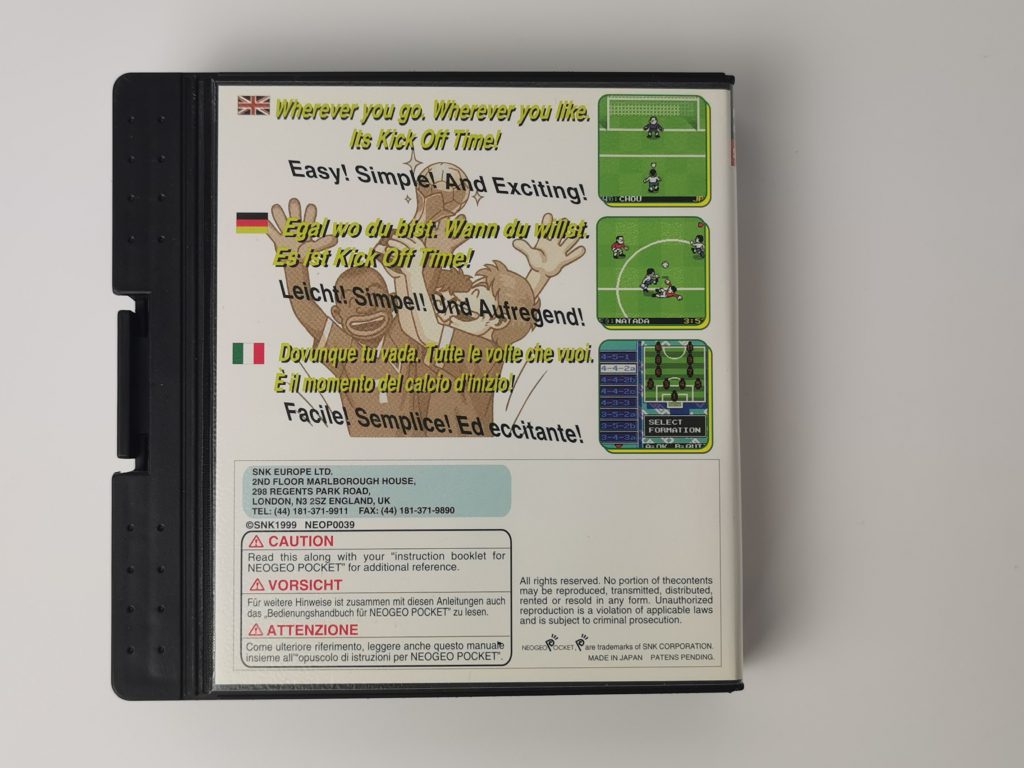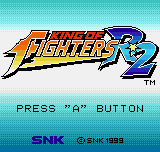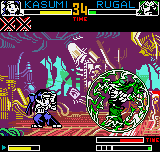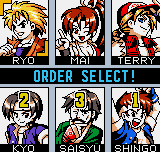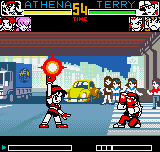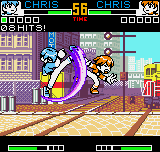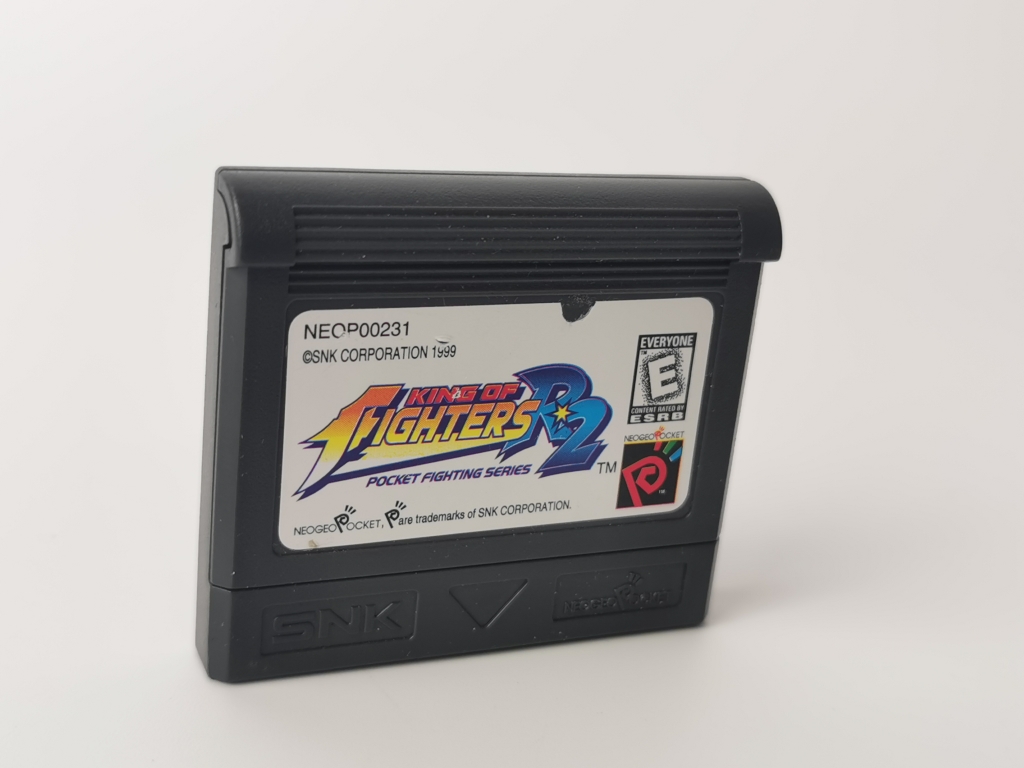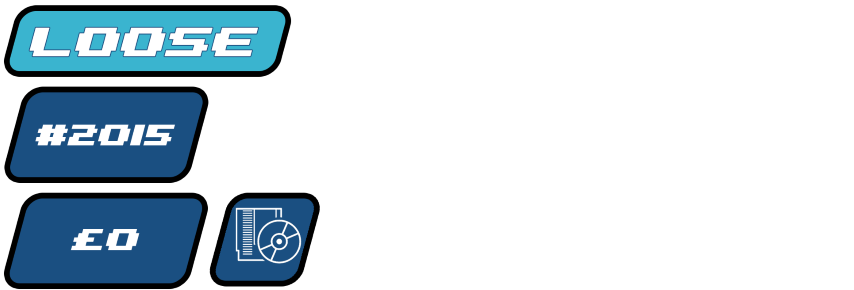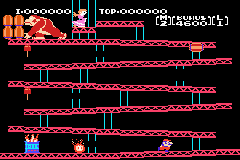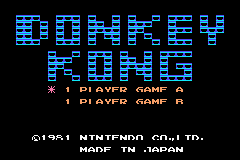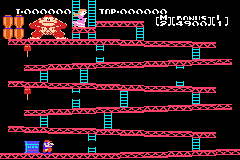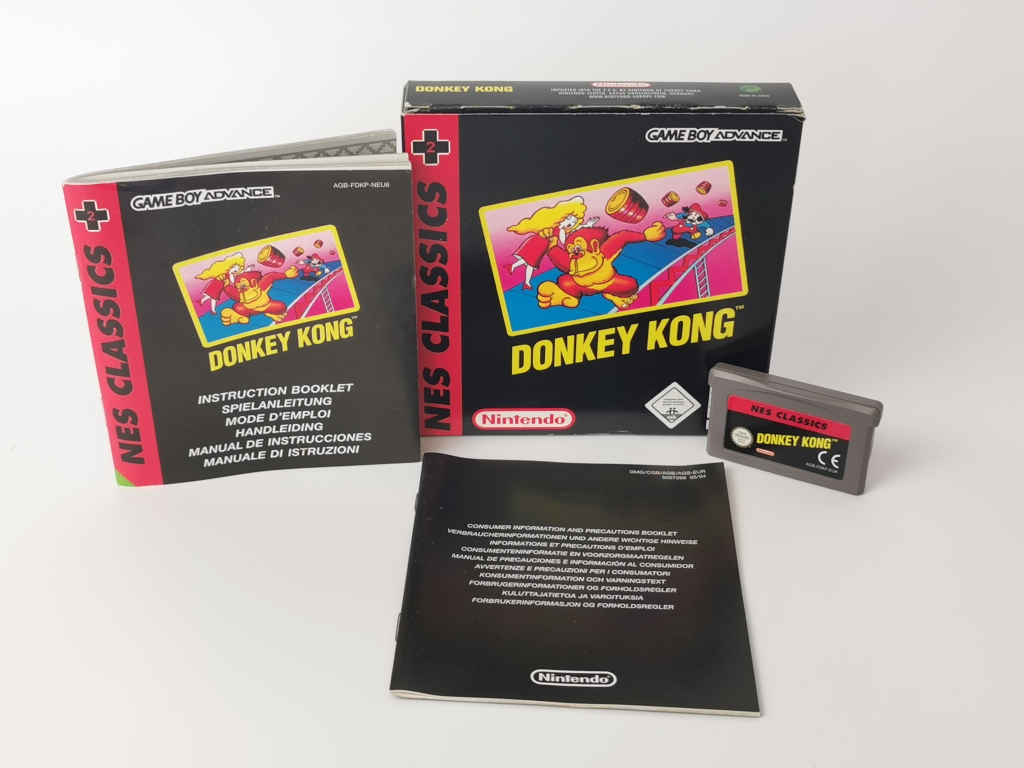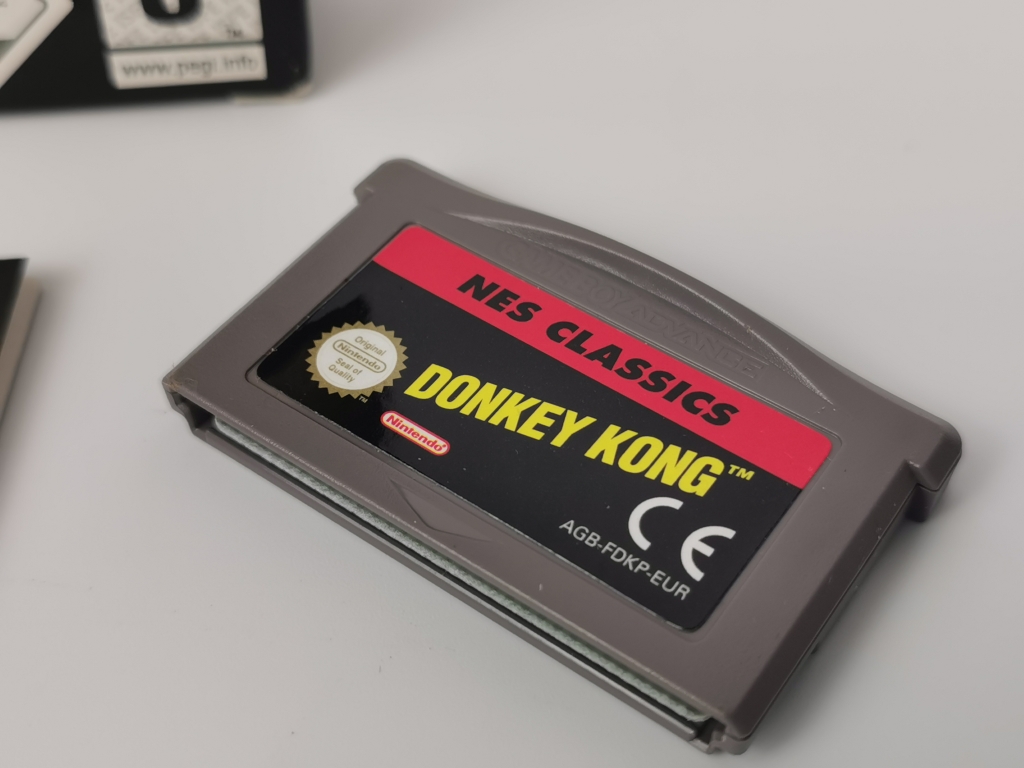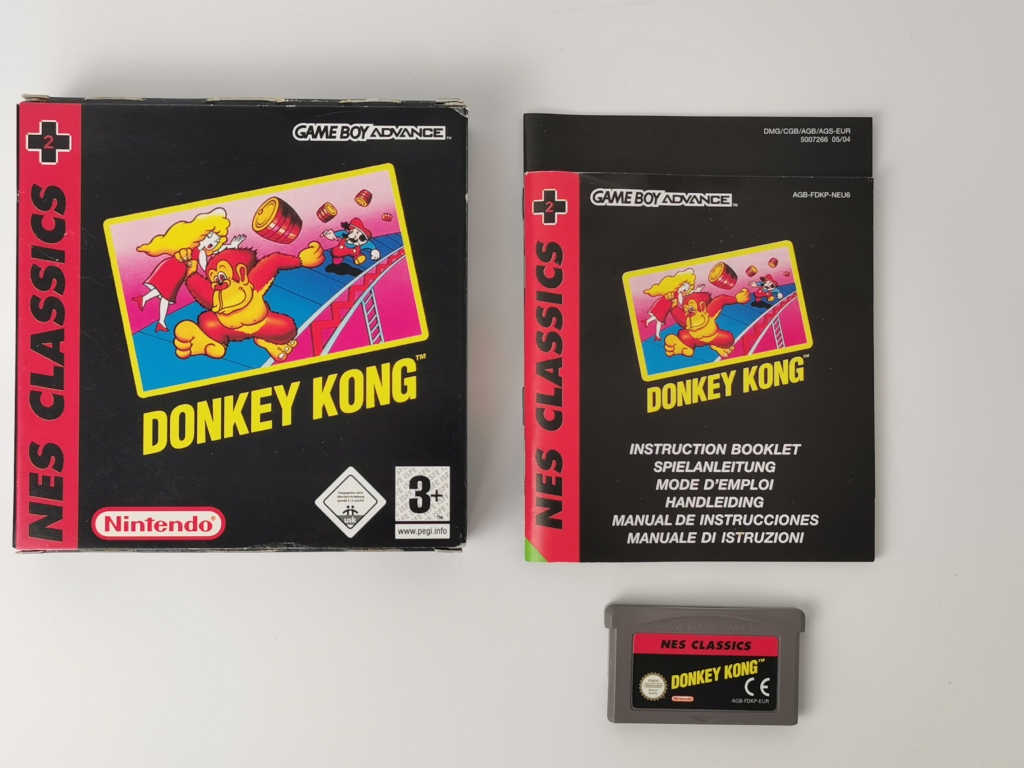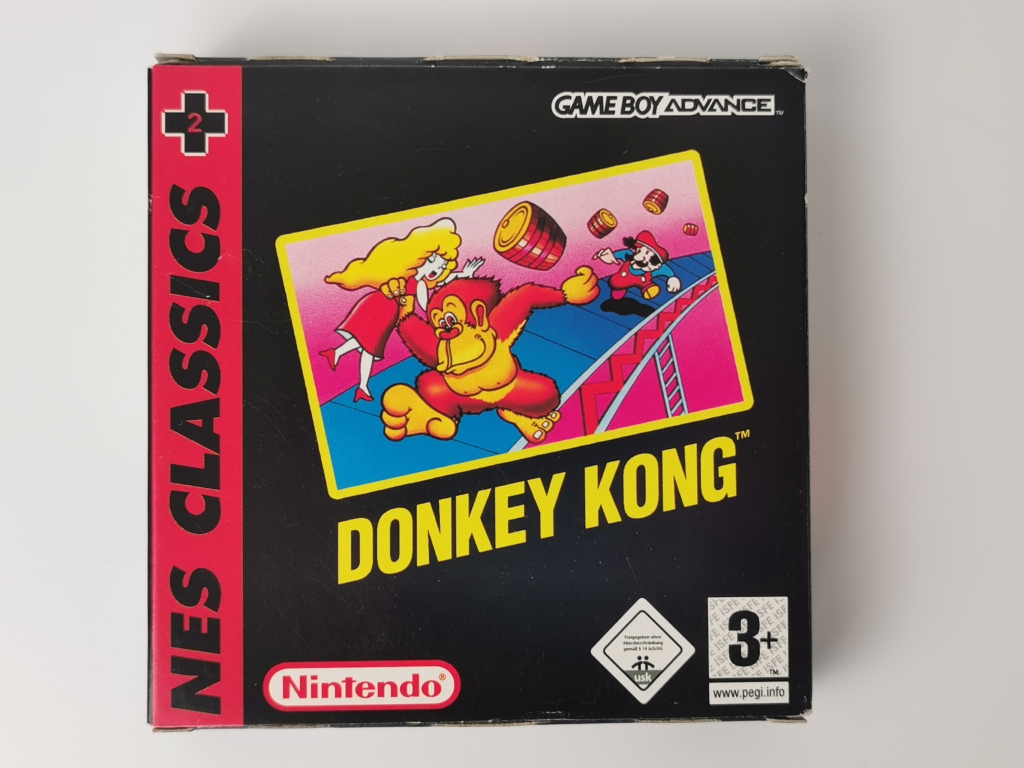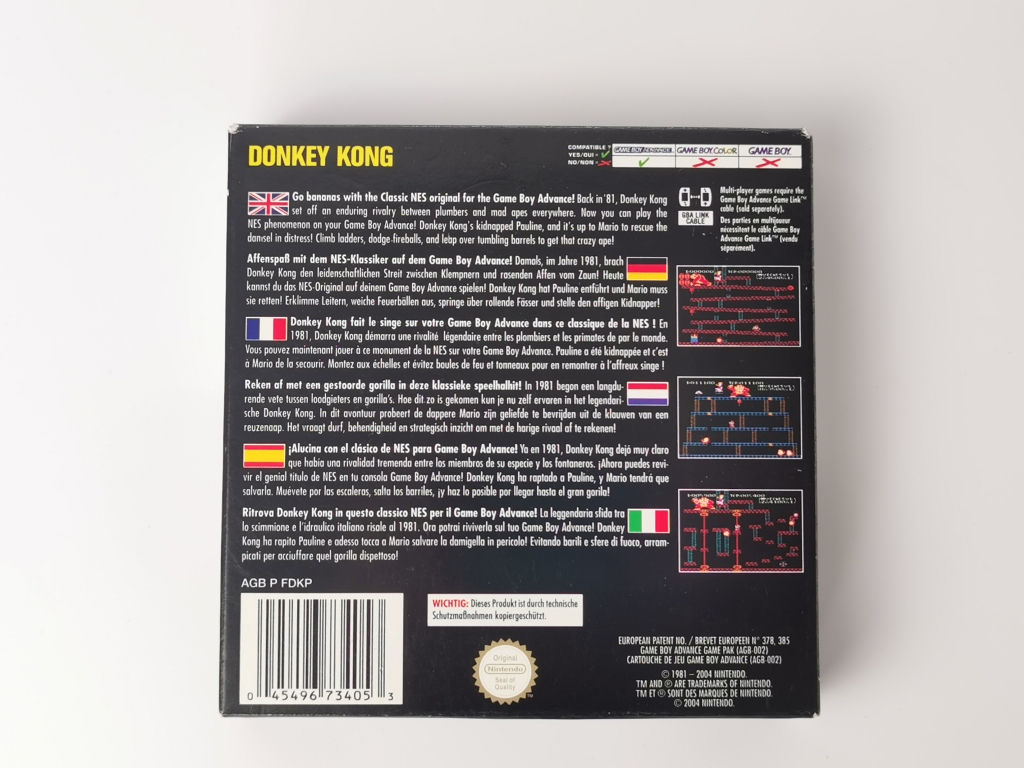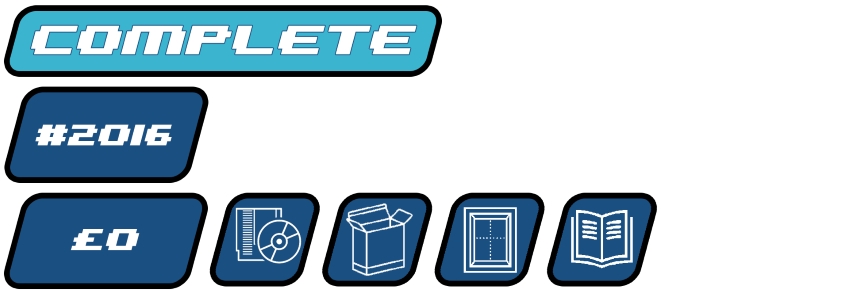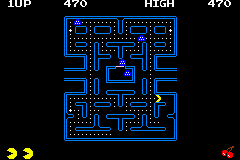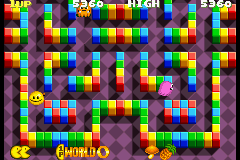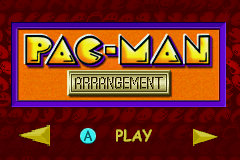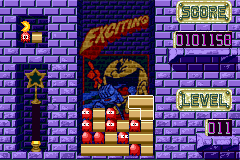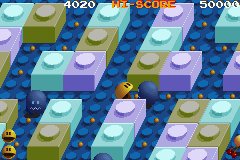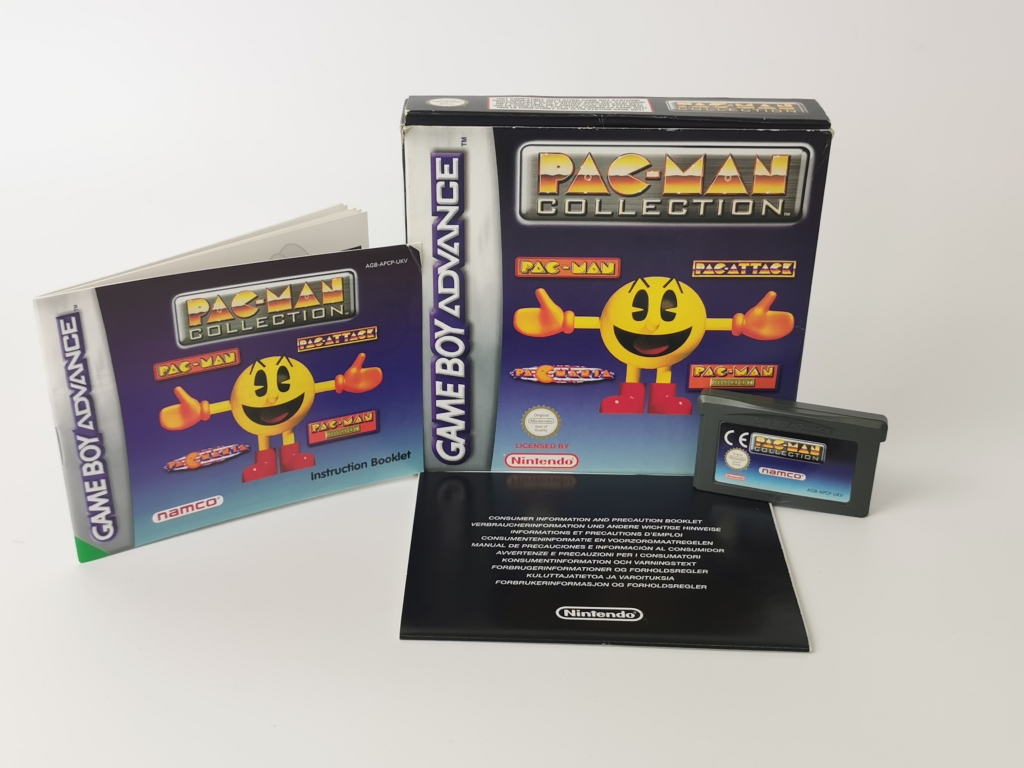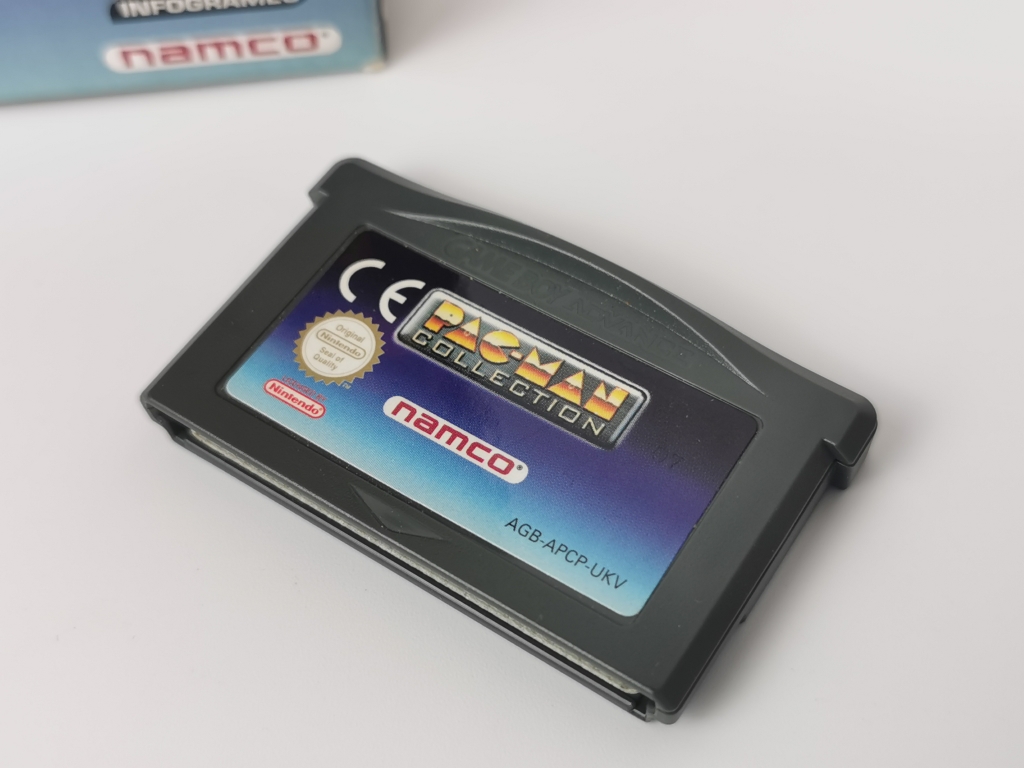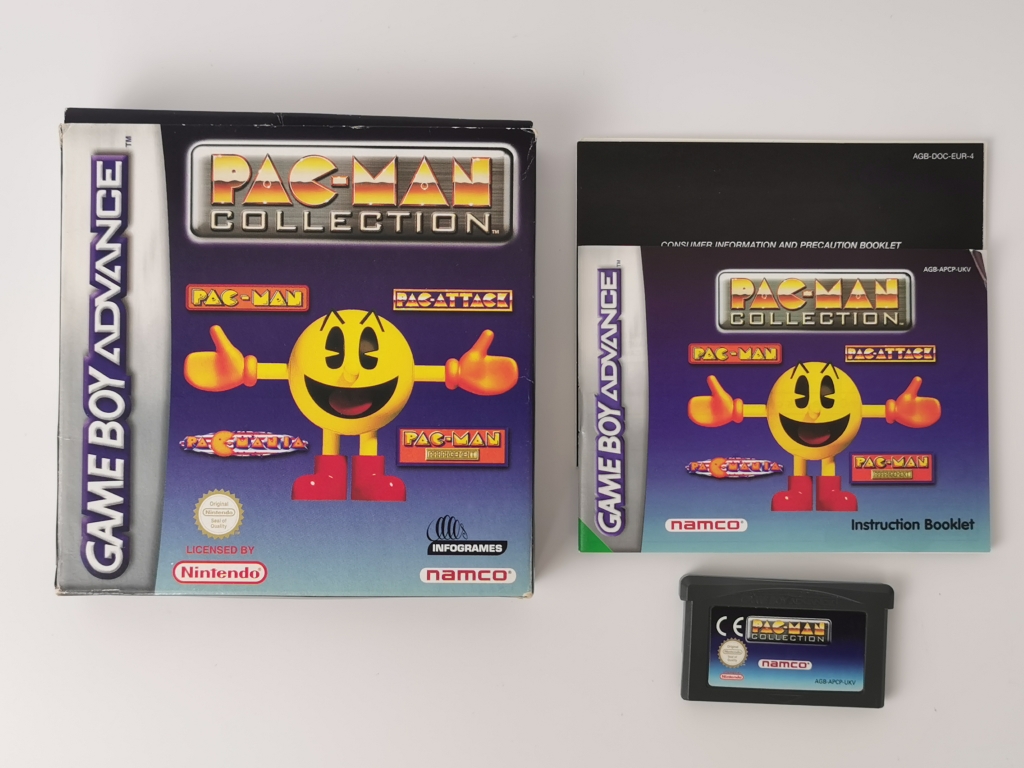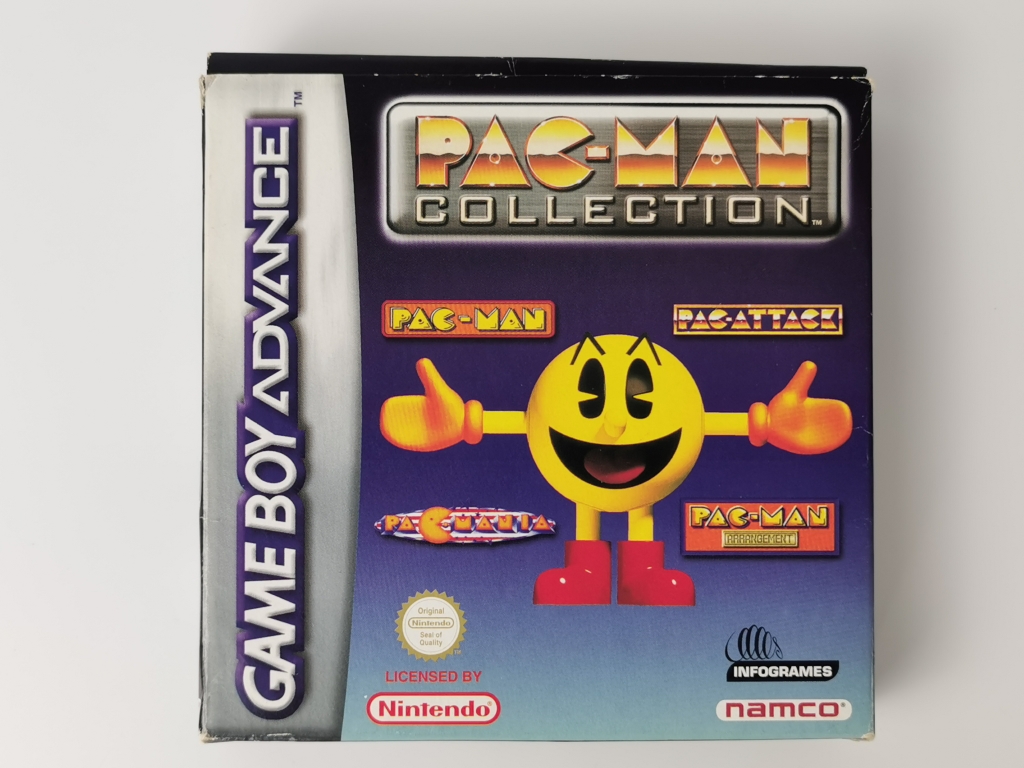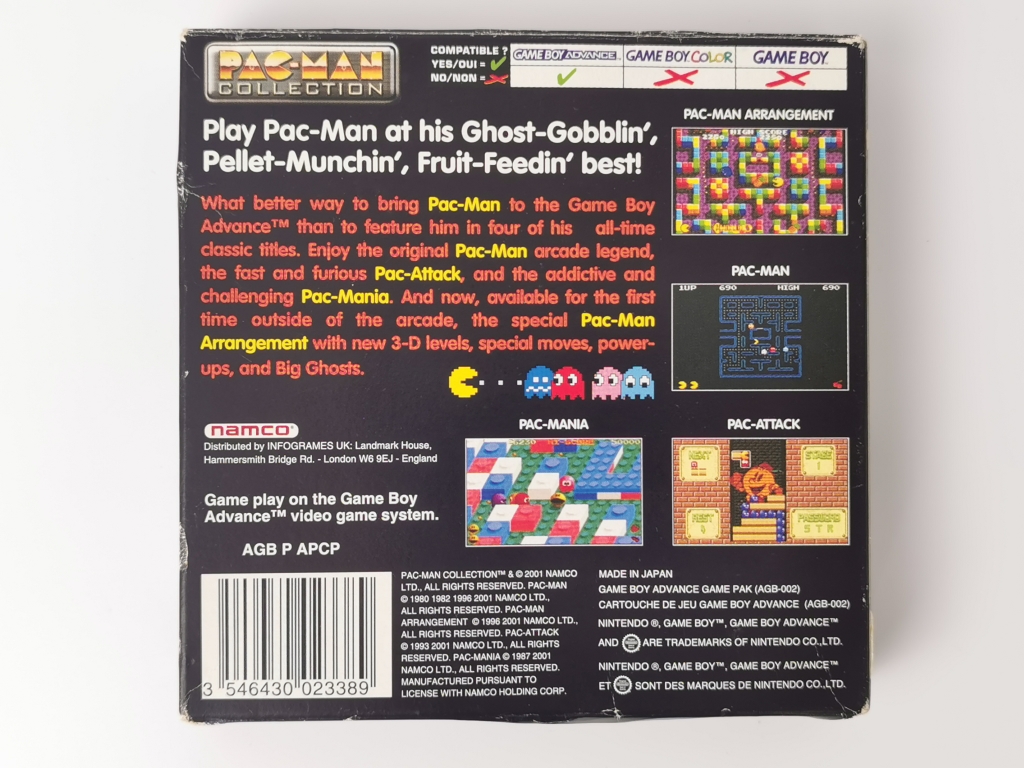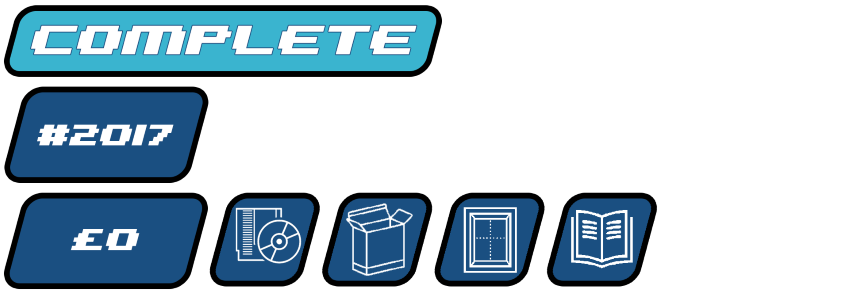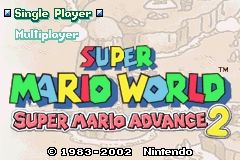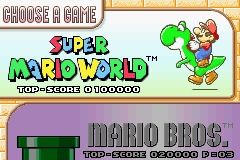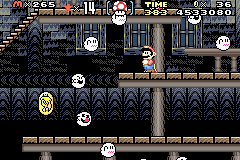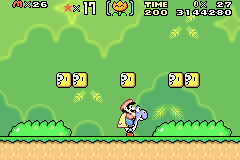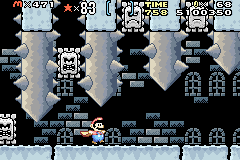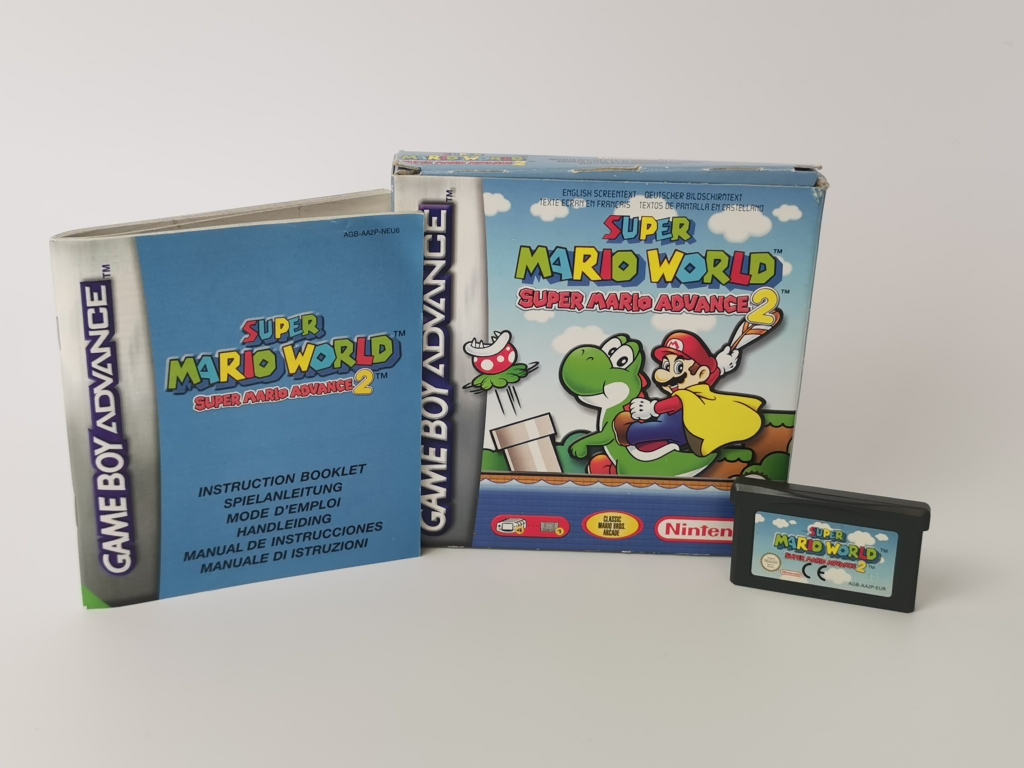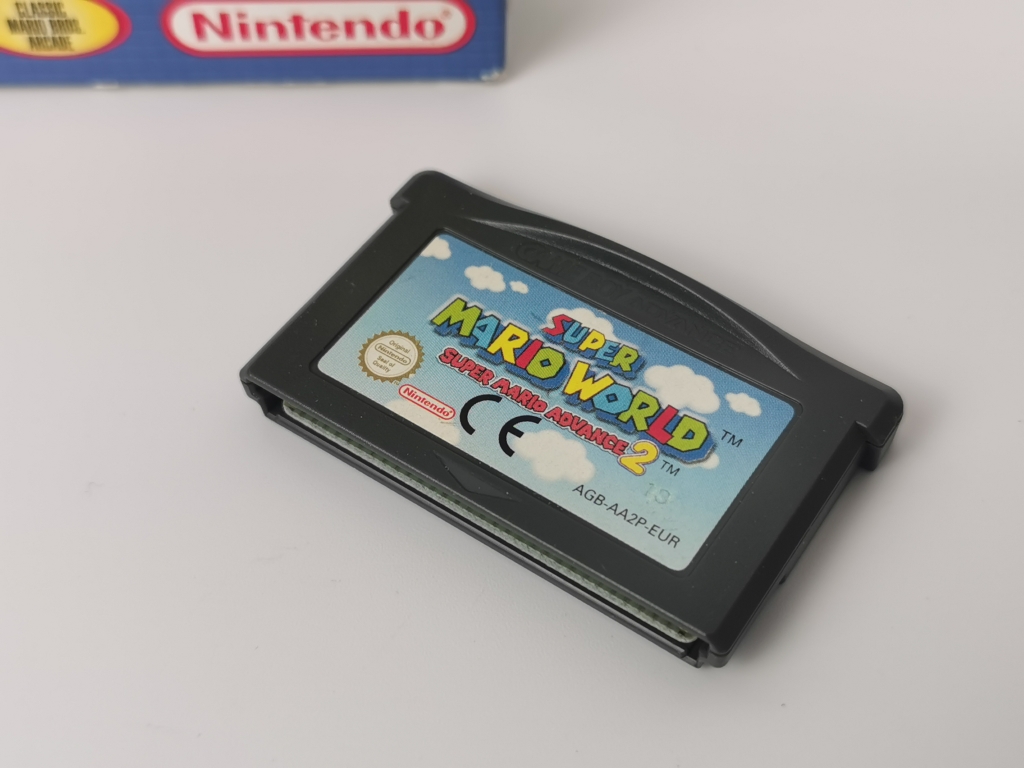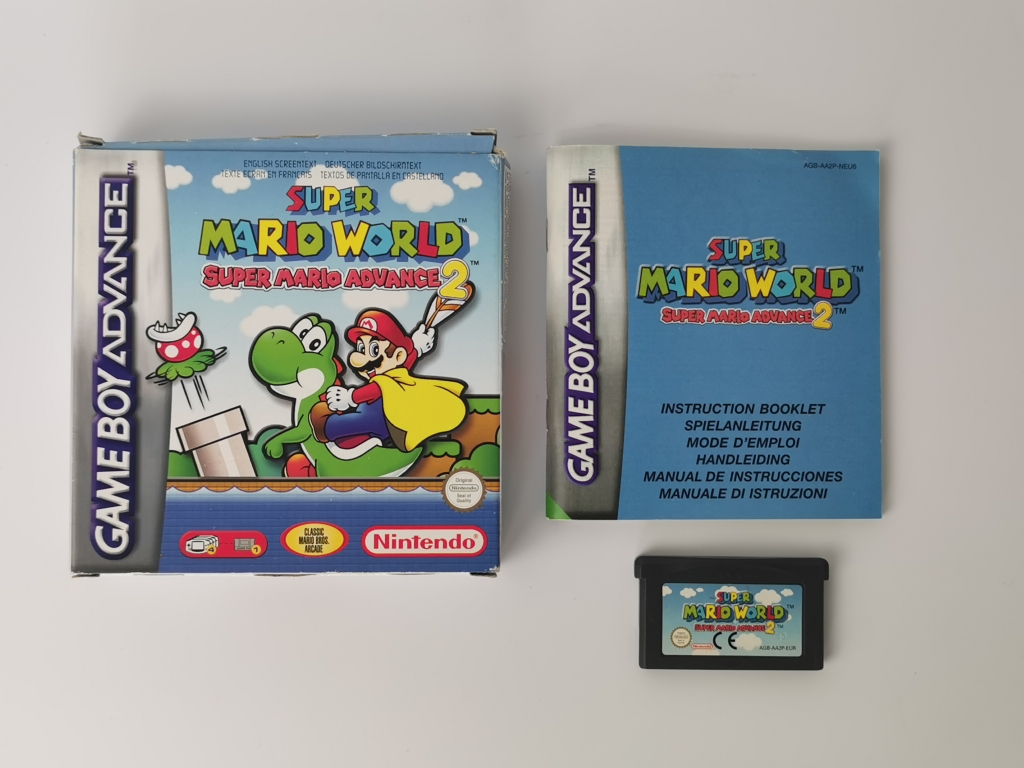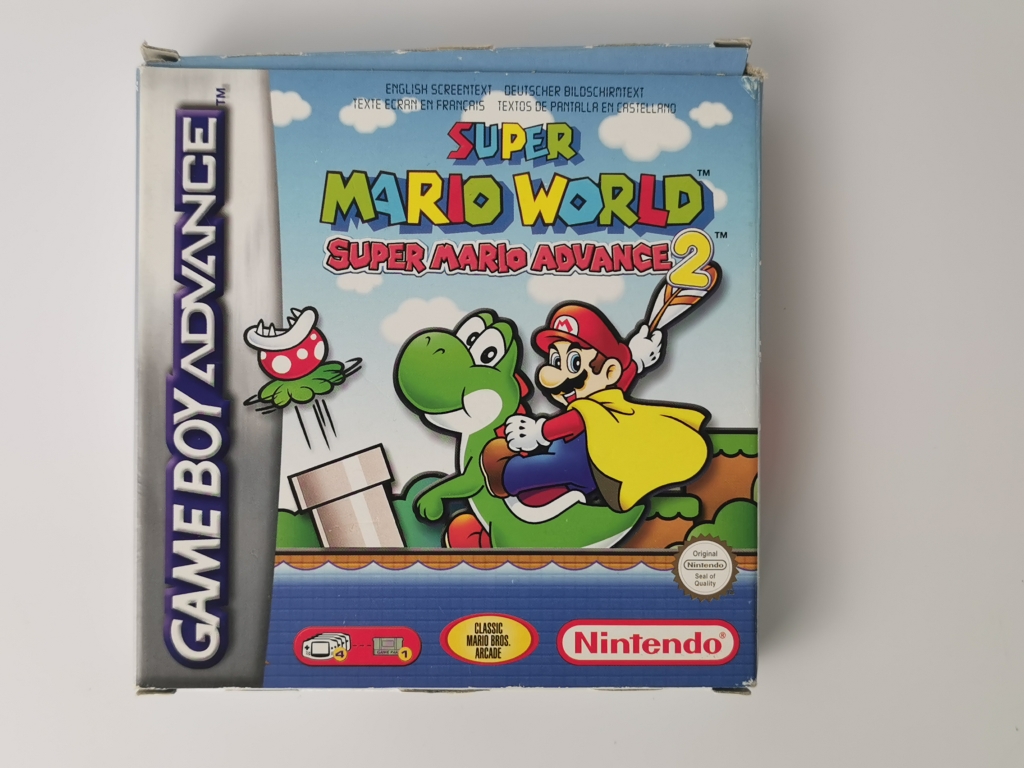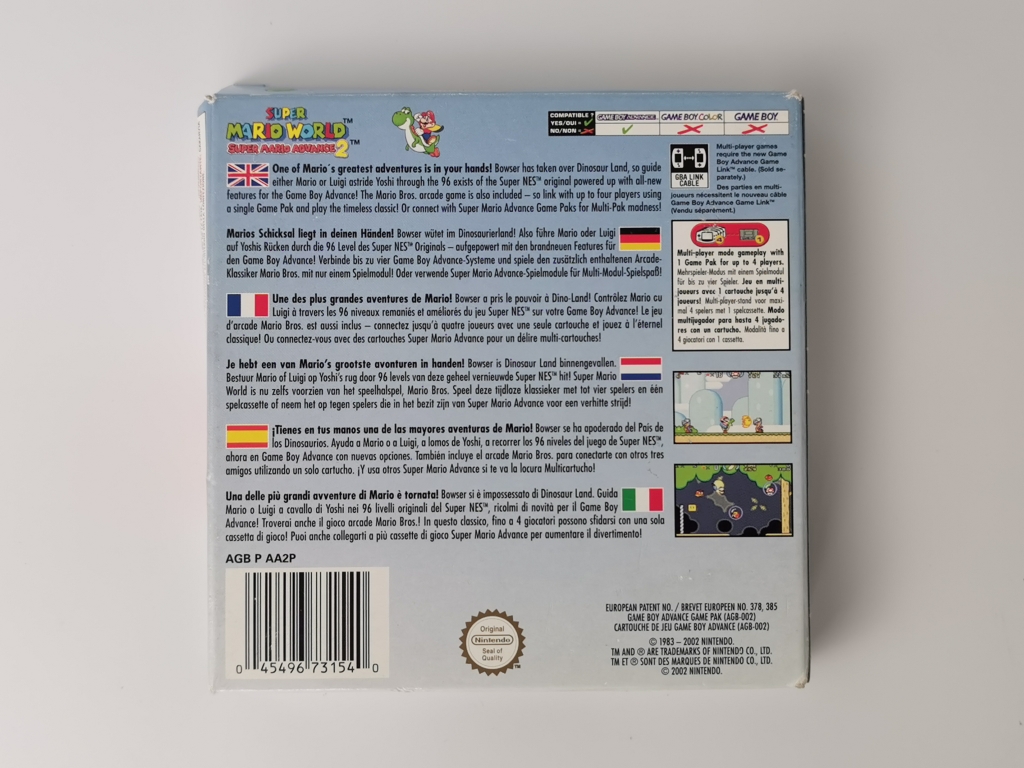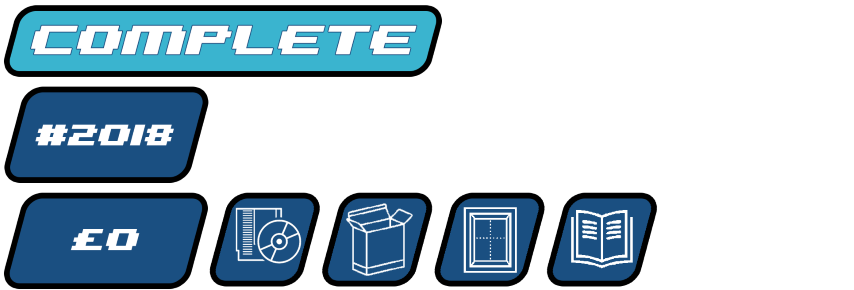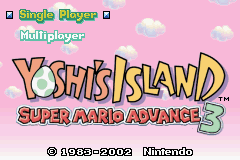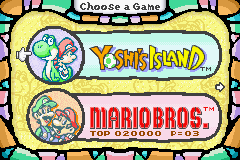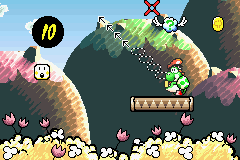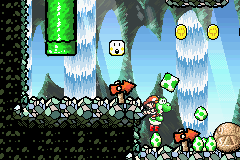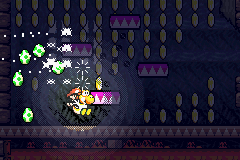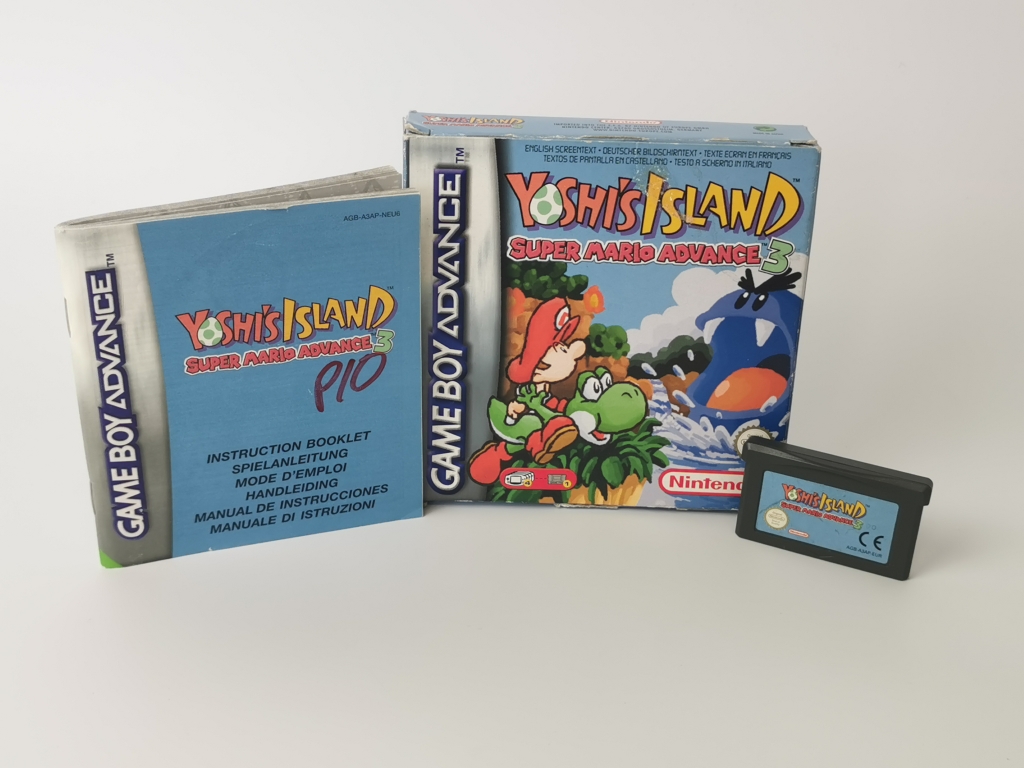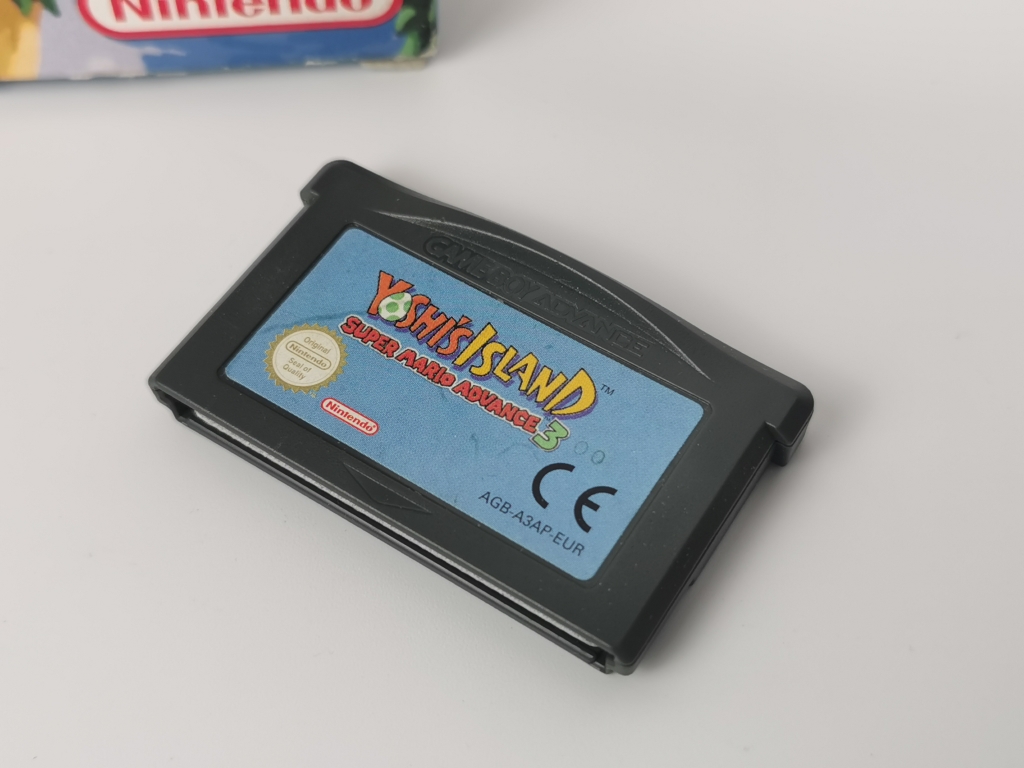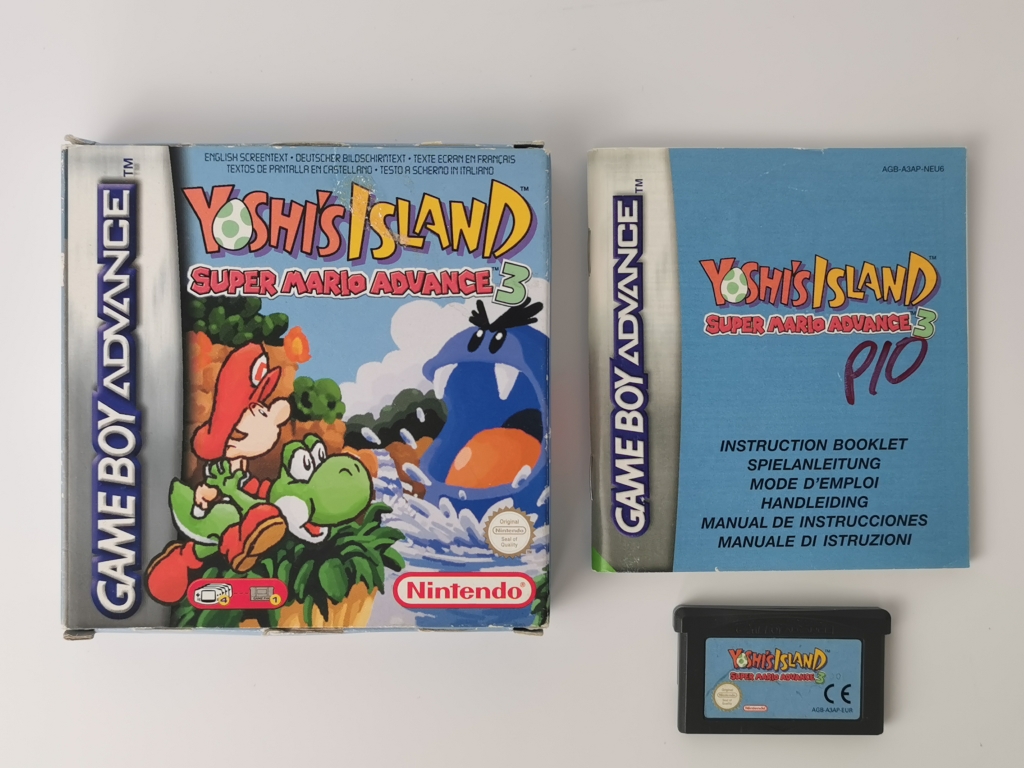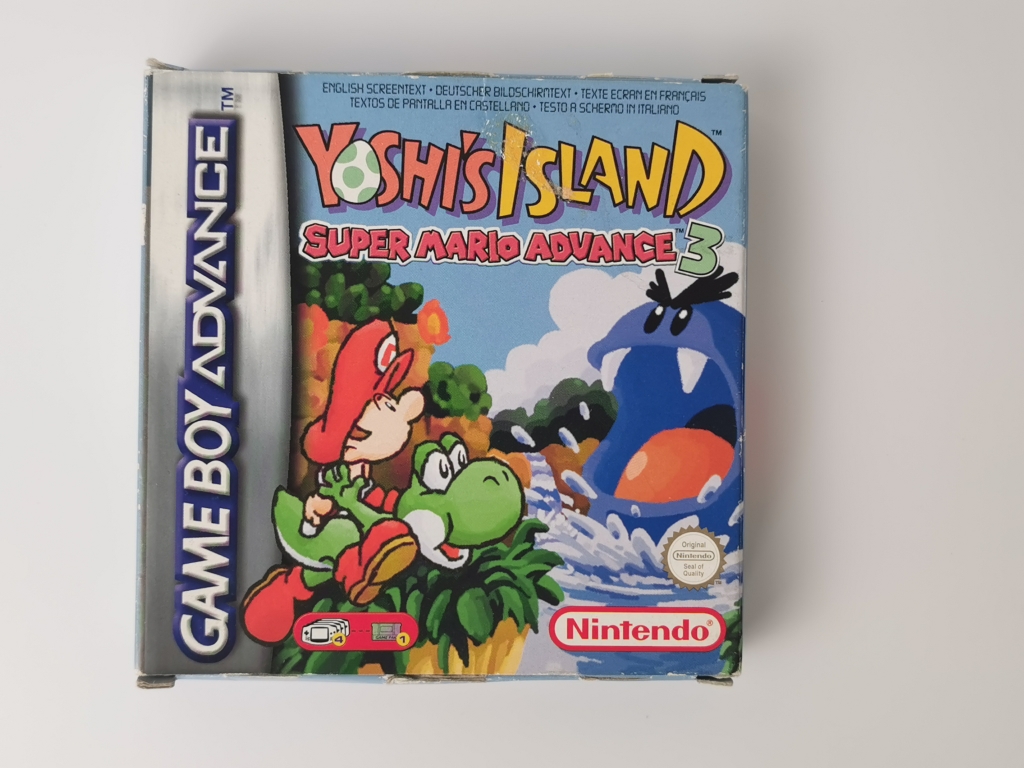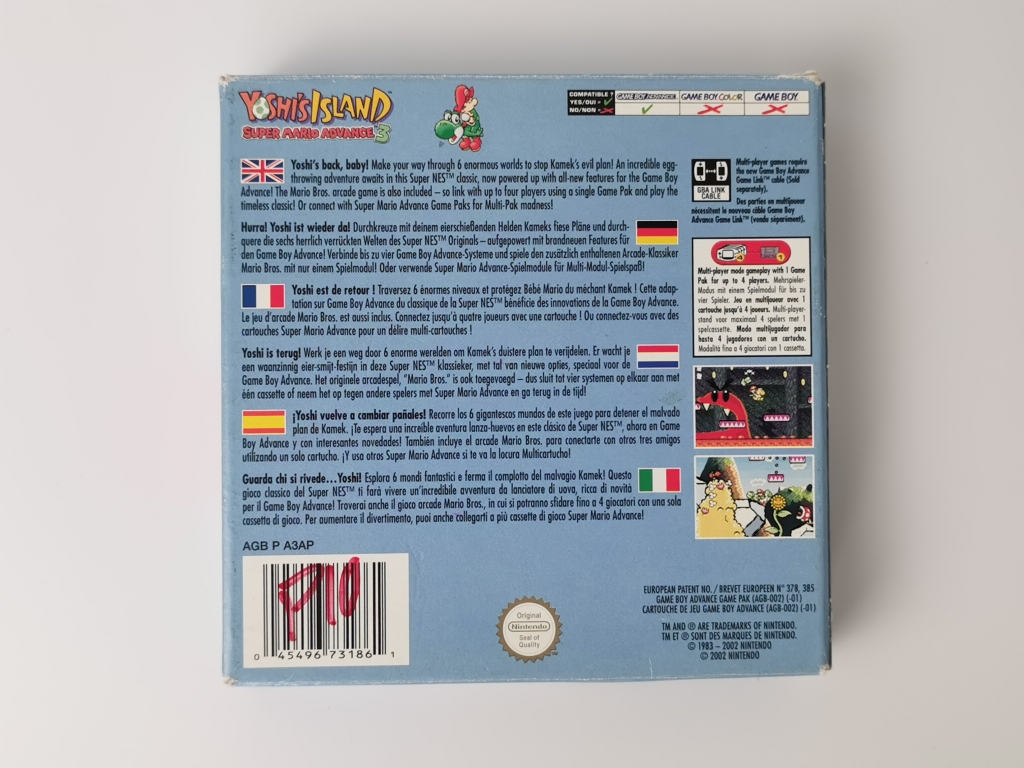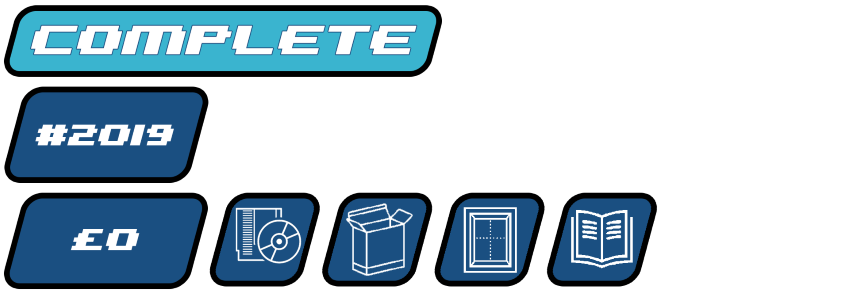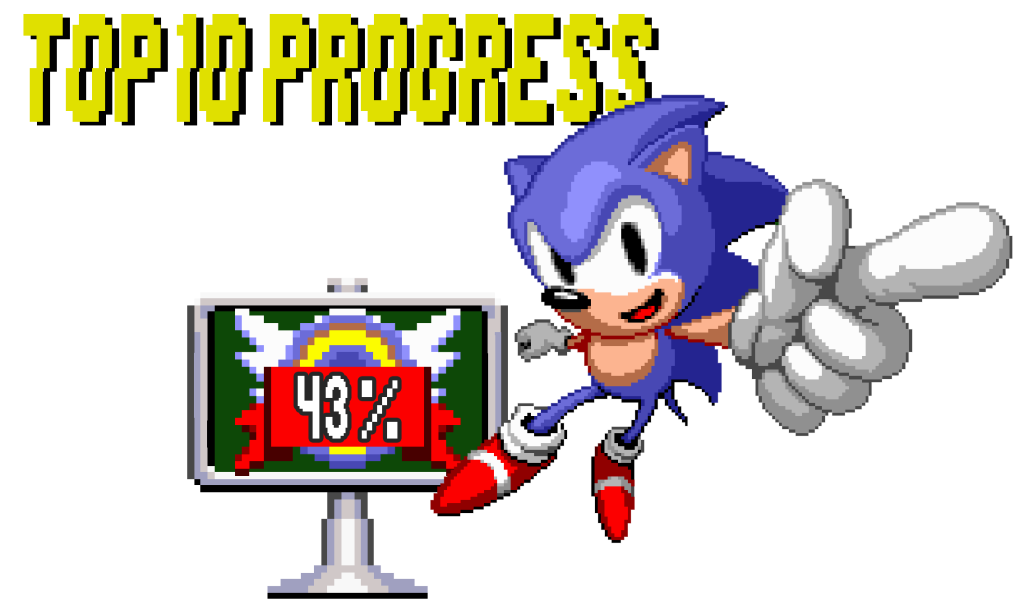It was recently my birthday (the big one) and my nearest and dearest gifted me all this fantastic stuff.
Paladone NES Coasters
Protect your tables and surfaces with these super-cool NES Cartridge Coasters. The perfect gift for gamers, these fantastic coasters are in the shape and style of classic NES games cartridges.
This pack contains 8 double-sided coasters that all feature designs of classic NES games, featuring Donkey Kong, The Legend of Zelda and more.
Retro Electro Mega Drive Model
The Retro Electro Official Sega Mega Drive Scale Model is a highly detailed, non-functioning, 1:2.3 scale model of the original console. It has movable switches and cartridge mechanism and comes complete with a stand, controller, replica retail box, info-card and Sonic The Hedgehog replica cartridge!
The Retro Electro Official SEGA Mega Drive 1:2.3 scale model measuring 12cm will look great on display. The model comes with a Sonic The Hedgehog cartridge, a controller and stand, a replica of the original retail box, an info-card made to look like the original manual and a display stand to place the console on. Where possible the switches and cartridge mechanisms also work and in the case of this SEGA Mega Drive, the power, volume and cartridge slot all move.
Sega Lock-On “Laser Tag” Game
The Sega Lock-On is a laser tag game developed by Sega and released in 1992. It was particularly popular in Hong Kong and South Korea. There were three versions of this system made, unofficially called Mark I, Mark II and Voice Command Lock-On. The Mark I and Mark II versions operated the same and differed in their overall appearance. Each system consists of a headset and a gun for each player, the aim being to shoot the opponent’s headset. The headset required one 9-Volt battery while the gun required two C batteries. The Mark II headset used four AAA batteries instead of the single 9V one. Each gun and headset was able to select between two teams, A and B. A gun set to team A could only hit a headset set to team B and vice versa. This way friendly fire was not possible.
The guns have a primary trigger which can be pressed once for a single shot or held for continuous fire, with an unlimited number of shots. A second trigger called the high power button is located on the left hand side of the gun and when pressed gives a quick tone indicating that a high powered shot is ready. If, within a few seconds, the main trigger is then pressed, a high power shot would be fired. This high power shot would take off three hit points from a headset, whereas a normal shot would take off one. When turned on, each headset would start at nine hit points and when shot would count down and display the remaining hit points. When they reached zero, the headset sounds a death tone and the player is tagged out.
There exists a way to perform target practice with a headset and gun. The user would activate the headset, and during the power-on process, would shoot at the headset from the gun. The headset would go dark and silent for a random period of time before beeping and lighting up, indicating a target to shoot. After a short interval, if the user didn’t shoot it, it would go dark. The process would then continue.
This is missing the lens for the eye piece, luckily these are not very expensive, so I will be on the lookout for another one.
Numskull Quarter Arcade – Galaga
Galaga is the second machine from Numskull’s Quarter Arcades. Like it’s predecessor, PAC-MAN, it stands at a respectable height of 430mm (17 inches) tall. This scale is perfectly suited for comfortable game play on it’s 5inch TFT screen. Galaga boasts an authentic wooden cabinet with plastic trims. High quality printed graphics and fully functioning control panel to play the original GALAGA arcade ROM released in 1980.
Features:
- Collectors quality; ¼ scale replica of the original Galaga arcade machine with LED back light marquee
- High quality arcade stick and push buttons made for durability and precision
- 100% accurate emulation running the original arcade rom
- Replica wooden shell and shape with exact replica colour scheme and detail
- Reverse air vents with wire mesh
- High quality imbedded decals showcasing iconic artwork
- On/Off rocker switch and 3-watt built in speaker with volume control
- Built in rechargeable lithium battery for portable use
- Micro USB powered for convenience
- Data cable included
This Galaga machine is roughly the same size as my Pac-Man countercade
Panic Bomber (JP) – Nintendo Virtual Boy (1995)
Panic Bomber is a Tetris-style game set in the Bomberman universe.
The aim is to form a chain of 3 identical blocks to make them disappear. This causes bombs (not lit) to drop in your play field. These can only explode if you can place a lit bomb (which drops regularly from the top of the screen) close enough.
Doing well at this will fill your opponent’s field with rubbish and make his life that much harder.
Blue Stinger – Sega Dreamcast (1999)
Blue Stinger is an action-adventure game in which players alternately take control of Eliot Ballade and Dogs Bower on Dinosaur Island after it is overrun by monsters. The game’s environments are all in 3D, with players exploring them to progress the story by unlocking new parts of the island complex. The Japanese version uses fixed third-person camera perspectives similar to the early Resident Evil series, while the Western version uses a third-person camera fixed behind the player character with an optional first-person mode. In addition to the main mission, there are optional side missions which can grant a new weapon or item. If the current character loses all health, the player reaches a game over and is sent back to the title screen to reload an earlier save.
Neo Geo Cup 98 Plus Color – Neo Geo Pocket Color (1999)
NeoGeo Cup ’98 Plus is a soccer game for the Neo Geo Pocket. The game features single match play, head-to-head play (using a link cable), and story mode. You can choose to play one of 16 international teams. Each team has their own collective stats. On the field you can perform passes, shots, dribbles, slidings and charges. In the story mode you have to win as many matches as possible in a series of tournaments. Before and during matches you can change the field formations and switch players. Each won match gives you prize money, this can be used to buy items for your team. These items usually improve one stat, but decrease another.
This is a revised version of Neo Geo Cup ’98 which adds a quick-start option for single matches and the two-player mode.
King Of Fighters R2 – Neo Geo Pocket Colour (1999)
Using again the Japanese “SD” (Super-Deformed) artwork style (now reworked), the KOF Series makes your debut in the new SNK’s colour handheld. The title brings the same gameplay characteristics present in its arcade/console counter-part The King of Fighters ’98, like the possibility of choose between two game modes (Advanced or Extra), an identical adaptation of the battle stages, the addition of “Advantage System” (directly related to the power gauges) and the chance to battle with a powered version of the “franchise boss”, Rugal Bernstein.
Unlike the previous game (The King of Fighters R-1), this sequence doesn’t have a defined storyline, but it’s implicit that Rugal is still alive and returns once again to try conquer the world and satisfy his evil ambitions.
This game forms part of my Top 10 Quest
NES Classics : Donkey Kong – Nintendo Game Boy Advance (2004)
Classic NES Series: Donkey Kong is a Game Boy Advance port of the classic Donkey Kong released for the Nintendo Entertainment System. Because it is a remake of the NES game instead of the arcade version, it does not contain the Pie Factory. The game was released in 2004 in all territories. The game features the alternating multiplayer mode of the original when the player uses the link cable. A special feature was added to save high scores, something the original did not do.
Pac-Man Collection – Nintendo Game Boy Advance (2001)
Four classic Pac-Man games are included in this collection from Namco:
Pac-Man: The original arcade classic, complete and un-cut.
Pac-Mania: A conversion of the 1987 update to Pac-Man, which takes the elements of the original arcade game and puts it into an isometric view, as well as adding the ability to jump.
Pac-Man Arrangement: Never re-produced outside of the arcade, Arrangement again uses the elements of the original Pac-Man and adds a fifth ghost, who can change shape and size when combined with the other 4 ghosts, and make life harder for Pac-Man. New power-ups are also included, like the ability to dash quickly around the screen, warp points to get from one place to the other and new ways of catching ghosts.
Pac-Attack: Like Tetris before it, you must fit falling blocks together to complete a line to clear the screen. In this case, the falling tiles also have ghosts in them, and once the Pac-Man tile appears (a tile with the Pac-Man symbol), Pac-Man will eat all of the ghosts that are in his path until he gets to a dead end.
This game forms part of my Top 10 Quest
Super Mario World: Super Mario Advance 2 – Nintendo Game Boy Advance (2002)
Mario and his brother Luigi are back for this second Super Mario Advance title: the first being a remake of Super Mario Bros. 2. The brothers, along with Princess Peach, are vacationing in Dinosaur Island. Then when they least expect it, Bowser once again kidnaps Peach and takes her to his castle. On the way to rescue her, the plumbers find Yoshi, who tells them that Bowser has also turned his friends into eggs. So the Mario brothers, with the help of Yoshi, must rescue the princess and Yoshi’s pals.
Mario and Luigi can run and jump through each level. They can also collect power-ups to gain new skills. The Super Mushroom makes them grow and gain more defense. The Fire Flower lets the brothers throw fireballs to defeat enemies. The Starman makes them invincible. The plumbers can gain the ability of flight with the Cape Feather.
Yoshi can help Mario and Luigi if they find an egg. The green dinosaur can use his tongue to eat enemies or grab power-ups. He can walk across certain enemies with his shoes. Yoshi can eat differently colored Koopa shells to briefly gain more abilities. For instance, the blue shell gives him wings, red shells let him spit fireballs, and the yellow shell allows him to stomp the ground.
This update over the original Super Nintendo version adds characters’ speech (as heard in Super Mario games since Super Mario 64). Up to four players can compete in a modernised version of the classic Mario Bros. game, included as an extra to the main game.
This game forms part of my Top 10 Quest
Yoshi’s Island: Super Mario Advance 3 – Nintendo Game Boy Advance (2002)
Yoshi’s Island: Super Mario Advance 3 is a conversion of Super Mario World 2: Yoshi’s Island, which stars the dinosaur Yoshi as the main character. It includes six secret levels not found in its SNES counterpart. Following the same style in general as other Mario games, this is a platform game which involves you trying to get to the end of the levels while keeping Baby Mario safe from enemies.
This game contains Mario Bros., which is also available on Super Mario Advance and Super Mario World: Super Mario Advance 2.
This game forms part of my Top 10 Quest

